Fashion Manufacture Process; Budgeting for Samples Video
Wondering about the sampling process and whether you need to budget for clothing samples from factories? Watch this video to find out….
Recently, I was asked about the sample development process and specifically if you as a fashion brand have to pay suppliers for samples of their products. In this video. I want to answer that question for you because it's really important one, as many people, rightly so, want to get samples from multiple vendors so they can check quality before going ahead with production.
Let's Chat! And take your brand to the next level. Get in touch to arrange your free enquiry call here; https://thefashionbusinesscoach.com/contact
And you can find more free content on The Fashion Business Coach Blog, here; https://thefashionbusinesscoach.com/studioblog
Thanks for watching!
I hate spam too - if you sign up to this email list, your details won't be sold or leased to anyone else. I will email you from time to time with helpful content and occasional offers, which you can unsubscribe from at any time.
Biggest Challenge Fashion Start-ups Face when Manufacturing Products Video
In this video I share the biggest fashion manufacture challenge small brands face….
Fashion Businesses (especially new ones) face manufacturing challenges every day and it’s important to not only deal with them as they arise but also prepare for them as much as possible. But what is the biggest challenge you can face? Don't worry; I'm here to help you! Watch this video and by the end of it you'll understand everything.
The details of my free 100 Must Know Fashion Business Terms Ebook can be found here; https://thefashionbusinesscoach.com/freeglossary
Keen to get even more support for your fashion business? Get in touch with me here; https://thefashionbusinesscoach.com/contact
Thanks for watching!
I hate spam too - if you sign up to this email list, your details won't be sold or leased to anyone else. I will email you from time to time with helpful content and occasional offers, which you can unsubscribe from at any time.
How to Use Instagram Reels for Fashion Marketing
In this video I share 5 tips that can help you to grow an audience for your fashion brand using Instagram Reels….
Instagram Reels is here! And I've been seeing some great results from brands using this feature - my own included. In this video I share 5 tips that can help you to grow an audience for your fashion brand using Instagram Reels.
{Update} Grab my new Easy Reels Ebook, register free here;
I hate spam too - if you sign up to this email list, your details won't be sold or leased to anyone else. I will email you from time to time with helpful content and occasional offers, which you can unsubscribe from at any time.
Marketing for Crowdfunding - Interview with Danielle Towner
Danielle and I chatted about crowdfunding and how you can make the most of your campaign through strategic marketing…
I recently had the pleasure of chatting with Danielle Towner and wanted to share some highlights from our chat, as I think they’ll be relevant to a lot of people who want to start or grow their fashion brand using the preselling method. If you’re not familiar with the preselling method, this is one of my favourite ways to launch a fashion brand as it helps you to fund your production and get valuable data on your customer’s preferences. Danielle and I spoke about using crowdfunding as method for launching a business and how to market your brand on social media. As owner of Dream Work Creatives, LLC, Danielle has the opportunity to use her gifts of business development and creative expression. She has a passion for helping solo entrepreneurs and small businesses make their dreams work through marketing and creative strategy. Danielle’s digital marketing services have helped countless businesses build their brand awareness and online presence using social media marketing, website design and content marketing.
Crowdfunding vs Bank Loans and Investors
(Vicki Wallis) You’ve used the crowdfunding method yourself, do you prefer it to working with investors or bank loans or something like that?
(Danielle Towner) Well at the time, I decided to use crowd funding to pivot that into what I have now. But when I first started, I was young. And, if you know anything about business credit, sometimes maybe you don't have that established business and lenders are less likely to work with you. So that's one of the reasons that I decided to take that (crowdfunding) route.
As far as if I prefer crowdfunding over pitching to investors, I would say, absolutely. Now you have to do what works for you, but I kind of compare it to like, your business is your baby. Right? So, looking at an investor is like that kind of nagging mother-in-law who, you know, she means well, and she wants to help to take care of and nurture your baby. But sometimes she may take it a little too far and you know, just overstep her boundaries. Now that's not the case in every situation, but sometimes you want to think about how much of the company they want to retain ownership. Okay. And how much creative control and how much of a voice that you want to maintain within your company, whether you're owner of the company or partner, you want to think about those.
Danielle Towner
Put in the Work
(VW) And I guess one of the differences between this sort of investors and then doing the crowdfunding method, when you're selling to customers you have got to do a lot more marketing up front. What would you say to people that have this impression of, oh, I've just got this product I'm just going to put it on Kickstarter and it's going to sell amazing and just leave it. There's obviously a lot of other steps in between. So what do you think is the main thing people don't really realise about a crowdfunding campaign?
(DT) Well, you have to do the work. It's just like any other part of your business. You have to put in that work. And the crowdfunding platform is there to help. So once you put your product out there on the platform, you need to be promoting it everywhere and digital marketing is a huge core of every business right now. You need to think outside of the digital part too. I sent out messages. I reached out to people. I promoted it on social media. I made my calls. Do it consistently and put it in front of people more than once, because they may not have seen it. They may have gone through their day and forgotten about what you told them. You need to follow up. Like, don't feel like you're pestering them until they tell you, you are.
(VW) That's such a common fear. People think that you're pestering them in some way. But the reality is you see everything that you do. Like every post that you write, every email you send, you read it, it's unlikely that a customer or potential customer is actually going to see, you know, even half of what you do.
(DT) Right. Exactly. And like I said, they will tell you, you know, if you're bothering them. Otherwise until they give you a no, or they “say leave me alone”, continue marketing until your campaign is done. Think more about what your goal is and how you're going to help.
Which Platform to Use?
(VW) Do you think there's a particular platform that is especially good for promoting these kinds of campaigns? Or is it a case of the more places you can be the better?
(DT) Well, I wouldn't say the more the better. I would think concentrate on maybe two of your strongest and then the others be secondary. Like definitely put it out there, but go really hard on those two that are your strongest platforms. Now, if you've already been promoting your product or if you've already been promoting on social media, you should easily be able to tell by looking at your analytics who's engaging. And other than that, I would say look at your audience. For instance, LinkedIn, you know that a lot of these are professionals on that platform. So there may be other businesses who wants to invest in another business and they can relate to that. So that may be a good one. Put in the work because it takes a lot to build that engagement.
If you're, you know, wanting something with video, you might want to look at TikTok. It’s fun and engaging for certain age groups and it may be something that you can create a very different creative campaign and use video for that. Instagram would be another good one because you can reach out to different people other than your followers. Even if you have a small following, you can get more engagement and more people learning about your campaign.
(VW) They’re the first ones to look at. Where most of your engagement is, it’s going to be really dependent on your particular niche.
Marketing in Advance
(VW) Is marketing something that you think we need to be doing quite far in advance for a presale or crowdfunding campaign? I have people ask me like, oh, I want to launch this brand in like two months, which it scares me a little bit because I feel that it takes a lot longer than that. As a professional marketer, can you get campaigns together that quickly or would you rather do it much further in advance?
(DT) Well, when I did my campaign, mine was in about a month. But if I, you know, looking at it as a learning period I’d say don’t create your product in silence and then start talking about it when you’re ready to launch. If I could go back, I would have definitely spent much more time. If you’re even just thinking about crowdsourcing as a funding source or pre-selling definitely taking more time to get people interested in your products and spend time building that audience and walk them through the process of what you’re working on so you already have supporters when it's time to launch.
(VW) I think the more momentum you can build over time, sometimes it can really help and yeah. Correct me if I'm wrong, but would you say the higher the price point of the product, maybe the longer in advance you need to do it so that there is that time to build the know like and trust factor?
(DT) Absolutely. Absolutely. The higher, the price point, the more risk people feel that they’re taking. And the more information that you want them to have. And like you said, building that momentum over time, I'm putting the information in front of them more than once and just building that trust factor and letting them know that you're going to be around.
Make a Plan
(VW) You've shared some amazing tips, thank you! Is there anything else that’s important for marketing that we’ve missed?
(DT) I can’t think of anything. We’ve touched on a lot of things! Just make sure that you take the time and carefully plan everything out. I know that there may be an urgent need to get to the next place in your business, but everything works better with a plan. Even if it doesn’t all go as planned, you have something to go back to and say, these are my goals and this is where I am.
(VW) So important. I must admit when I started my first business, about 10 years ago now I was just too excited and I dived right in and it was just such a bad thing to do. I was all over the place. So yeah, goal setting is really important and yeah even if you don't reach that particular goal, at least you have some direction for the months ahead.
So for people that are a little bit daunted about marketing and want to get some outside help from someone like yourself, where can they find you and what kind of things can you help them with?
(DT) Well, I can definitely help you with putting together a creative campaign or your crowdfunding or setting everything up online. Like I said, my specialties are website design, and then the marketing services, content marketing, social media marketing and copywriting. When you reach out to me, I have a free consultation that we can talk about and see what you need.
Thank you so much to Danielle for taking part in this interview, I really appreciate it! If you’d like Danielle to help you with any of the topics she’s talked about, you can find her here;
Website - https://dreamworkcreatives.com
Instagram - https://instagram.com/dreamworkcreatives
Facebook - https://facebook.com./dreamworkcreatives
Pinterest - https://pinterest.com/dreamworkcreatives
Starting a Sustainable Fashion Label; 5 Things You Need To Know Video
When launching a sustainable clothing line, there's 5 common misconceptions that I hear time and time again. Learn the reality behind sustainable fashion in this free video…..
Keen to start a sustainable fashion brand? I’m glad to hear it, I’ve been passionate about sustainability for decades (yes, I’m getting old!!) and over the last 4 years with The Fashion Business Coach have helped a lot of sustainable clothing brands, my own included, launch and scale successfully. There’s a lot of misconceptions I hear about sustainable fashion and it’s hardly surprising given some of the inaccurate information I see out there. So I’ve made this free video to set the record straight and uncover the reality behind eco-friendly clothing.
If you like this video I have more {free} resources that you might like, click below to learn more;
100 Must Know Fashion Industry Terms Ebook
How to Start a Sustainable Fashion Brand Blog Post
Follow along and learn when the next video is live by subscribing to the mailing list below.
I hate spam too - if you sign up to this email list, your details won't be sold or leased to anyone else. I will email you from time to time with helpful content and occasional offers, which you can unsubscribe from at any time.
How to Get Money for Your Startup Fashion Brand (without getting a loan)
Want to start a fashion brand from scratch but don’t have much money? Learn how to fund your fashion startup in this post….
I speak to lots of people who want to start a fashion brand, but don’t have a ton of money to do it. And I get it! I was exactly the same when I started both of my fashion brands. The good news is that I believe anyone can start a fashion business if they are willing to put in the effort. It’s true, you’ll still need money though so in this post I wanted to share with you my 2 favourite ways of funding your fashion business. Personally I don’t believe in taking out loans or credit, or getting investors, so we won’t be going into that. If you’re interested in how I started my fashion brand with just a few hundred in the bank, you can read the related post on that by clicking here.
Working on the side
Before I get into my 2 favourite methods, I will acknowledge that having a paid job and using that to live off and/or fund early stages of the brand is ideal for a lot of people. My 2 favourite ways to fund your business have more advantages than putting in your own cash, in my opinion, but having a job can be ideal for supporting yourself financially until you’re up, running and making a profit that you can pay your salary from.
The Quick Launch Method
I’m sure there’s probably a fancier name for this option, but I like to call it the quick launch method, because there’s nothing like it when it comes to starting your business on a budget, and fast too! This method involves;
Customising existing product so that you can have it available for sale in less than a month, rather than waiting for months or years like traditional manufacturing methods.
Only manufacturing products when you make a sale, so you don’t need to order stock in advance. This is ideal for reducing the risk of the business vs traditional manufacturing methods and reducing the costs too as there’s no upfront production costs.
The drawback with this method is that you have to customise the products that suppliers have already, so you can’t create 100% custom product, but this method can be a great way to fund your own design development and production. Some of my clients use this method alongside their custom-designed items so they can offer more variety to their audience. This is the method that I started my second fashion business with too!
I have a free ebook and training series on this method which you can join below if you’d like;
Pre-Selling
In some ways, the basic principles of this method are similar to the Quick Launch Method in that the idea is that you get customers to buy in advance and use the sales money to fund the production. Where it’s different is that instead of using customised product, you’re developing fully custom designs that are unique to you. In this method you;
Create your own designs, make the tech packs and samples, this is why this method is more expensive than the Quick Launch, because there’s development costs associated with this process.
When you’ve got a manufacturer, confirmed timeline and price you can advertise the products for sale and let customers know the date they’ll receive them.
There’s a ton of different options here with specifically what you do, for example you might work small scale (like I did with my first fashion business), or you might partner with a large scale factory to produce thousands of units.
There’s also options in terms of who you sell to, for instance, this could be direct to customers, or you might sell wholesale to other websites and boutiques.
If you’d like to learn more about the process of manufacturing your own products, I have a free Masterclass on that here, or for more in depth help, my signature Fashion Startup Online Course has all the details to go from idea through to launch.
I hope this post has helped you to see that you don’t need to be rich to start a fashion brand, it’s possible to get started with a much lower budget than a lot of people think! Don’t forget, if you want to learn more you can join my free training and get my ebook via the button below;
I hate spam too - if you sign up to this email list, your details won't be sold or leased to anyone else. I will email you from time to time with helpful content and occasional offers, which you can unsubscribe from at any time.
Starting a Swimwear Line - Interview with House of Leidy
I’m excited to welcome Celeidy, founder of swimwear brand House of Leidy to the blog….
I know a lot of you wonder what it’s really like to start your own swimwear brand from scratch. I’m happy to be able to share an interview with Celeidy from House of Leidy, a swimwear brand that launched in April 2020. Celeidy has kindly shared her experience of starting a swimwear business, her company values and some stunning photography too. Make sure you check out the range on the House of Leidy website, here or follow along on Instagram here.
How would you describe your brand?
House of Leidy is a contemporary, playful, unique, young and trendy brand for petite ladies from 4”10 to 5”7. We focus on casual style for the petite woman that is always on the go but with especial touch of style.
How do you differentiate yourself from other brands?
We are not a fast fashion brand. Our main focus is to bring the essential pieces to our community. Yes, we will bring a trend here and there but is not the priority. Our brand is for petites with a casual style, who does not like to invest in clothes that they can only wear once. Is important to us to give the petite community the experience of having a store where they can find the pieces and sizes that other brands do not provide. Like regular sizes, we petite women come in different shapes and sizes. We follow 3 elements requested for our clients: sizes alternatives, quality and budget friendly. And that’s what makes House of Leidy unique and different from the rest.
Yes, there are other petites brands in the industry but often we found they are not accurate when it comes to sizes and in top of that prices are a little over the top. Also there are brands that are cheap but the quality is not good and for that reason we created an in-between for the petites who wants to express their self through fashion.
What was your background prior to launching in the fashion industry?
I come from a long line of seamstress in my family and I did my own fashion designs (drawings) when I was in my senior year of high school back in 2003 with a little help of trazabel silhouette because my drawing skills are not perfect. In addition to that I was a model from 19 to 25 years old mostly swimwear and lingerie, that was the closest I got to the fashion industry. I was also a fashion stylist for family and friends; they always called me to see how they could combine styles or pieces and what pieces they should buy. In addition to that, I obtained my bachelor degree in 2012 in Business Communication from the Pontifical Catholic University of Puerto Rico Campus of Mayaguez.
What made you want to start a swimwear brand?
First of all I have always been a fashion lover. And one of the reasons that made me start my brand was the lack of work in this field in Puerto Rico. As I mentioned I had my designs created since high school and I always wanted to make them but I didn’t know where to start. Puerto Rico is full of boutiques in every square mile, the mall is full of shops for women and I did not want my brand to be more of the same or similar to any other. It was and is important to me that it was something unique and different. So in the beginning since I live in a very tropical place it makes sense to me to start with a swimwear brand but that quickly change. It is ironic because I had the answer in front of me but it wasn't until I started listening to other woman that I realized that I had to focus in the petite market. That is why instead of creating a line of swimsuits; I changed and focused on a line for petites. Because when you sent me to do the survey, the answers I received were the same from everyone. When I saw the answers I said wow I feel the same way too and I know the struggle first-hand of finding clothes that fit well, long last and to be able to afford it. That’s how House of Leidy was born and built.
Now since the brand is based in Puerto Rico and over here we have summer all year long that’s why I started with a summer collection introducing swimsuits for petites. Of course later on we are going to expand to other pieces like pants and other things.
What was the inspiration behind the collection?
I always knew it needed to be a tropical collection but it wasn’t the plan to make it about Puerto Rico specifically. My plan was to make the collection based on all the little islands that exist in the Caribbean because they all have the same climate, the same exotic colors and etc ...
But the more I looked for fabrics to create the collection the more I was inspired by something related to the west area of the island where I live here in Puerto Rico and that's how the pieces came to life. When people think of Puerto Rico immediately think of Old San Juan, but Puerto Rico is more than that and has a western area rich in culture and natural beauty that must be seen like the rest of the island. For example the piece Mar is inspired by Combate Beach (means Combat) in Cabo Rojo, Puerto Rico. I can be sure that many people are unaware of it worldwide, as well as the Piña Colada being original from Puerto Rico as well. When it comes to the names of the pieces I choose the first word that came to my mind when I see the fabric.
What I want the petite gals to take from this collection is a piece of the Caribbean with them.
How long did the launch take from initial concept through to launching the website with products for sale?
It took me a year and 3 months.
What have been your main challenges when starting a new brand?
Getting people to trust you, to start the conversation and keeping going, getting them to know you and marketing.
And what’s been the highlight?
The feedback I receive from followers. They are very specific and I love it, especially telling me what they want to see from the brand. The ladies have been very vocal they want summer dresses.
Your branding has been really strong and on point right from the start. Would you say that you’ve put as much time into the marketing, as you have the product itself?
Thanks you so much. Yes, it was really important that everything was and look cohesive because I want the customers to receive what they see. From the execution of the piece to the photo shoot I put the same amount of time and dedication because everything needs to go hand on hand to look the absolute best. I’m very picky so I take extra time for all the little details and the final product.
You value positivity and diversity and therefore don’t retouch your images. Is this something that you’d like to see more of in the fashion industry?
Definitely, I think is something that needed to happen a long time ago but I’m glad we are getting there now. Every woman deserves to feel represented with a healthy mind-set, we all came in different shapes and shades and we need to see more of that. It is important to me as a brand that they see that being imperfect is something that makes you unique and special. Gorgeous in every way.
I was very grateful when you signed up for my course! Why did you feel it was important to get extra help before launching?
I’m very grateful that I found you. Your course taught me things I didn’t know exist or that I needed to know. It was really important because when you go to business school everything is so generic but your course was focus on fashion and that’s what I needed to create my brand. I have the idea but I didn’t know where to start or what to do next. That’s why I needed the extra help to make the brand happen. I wanted to learn how to start from scratch, what considerations should I take, what were the most important aspects, what should I focus on. I wanted to be guided by someone who knew first-hand how this industry worked. Gladly I found your course and it changes my life for the better. I’m forever grateful to you Vicki.
What’s the biggest piece of advice you’d give other startups wanting to launch a brand?
To search, learn, ask and listen. To have a clear imagine of what they really want to create. To have a list goals because without them you are working in the dark with not light. To follow their hearts and never lose hope. It takes time and is not simple or easy but if they are consistent and keep putting their brand out there eventually get positive results.
What are your future plans for the brand?
We want to keep bring it awareness of House of Leidy so petite girls now we exist, we want to keep expanding our sizes range, keep bringing the quality/price that our customers want, keep expanding our offer, launching our fall collection, we want to support a cause that align with our brand, a pop up shop and maybe (I said maybe cause it takes time) in 5 years open our first physical store.
Thank you so much to Celeidy for taking part in this interview, I really appreciate it and I’m so excited to see what’s next for the brand…..I’m eagerly following along. If you haven’t already, make sure you take a look at House of Leidy on their website here, or on their Instagram here.
If this post has inspired you to create your own fashion brand, you can check out my free masterclass on launching your own swimwear brand, by clicking here.
30+ Easy Eco Friendly Swaps to Make; TFBC Featured
I was happy to be able to contribute to this free sustainability article published by Upjourney….
I was thrilled to be quoted in a recent article by Upjourney, a website that has free articles on a range of topics to help empower readers so they can achieve more. Topics include improving your mindset, finding purpose and positivity. The article I contributed to is called ‘30+ Easy Eco Friendly Swaps to Make in 2020’. I shared my views on sustainable fashion, why it’s important and brands that you can shop with. You can read the free article by clicking here. There’s some really great tips here from lots of contributors so it’s well worth a read.
If you’ve been reading this blog a while, you’ll know I’m passionate about sustainability, so it was great to be able to contribute to an article promoting sustainable living. I was also happy to be able to promote some of my clients work and help them get more exposure.
If you’re interested in sustainable fashion and want to learn more about it, I have a free masterclass here if you’d like to learn more about starting your own sustainable fashion brand. Click here to register free.
I hate spam too - if you sign up to this email list, your details won't be sold or leased to anyone else. I will email you from time to time with helpful content and occasional offers, which you can unsubscribe from at any time.
Vicki Wallis interview with the Pattern Observer Lab
I was flattered to be interviewed by Pattern Observer on sustainability and working with small brands. I also got to present to the lab on how to launch a fashion line….
I’ve been a fan of Michelle at Pattern Observer for a long time, even taking some of her classes on print design techniques a while back, so it was particularly special when she asked me to be a Guest Expert for the Pattern Observer Members lab. In case you’re not familiar, Pattern Observer is a platform that helps and supports textile print designers, both brand new and established people who want to learn more about the industry and up-level. If you’re an aspiring print designer you can click here to find out more.
I did a 1-hour presentation for the group on how to launch your own fashion line and specifically went into detail on some of my favourite techniques for starting a business on a budget. We also did a live Q+A which was great to be able to help course members in real time. If you’re curious to learn a little more about me, there’s also an interview feature where I talk about why I love working with small business owners and why sustainability is so important to me. Plus, there’s some sustainability tips in there too. You can read the full interview by clicking here.
The training session is only available to Pattern Observer Members. If you’re not interested in becoming a textile designer but still want to learn about the techniques for launching a fashion business on a budget, I do have some training on this which you can learn about by clicking here.
I hate spam too - if you sign up to this email list, your details won't be sold or leased to anyone else. I will email you from time to time with helpful content and occasional offers, which you can unsubscribe from at any time.
5 Tips for Sourcing Sustainable Fabrics
There’s lots of conflicting advice out there about sustainable fabrics. This post looks at 5 things you need to know when it comes to eco-friendly fabrics….
As someone who has been a supporter of sustainable fashion for years, I’m really happy to see so many brands starting to make positive change. There’s many ways that you can make a clothing brand more eco friendly and there’s a lot of considerations. A big way in which you can reduce your environmental impact is by choosing appropriate fabrics. It can be hard to know what options are really sustainable though, so I wanted to write this post to help you when purchasing sustainable fabrics.
Not All Bio-based Fabrics Are Good
There’s a lot of talk about the benefits of bio based fabrics, with two of the highlights being that they’re from a natural source rather than derived from oil. Plus, when processed correctly they can bio-degrade unlike fabrics like polyester that will sit in landfill for decades, or even longer, due to the slow decomposition process.
The problem is that a lot of articles I see imply that all bio based fabrics are good - this is simply not the case. For example, viscose is derived from trees and in most cases uses lots of harmful chemicals to break down the fibre into something useable. Plus, if we’re cutting down trees and not replanting them, we’re simply contributing to deforestation and loss of wildlife habitats…..not sounding so eco-friendly now is it?
Another example is cotton, which is often referred to as the ‘world’s dirtiest crop’ due to the huge amount of chemicals used in the process. Plus, it’s a super thirsty plant, meaning that it uses a lot of water, sometimes at the cost of local communities.
Therefore when sourcing fabrics, it’s important to check the origin and the production process and not just take the natural fibre content (such as viscose or cotton) as an indication of the fabric’s sustainable credentials.
Recycled Polyester Clothing Contributes to Microplastics in the Sea
Unfortunately we’re not yet in a position where it’s possible to have fabrics that are 100% sustainable, though I hope with advances in science and technology, we’re not too far off from that point. Fabrics created from recycled plastic waste, sometimes pulled from the sea have gained popularity in recent years, especially in the swimwear market. It’s great to be cleaning up the oceans and recycling plastic. But, we should be aware that fabrics derived from plastic, like polyester, nylon, acrylic and polyamide - recycled or not - will release mircoplastics when washed. If you’re not familiar, mircoplastics are tiny pieces of plastic that make their way into our rivers and seas. It’s causing problems here because of fish eating the microplastics and then subsequently birds, bears, people, etc then eat the fish and they themselves contain plastic - not ideal for someone’s health.
Sadly right now, most performance fabrics are derived from plastics, so in some cases using these recycled options are the best way forward for sustainability. If you’re using these, it’s key to communicate with your customer about microplastics. There’s even products you can buy that capture microplastics in the wash and stop them heading to the sea, which you could advise your customer on.
Oeko-Tex testing doesn’t always relate to sustainability
If you've already been searching for sustainable fabrics, you might have come across Oeko-Tex certifications. If you’ve not heard of them before you can check out their website by clicking here. The company offers independent fabric certification and there’s a few different options available. The one you’ll come across most often is ‘standard 100’ - which many suppliers will tell you is an indication that the fabric is sustainable - this is not the case. Standard 100 isn’t related to sustainability, it’s purpose is to show that there’s no harmful chemicals remaining in the end fabric. It doesn’t mean that harmful chemicals weren’t used during the production process and it doesn’t look at the material’s eco-credentials. I’ve been able to spend some time with the Oeko-Tex team and they’ve advised me that their Made In Green certification is a much better indicator for sustainability as it looks at the conditions in which the fabric was produced, as well as the chemicals remaining in the fabric.
So, if you’re buying fabrics with Oeko-Tex testing, make sure you know exactly what the fabric is being tested for.
Side note - if a fabric hasn’t been chemical tested, it’s possible that it’s harmful to the wearer. This can range from anything from a mild skin allergy, to more serious health conditions, with some scientists suggesting that chemicals can be linked to schizophrenia and cancer, with further studies currently taking place.
Check the Source of Any Fibres With Animal Origins
As well as ethical concerns when it comes to fabrics derived from animal origins (more on that in this post) there’s sustainability considerations for animal fibres/fabric too. When done unsustainably, farming causes mass deforestation and also contributes to chemicals in the environment and CO2 levels. There’s a method called ‘carbon farming’ which has the potential to restore the balance within the carbon cycle. There are sheep farmers who are using this method and creating wool from this Climate Beneficial™ source. There’s an interesting video on Climate Beneficial™ wool here which explains the process well.
When sourcing animal derived materials like wool, leather and cashmere it’s important to ask questions and go back to the source. Finding out how the animals were farmed and how the fibre and textiles are produced will help you to decide if a fabric is a good sustainable option.
Check the Quality
An important part of sustainability is ensuring that products are made to last and don’t end up in landfill after a few wears. Part of the longevity of the product will come down to the fabric, so it’s important to make sure that the fabric quality is up to scratch. Suppliers will often have independent tests done, which look out for things like how the fabric reacts to movement and abrasions, the colourfastness and wash performance. When the supplier shows you any test reports, it’s a good idea to look at the website of the issuer as it’ll usually explain what the tests cover and how the marks are scored. These can vary between testing companies, so it’s important to make sure that you check different suppliers - for instance a score of 1 might be good for one company, but not another.
I’d also suggest doing your own fabric tests on both initial samples of fabric that you receive and then move on to sampling an item and wear testing it. I try and wear samples for as long as possible and I think about the end use too. If I think someone will be working out in the product, I’ll make sure I work out in it to check the performance. I’ll wash it multiple times too.
It’s often forgotten that sustainability and high quality go hand in hand. Make sure that any fabrics, or any other components that you’re buying are good quality and made to last.
I hope this post has given you some ideas of how you can approach sustainable sourcing. If you find the whole process intimidating and you need some help, you can register for my free masterclass on starting a sustainable fashion brand, by clicking here.
I hate spam too - if you sign up to this email list, your details won't be sold or leased to anyone else. I will email you from time to time with helpful content and occasional offers, which you can unsubscribe from at any time.
Business and Sustainability; Feature in Swimwear Yearbook 2020
I’m so honoured to have contributed to Swimwear Yearbook, an industry leading magazine for the swim and beachwear markets….
I was so happy to be able to contribute 2 articles to this year’s Underlines Swimwear Yearbook (2020). If you’re not familiar with the magazine, this is an annual edition which focusses on the swim and beachwear industry and gives great insight into trends, new developments plus interviews with important brands and people in the industry. Compared to most trend and industry publications, the price point is very low, so it’s a great way to get industry insight at a low cost. You can read more about the magazine and order a copy by clicking here.
Following on from the article I wrote for the publication last year, I explained how sustainability has moved forward and what brands need to do in order to be as environmentally friendly as possible - something that’s not without it’s challenges in the swimwear market that’s heavily reliant upon fabrics derived from plastics.
I also contributed a piece on business strategy for swim and beachwear brands. There’s so much competition in the swimwear market that it’s important to have a solid strategy in place for success. I talked about ways to increase your sales, how get customers coming to you throughout the year and how to avoid the extreme highs and lows that a lot of swimwear brands face. If you want to learn more about this and how it affects your business, I have a small number of consulting spots open at the moment. You can email contact@thefashionbusinesscoach.com for more info, or click here to contact me. If you’re a new brand, you can learn about my popular Startup Strategy Sessions by clicking here.
A huge thank you to the Underlines team for having me and to Bok Goodall for the lovely illustrations!
I hate spam too - if you sign up to this email list, your details won't be sold or leased to anyone else. I will email you from time to time with helpful content and occasional offers, which you can unsubscribe from at any time.
Manufacturing Apparel; Tech Pack Service for New Fashion Brands Video
This video explains how I help brands to go from initial design idea through to apparel production…
A lot of people ask me ‘how can I get my fashion designs manufactured’ and also ‘why are tech packs so important for apparel production’ (if you’ve not heard of tech packs before, you can learn more about them in this free article). One of the main services that I offer to both startup fashion brands and established retailers alike is helping them to translate their ideas into a factory ready format. This video explains what it’s like to work with me on this and how you can get expert insight into your range plan, professional technical drawings and tech packs that make the production process easier to manage.
If you want to learn more about getting help with your fashion brand, you can email contact@thefashionbusinesscoach.com, or use the application form below to get a tech pack quote.
How to Grow Your Fashion Business in 2020
Looking to grow your fashion business in 2020? This post looks at ways you can improve your sales and performance…
As you go through business, it’s always a good idea to reevaluate where you are, where you want to be and how you’re going to get there. It’s something that big businesses I work for do every single Monday, what I do every month and what I suggest you do annually as an absolute minimum. Don’t underestimate how much data analysis and planning can help your business. This post will help you to do this effectively and prepare to grow in 2020. If you’ve not started your business, or if you haven’t had any items available for sale yet, there's a similar post that's tailored to startups which you can read by clicking here.
Analyse
In order to move forward, you need to look back. As a fashion buyer and retailer, I spent a large portion of my time doing this - in fact I spent more time looking at numbers than I did working on product. Data is like gold dust and it’s really beneficial to see what's worked, what didn't (and why) and how you can improve. Where do you look for this data? In as many places as you can! There’s lots of advanced data management tools that you can use, many of which are free. You can also set up your own systems to track the information that’s important to you, for example sales, returns rates, etc. I export any reports to Excel, as it’s an easier way to do the maths and do what you want with the information.
What should you look for in the data?
Where traffic is coming from. If you’ve been marketing (which you should have been!), this is a great way to see what’s working and what isn’t. Plus, you can identify your biggest source of sales and think about how you can grow it even further. If your marketing hasn’t been performing as it should, you might find this marketing video helpful.
How many items do people buy at once. If your customers are only buying 1 item, then you’re missing out on my biggest way to increase your profits. You must be aiming to sell more than 1 product to each customer and making sure your sales strategy is set up correctly to achieve this.
Check your return rates and why the customer has returned the item (if you don’t collect data on this, you should be!). This can help you to highlight problems with your products, or perhaps issues with the descriptions - are they misleading the customer?
How many visitors turn into buyers. If you have lots of visitors to your website, but not many sales, then chances are there’s a problem with your website. So many brands I see spend hours on social media marketing, only to drive potential customers to websites that aren’t optimised for making sales - so it’s all pointless! If this is you, I have a free training series which shares my 5 tips for optimising your website so you can turn more browsers into buyers. Click below for more details on this.
Designing
When you've got data to use, you can use this to improve your next range, even if you've already started sampling. There’s no point going ahead with product that’s got the same issues as styles that haven’t worked in the past, so it’s important to make sure that any new designs avoid problems that you’ve identified.
You can use your data analysis to improve your future collections by;
Making better purchasing decisions and ordering sizes, styles and colours that are most popular. If you're not familiar on size breaks there's a full blog post on that here. Using the data you’ve gathered, you can make more informed decisions on which items to back heavily and which to buy in smaller amounts.
If you've had lots of returns of a particular style, or if you've received any negative feedback, it’s important to go back and check the fit and quality to see what the problem is, so that you can improve this for the next range. It's really important to make sure the fit is consistent across the range, you don’t want people to be a size 8 in one style and a 14 in another - as well as being annoying for the customer, it’s going to lead to a high returns rate, which means more hassle for you.
Look at the ratio of garments that you sold, for instance, how many tops vs bottoms, how many skirts vs trousers, etc. This will help you to grow your range and reduce the risk by increasing the number of items in areas that are selling well. Use this to create a solid range plan and pricing structure as early as possible, so that you can keep your spending and range on track.
The key here is using the data to make better decisions going forward. If you're growing your business from last year, this comes with increased risk and cost to produce more styles. By carefully going over data you can minimise the risk by creating a range that builds on your previous success and learns from things that didn't go so well.
Sales and Promotion
Many experts say that you should spend only 20-30% of your time on creating products and the rest of the time marketing them. Most of the new brands I see do the exact opposite - they spend most of their time developing their product, then worry about selling it. In order to make more sales, it’s important to keep on top of;
Emails - I see so many brands with what feels like a half hearted email sign up list, with a vague ‘sign up here for updates’ message at the bottom of their page. Then they’ll send out an email every few months. Right now, email is a much better way of making sales than Instagram or other social media platforms - it’s that important, so make sure it’s a focus. No idea what to write? You’re welcome to get in touch by clicking here for information on how we (myself on strategy and my sales writing expert) can help you to improve your email marketing.
What you’re posting; is your marketing very salesy and promotion based? These days, people don’t like to have offers shown to them all the time. Content marketing is much more powerful, as it get’s peoples attention and brings them over to your site. Not familiar with content marketing and the sales journey (my favourite way of getting website traffic)? You might find ‘Attract Loyal Customers to Your Fashion Brand’ helpful - you can see all the details for that by clicking here.
What your most popular content is. If your customers are loving your videos, but hardly anyone listens to your podcast, for example, it’s time to consider ditching the podcast so you can spend more time on your videos. That’s exactly what I’ve done over the past year - I’ve barely posted to Instagram or Facebook in favour of platforms that my audience prefer. This was an easy decision to make after looking at the data and I’m really pleased with the result!
I hope this will help you to grow your business in 2020 and beyond! I've covered some advanced strategies here and you may be wondering how to implement them in your business, or perhaps wondering how you’ll find the time. If so, I’d love to introduce you to the Profitable Brand Accelerator Program. This 6 week course includes intensive 1-on-1 sessions with me to help you go from struggling to profitable. Because this includes a lot of consulting time, I can only take on 3 people per month on this program and right now our community has over 150,000 visitors each and every month - so places are super limited. If you’d like to know more about how the program can help you, or if you’d like to apply, you can click here for more information.
How to start a fashion business in 2020
Thinking of starting a fashion brand in 2020? Here’s a few tips to get you going…
Can you believe it’s that time of year again?! I wonder, how many of you intended to start your fashion business in 2019, but didn’t make it happen? Perhaps you didn’t know where to start, maybe fear crept in, or life simply got in the way. Whatever the reason you didn’t make a start on your new fashion brand, I’d love to share some tips for launching a clothing brand in 2020. If you already have a business, this post will help those of you with an established brand to prepare your company.
Preparation
As dull as it sounds, preparation is key and as the fashion industry is particularly difficult to succeed in, you'll want to make sure you've got a solid strategy from the start. Don’t panic though, I’m not talking about an all singing, all dancing business plan that will take you the entire year to write. Instead, I’m talking about a direction that you want to head in. Unless you want to get a bank loan or an investor on board, you don’t need anything fancy - just a simple document for your own reference that outlines your aims and how you hope to get there. Some things to consider are;
What purpose will your brand serve, or what problem will it solve? You need to have a specific target customer in mind so that you can design specially for them, create a brand they’ll love and ultimately, sell to them. For help choosing a target customer, you can click here to read an article on this topic.
What kind of business model do you want to have? Would you like to sell your designs to individual customers, or perhaps boutiques? How will you get these orders?
Start marketing today! The moment you know that you’re going to start a brand and have an idea for the type of customers you want to sell to, is the moment that you need to start marketing. So many people leave it simply far too late, ideally you need to begin marketing at least 6 months before you launch. There’s more details on this in my free marketing article, that you can find by clicking here.
Budgeting
Next, when you know what you want to achieve with your business, you'll need to outline your budget and how you’ll use it. There's lots of different ways to start a business and you need to pick one that will work for both your business aims and situation. I truly believe that anyone can start a fashion business (and my wide range of customer’s who have successfully launched prove that), even if you don’t have a huge budget or lots of connections. Choosing the business model that works for you and being realistic about your budget is really important.
A lot of people will tell you that you have to have thousands in order to run a successful fashion business, but that's not always true. You can start with a much smaller budget, but you need to plan even more efficiently and put in more time and effort yourself. If you are wanting to work with a smaller budget, you might be interested to read about how I started my fashion business with just £150. It includes tips on how you can do the same and you can read the full post by clicking here.
Many entrepreneurs I work with are surprised to learn that it usually takes between 6 and 18 months to go from zero to launching your fashion brand. How will you support yourself during this time? If you need to make money sooner than that, you’ll need to pick an appropriate strategy. The Quick Launch Workshop can help you with a method for customising existing product that you can sell quickly, if you need to start making a profit right away. You can see more details on that here.
Costs to consider - a lot of startups miss costs they need to factor in, for example it's not often I see new entrepreneurs budgeting for insurance and electricity, but you really need to! There’s a blog post on this topic which you can read by clicking here. There’s also a free download to help you think about costs, which you can access via the link below.
It’s important to choose a budget that you can afford and are comfortable with, and use methods to work around this. Don’t let yourself be dictated to by external factors, like factory costs - it’s never a good idea to spend more than you feel comfortable with.
Educate Yourself
If you’re reading this blog, chances are you’re brand new to the fashion industry. If that’s the case, there’s a lot to learn, but don’t let that put you off! Most of the people I’ve worked with are brand new to the industry and they haven’t let that stop them from being successful! As someone new to the industry, there’s a few key things to learn;
Most industry newbies underestimate how complicated the manufacture process is. Luckily, I have a free masterclass to help with that, which reveals ‘How to Get Your Fashion Designs Manufactured, without wasting your time and money’. You can find out more about the free class, by clicking here.
I find that many new brands are too vague with their fabric ideas, so I always encourage people to go to local fabric shops to learn more about what they like and don’t like. For anything you like, note down the fabric type, fibre and weight - this will be really helpful when you get to the manufacture and sourcing stages.
As I mentioned earlier, marketing too late is a common mistake that new brands make. If you want to start your marketing off in the right way, you can watch my free marketing video by clicking here.
I’m sure that you’ve noticed that sustainability is now a key part of the fashion industry, something that I, as a sustainability campaigner for decades (yes that makes me feel old!) is delighted about. The sustainability movement is here to stay and something that all brands need to be fully aware of. You can learn more about this via the Sustainability area of my blog, which you can find here.
If you’d like some help step by step through the fashion process, you might want to consider my Fashion Startup Online Course, which has 8 modules which explain the key steps when going from idea through to having your fashion range produced and sold. You can click here for more information on the programme.
Just start!
If you're really serious about having a fashion brand in 2019, the most important advice I can give you is 'just start'! So many people never start their label for fear of failure, or because they feel they lack direction. If you make a start with the steps above you're already well on your way to starting your business and most importantly, you've taken the leap and not given in to procrastination!
Have a wonderful New Year and I'm looking forward to seeing some exciting new fashion businesses popping up!
I hate spam too - if you sign up to the email list, your details won't be sold or leased to anyone else. I will email you from time to time with helpful content and occasional offers, which you can unsubscribe from at any time.
Interview with Cut From The Same Cloth
Lauren from fashion brand CFSC has kindly shared the realities of running a business and her experience of starting a brand….
I’m excited to welcome Lauren Remesi, owner and designer at Cut From The Same Cloth to share her brand story, plus some challenges and highlights of being a business owner. I know a lot of you wonder what it’s really like to start your own fashion brand and run a business, so hopefully this insight will help you to figure out if the fashion industry is a good fit for you.
How would you describe your brand?
CFSC is a made to order women's brand that creates easy to wear pieces that are equal parts whimsy and edgy. I like to incorporate patterns and textures that can easily intermix from collection to collection. Taking sustainability and the environment into consideration we strive to use eco-friendly and natural fabrics and are always challenging ourselves to make changes in our business to better the planet.
What was your background prior to launching your brand?
I studied both apparel and costume design, but took a departure to work in the beauty industry. Prior to launching Cut From The Same Cloth, I worked in bridal and for Neiman Marcus.
What drove you to set up Cut From The Same Cloth?
My urge to create! I have always had a fondness of clothing. It says so much... tells a story, creates a mood, and empowers. I guess you can say I had a story to tell and just like a painter picks up a paintbrush, I sat behind my sewing machine.
You create all your own designs, what are you inspired by?
Most of my inspiration comes from music, film, and art. I also find myself pouring through fashion history books and finding elements I love and figuring out how to make them feel current and fresh.
What is your favourite piece from your collection and why?
The Ward Turtleneck is one of my favorites because you can do so much with the graphic windowpane print. It's an amazing layering piece and the gathering at the top of the sleeve creates the best little puff on the sleeve!
You can shop the Ward Turtleneck here.
You have some sustainable products within your range. What does sustainability mean to you and why is it important?
I think that sustainability goes beyond taking care of the planet and starts with taking care of yourself. As a small child I have always paid close attention to the earth and what we did to it. I was particularly interested in the Amazon Rainforest and the destruction that was happening. I felt the need that we needed to nurture and take care of Mother Earth because she's all we have. That philosophy trickled into my daily life and how I take cared and nurtured myself. It only comes natural that the same principals are incorporated in my business. We are making small steps to to make one little thing better everyday.
What have been your main challenges when starting a new brand?
I think that a big challenge I face as a new brand is juggling many hats. Because we make everything in house, my day can bounce around easily. What I planned to tackle for the day sometimes easily gets redirected. Another specific challenge as it relates to my strives in becoming more eco-friendly is sourcing fabrics. Its thankfully a growing demand in the industry and has become a bit easier, but can definitely improve.
And what's been the highlight?
The highlight, by far, is meeting and connecting with my customers. Nothing is more rewarding that seeing someone look and feel amazing in something that you took from just an idea to an actual product. Another highlight for me has been creating community and support within the industry. I love collaborating with other creatives. It takes a tribe, right?
Lots of people think that as a designer, you'll spend the day searching for inspiration, organising fashion shows and living a glamorous life. In my experience, it's a lot more numbers/Excel sheets than glamour! How would you describe the day-to-day of running a brand?
It definitely is not glamorous. My days are often spent drafting, grading, sample making, not getting a fit right, often to start it all over again. There is SO much problem solving that happens during the day. If I’m not sewing, I am usually photographing products, maintaining my website, and packing orders to ship. If I have a pop-up coming up, you can also find me building fixtures and sets for that. The tasks are so sure endless and I wouldn't have it any other way!
What's the biggest piece of advice you'd give other startups wanting to launch a brand?
Just start! There are so many pieces that you may not have exactly the way you want, but don't let that hold you back. Launch and you can always tweak things later. Its also ok to fail. There is so much growth and learning that happens with it. You just need to get up and get on!
Where can people find you and your brand?
On the website; www.cutfromsamecloth.com
And on Instagram, which you can find here.
What are your plans for the future of the business?
We are moving to use even more eco-friendly fabrics in our designs for the future as well as in our supplies and packaging. We also have plans to work with organizations and charities to donate a portion of sales, because giving back is super important to us. We are also working hard to expand our sizing and be more inclusive.
Thanks so much to Lauren for taking part in this interview, I really appreciate it and I hope it’s been useful for anyone who is thinking about starting a fashion range. Don’t forget, you can shop the CFSC collection on the website by clicking here.
Has this post inspired you to start your own sustainable fashion line? If so, I’ve written a free article here with tips for creating a sustainable brand, which you can read by clicking here.
I hate spam too - if you sign up to this email list, your details won't be sold or leased to anyone else. I will email you from time to time with helpful content and occasional offers, which you can unsubscribe from at any time.
Fashion Marketing - How to Turn Browsers into Buyers
Most brands focus all their attention on social media marketing and completely forget to spend any time on an area that arguably is more important - your website. This post shares tips for a website that converts…
Many fashion brands that I work with ask me about fashion marketing - usually social media marketing. Instagram seems to be the platform of choice and I get so many questions from people who spend hours on this, but don’t get anywhere. If you’re one of those people, click here to read my thoughts on Instagram marketing for fashion brands.
However, I rarely get people asking for tips on their website. Here’s the important detail a lot of people forget; Social media marketing is only the first step.
(And you’re right, marketing is important)….
But, here’s the thing…
If you’re getting website visitors (which you can check using the data from your website provider)…
But aren’t making any sales, chances are the problem is with your website.
So, in today’s blog post I wanted to cover ecommerce websites and things to consider when selling your fashion designs online.
You have less than 15 seconds to impress, before someone decides to leave your site.
Experts disagree on how long it is exactly, but the reality is that people take only seconds, not minutes, to decide whether your website is worth looking at or not. So if your website isn’t properly optimised, all the hard work that you do on marketing your fashion brand is for nothing. Plus, your missing out on sales and leaving money on the table.
If you want a potential customer to stick around and check out your products, you need to make it as eye catching as a shop window during Christmas (/ the Holidays). That means making your homepage enticing and clearly letting the customer know who you are and how you can help them. It needs to be immediately obvious who your brand is for and who you can serve. You need to keep any important messages at the top of the page, so customers see them as soon as they land on your page. They shouldn’t have to scroll down to get the key details.
You’re not really selling products
Yup, that’s right. When you have a website you’re not actually selling clothing products. Now, before you think I’m crazy, consider this….you’re actually selling words and pictures. The customer can’t feel the product, try it on, walk around in it, see the true colour or detail online. They rely on our images and words to give them an impression of what the garment is like. The key here is in the impression. You need to give people an accurate impression of your products and make it desirable to the customer, using effective writing and photography. In fact, writing in particular is something that people misunderstand and undervalue so much. Let’s look at an example to see how choosing words selectively can make a difference;
For example, if your selling a metallic fabric dress to teen party goers…
Instead of; Midi Dress made with metallic fabric
Try; Our Midi Dress is made with a sparkly metallic fabric sure to make you shine at your next party
Rather than just using describing words, add something else that connects with your target audience - a hook to get them interested and excited.
Remember - people can’t try things on!
People get overwhelmed by choice
I see a lot of new brands who like to pack their pages full of different options and display every item in every colour on their homepage. This leads to only one thing….overwhelm! Think about it like this. If you go into a budget store, where the rails are packed and you can hardly get at anything, you really have to be in the mood for rummaging, or really want something in order to go through all of the stock. That’s why high end stores have a limited amount of stock on show, that’s well curated. The same goes for your website. If you have pages that are too cluttered, it’s a lot of work for people to go through and more often than not, visitors will decide it’s not worth the effort, or they simply don’t have time for looking now. Therefore, it’s much better to have a really clear message on your site that’s focussed, rather than giving people too many options.
You don’t need to learn code, or pay a web designer
The good thing about having a fashion brand today is that you don’t need to pay a lot for a fancy ecommerce store. There are so many inexpensive platforms and templates you can use that it really doesn’t need to cost a lot. The key factors as to whether someone will buy or not is how well you connect with the visitor and showcase your products. Yes, your website needs to look nice, but don’t feel that you’re at a disadvantage because you’re not a web designer. I’m flat out technically challenged, but I’ve built 5 websites myself (very cheaply too) and they’ve made me tens of thousands in sales. Plus, people always assume I’ve had help. I haven’t - it’s just that easy!
If you’ve enjoyed this article, I’d love to invite you to check out The Fashion Sales Kit, designed to help you market your fashion brand, get new customers and sell more to existing customers.
Social Media Marketing Tips; an Interview with Brandy Henry
Social media specialist, Brandy Henry, who helps people to get comfortable using various platforms shares her tips for effective marketing in this interview….
Lots of brands I see using social media for marketing either underestimate the importance of the ‘social’ aspect of platforms like Instagram, or don’t fully understand how to do this effectually. Creating a community online is so important for any fashion brand, especially small and startup ones, so I wanted to share some tips on this. However, even better, Brandy Henry has kindly agreed to be interviewed for the blog and share her social media marketing tips. Brandy is a social media specialist who helps people to get comfortable using various platforms.
Your approach to social media is centred around being ‘you’, for anyone who isn’t familiar, what does that mean exactly and why is it important?
Great question! I know that within each of us is an emotional motivator for a change we’d like to help others create for themselves. This could be through feeling better about one’s appearance through fashion, moving others with art, financial clarity, improve their relationships through coaching, etc. When you tape into that powerful reason that motivates you professionally and personally, you allow yourself to shine. That’s YOU! That’s being yourself on social media.
Does that mean it’s best for brands to be doing their own marketing in your opinion?
Absolutely! Unless we can afford the expense of dedicated, highly in-tune branding and marketing person or agency, it’s best that we show up as ourselves on social media. People want to get to know people, not stock images with overused quotes.
A lot of people are nervous about putting themselves out there on social media and fear how they’ll look, or start worrying about how many likes they’re getting. What’s the first step to overcoming this and being comfortable on social media?
So true! It’s a vulnerable feeling when we put ourselves out on social media as our true selves. Likes and comments are feedback from your audience. Use that as data not as a tool for self-esteem measurement. You want to know what resonates with your followers and what does not. That’s was the likes, comments, shares, etc. are telling you. Remember, you’re showing up as you to serve and help. They are letting you know how well you’re connecting with them.
I often see brands just sharing constant product images, or offers and they forget that social media is designed to be just that, social. Why is engagement such an important part of social media marketing?
Yes, I see this too. You’re right! Engagement is key. It’s SOCIAL media and no one wants to see a stream of ads. That’s not what people come to social media for. Engagement is key because people want to get to know the people, the values, the processes, behind the product. That’s all part of the brand. Another BIG part of a brand is how well that brand responds to its followers. We too often see brands that do not respond to comments and questions. That’s the same as not answering the phone or emails. That brand is sending the message they aren’t reliable communicators, that they only want to be seen. Be the brand that responds to all comments and direct messages.
Do you have any tips for engaging effectively?
Absolutely! Thanks for asking. Here are Brandy’s rules for good engagement. Be appreciative of your followers. Thank them for their comments and messages. Respond to your audience. Answer all comments and direct messages. Be uplifting. What can your brand do to improve their emotional well being? ALWAYS check in with your mood before engaging on social media. Be the brand that others can rely upon to be there. This means being consistent in tone, responding, and being clear where they can go for more from your brand. In other words, make it easy to find how to do business with you.
You’ve worked with a lot of different people, what are the biggest misconceptions that you hear about social media?
Ah, yes! The biggest misconceptions that I consistently see are 1) that social media is just people yelling at each other and posting cat videos and 2) that social media is a popularity contest. If a person wants to find drama and/or cat videos, the algorithms will surely push that towards them. By engaging with it, social media platforms know that’s what interests them. It’s a self-fulfilling loop. What is popular on social media is that which moves people, speaks to them, and does both consistently. Take good care of your followers, and they will take good care of you.
And what are some of the biggest mistakes you see people making with their social media marketing?
The mistakes I see people making on social media are many of the same mistakes that I’ve made. I’ve forgotten that it’s about providing value and an emotional connection and not empty content simply to post. I’ve forgotten that my audience on Facebook, Instagram, Podcast, and LinkedIn are all different and looking for content in different formats and tone. And, I’ve definitely forgotten to plan ahead. I’m still working on that last one! It’s always a work in progress to effectively plan out my content.
One big mistake that I see people make is forgetting that others are watching and getting to know them more than they may realize. For example, those who post extreme political views in harsh, angry tones, are sending a message that other opinions are not welcome. Maybe this is intentional niching down for some, but I sense that it’s most often poorly thought through messaging.
Lately, I’ve been seeing more and more video content being used. Would you say video is an important part of social media?
Yes! Video is key. Why? Because people want to see YOU and your world. They want to see how you talk, your body language, hear your voice, hear your tone, and, most of all, look into your eyes to assess how much you care. Yes, this is all mostly unconscious, but it’s still true. This is how we can allow people to get to know us better who, because of geography, we cannot meet for coffee, in passing at the grocery store, or at an in-person networking event. When we pause and think about why we watch videos of others, we can better understand why others are interested in our videos.
Do you have any thoughts on ‘impromptu’ video vs highly curated content? Is it still ok to video in selfie mode, or does the end result need to look more polished than that?
Video can be very confusing and even paralyzing. Spontaneous, highly curated, and little curated videos all have their place. When we’re new to our business and brand, funds are tight. A well-done selfie-style video is great for your Instagram Feed and Facebook Posts. By this I mean, think ahead about lighting, what you’re wearing, and what you’re going to say. These are the videos where you’re a bit more polished but not perfect. There’s a call to action in the video with an easy way for a viewer to follow through. You might add a link in the first comment on Facebook and make sure your Bio on Instagram has a link where you want a viewer to go.
For Instagram and Facebook Stories, have fun! Use the filters. Add closed captions. Stories are more spontaneity, but you can still have a call to action. Remember to make it easy. If you’re on Facebook, go to your laptop and add a link in the last frame. For Instagram, again ask your viewer to link through your bio.
A lot of people (like me!) are nervous about getting in front of the camera. Do you have any advice for them?
I know!! It’s nerve-racking and why so many people avoid it! Practice. Accept that we’re not beauty queens, and realize that many people actually appreciate that! There are plenty of ‘perfect’ people for everyone to follow. Be you. Be imperfect. You’ll be appreciated for that. And, give yourself a reward after your first video, third, sixth, and tenth videos. You deserve it!
Brandy has a great Podcast episode on this topic. You can find it on Apple Podcasts here and Spotify here.
For anyone interested in working with you, what can you help them with? Is there anything they should know about their requirements, or is there something they should prepare ahead of meeting/speaking to you?
Thank you for asking. I truly enjoy helping entrepreneurs utilize and engage well on social media. Contact me for One To One Consulting or Workshops. henry.brandy@gmail.com
You have a great podcast that I’m sure people will want to hear about. What do you cover on the podcast and where can they find it?
Thank you so much. I cover everything from the practicals such as what button does what to broader issues such as thinking ahead before you post or comment.
Click here to listen on iTunes, or here to listen on Spotify. Not on either of those? You can find alternative ways to listen to the podcast by clicking here.
What are you working towards at the moment and what do you hope to achieve in 2020?
First, thank you so much for this opportunity to help your readers. I truly hope they gained a few new tips and insights. Questions? Thoughts? Email me at henry.brandy@gmail.com
I’m currently working to expand my podcast audience and to sever them well. In 2020, I’m adding digital courses to my offerings. Thanks for asking.
Thanks so much to Brandy for this interview, I really appreciate it and I hope it’s been useful for anyone who wants to use social media marketing to promote their fashion range.
I hate spam too - if you sign up to this email list, your details won't be sold or leased to anyone else. I will email you from time to time with helpful content and occasional offers, which you can unsubscribe from at any time.
Working with a Photographer - Interview with Elash Valerie
Photographer Elash Valerie is interviewed and shares her tips for successful photoshoots…
As you probably know already, having great quality images for your website and marketing is really important for your fashion brand. I’ve been to my fair share of fashion shoots, but I thought it would be helpful to interview a professional photographer and ask them some of the common questions I get from new fashion entrepreneurs. I’m thrilled that Elash Valerie has offered to be interviewed and I hope that you find this useful for your next shoot.
Please introduce yourself and let us know what you do and where you’re based.
I’m Elash Valerie. I’m from Republic of Moldova, a little country in Eastern Europe, bordered by Romania to the west and Ukraine to the north. Now I live in Chisinau, besides my photography career I have another job, in beauty sphere, which helps me a lot with my first job.
What kind of photography do you do?
I love street photography, lifestyle, fashion, beauty. I tried in different styles and to be honest I like al of them.
How would you describe your photography style?
I wouldn't worry too much about getting a style. Whatever that is for you or will be has been done before. In the meanwhile as you improve, shoot interesting light, good content, good composition and attractive pictures that you and others enjoy looking at. I think a style is a very abstract thing and in special in photos I can’t define it.
You have some amazing work on your Instagram feed. Which project has been your favourite and why?
I think this was one of my favourite couples. (See photo’s below)
Because their emotions and craziness conquered me.
Why do I love group pictures? They have great potential for candid shots, groups of friends in a row will often make each other laugh! And real emotions are my muse.
For those who are new to photoshoots, what tips would you give to help them make the most of the experience?
What a hard question. Well is it so individual, it depends on whom you will photograph. But almost is a see that my client feels insecure or discomfort, I give them kinder surprise or chupa-chups. Sounds funny but almost all says that’s a very cute gesture and they feel like child and it works, immediately they smile and I can work.
Or the second type, it works almost with all men. If they don’t smile, but I need it :D , I scream “Tits” or something like that and you understand the reaction.
What should people consider when choosing a model?
The most important for me is the experience of a model, the taste “clothes, makeup, style in general”. And of course their attitude for your work.
Shooting on location comes with a lot of challenges, especially because of the weather. How do you prepare for this? Is it necessary to have a second location picked out in case the weather or lighting isn’t what you’d hoped for?
It depends of what result you want. For me weather changes is a gift, because I can experiment in different locations, and try to shoot in rain. And the result is great. But of course for a photoshoot you have to have minimum 2, 3 locations, and make a few shoots in all of them, for a good portfolio.
What’s the biggest mistake that you see brands making with their photography (for example, not planning enough or not giving models direction, or just generally not choosing a photography style that suits their brand)?
I think they exaggerate with this new fashion current, to be different and to be extravagant and in almost all cases; they lose their style. Unfortunately only few brands can make different projects and still remain on top.
For anyone interested in working with you, is there anything they should know about their requirements, or is there something they should prepare ahead of meeting/speaking to you? Where can they find you online?
They can find me almost in every platform, Instagram, Facebook, Unsplash and Whatsapp. They just have to write me and I will answer with pleasure for collaboration.
What are you working on at the moment and what do you hope to achieve in 2019?
At the moment I work in my favourite field, beauty photo. And I develop in the given direction, along the way we will see what changes will occur.
Thanks so much to Elash for this interview, I really appreciate it and I hope it’s been useful for anyone who is preparing for a photoshoot. If you want to learn more about Elash, you can get in touch via elashvaleria@gmail.com.
I hate spam too - if you sign up to this email list, your details won't be sold or leased to anyone else. I will email you from time to time with helpful content and occasional offers, which you can unsubscribe from at any time.
What is Visual Branding? Interview with Bula Branding Co.
Branding expert Jess Jenkins takes us through what visual branding is exactly and why it’s important for your success as a fashion label…..
Most new brands I speak with either underestimate the importance of visual branding, or don’t fully understand what it is. A strong brand identity can make or break a fashion business, so I wanted to write a post on what visual branding is exactly. However, even better, Jess Jenkins (founder of Bula Branding Co and visual branding expert) has kindly agreed to be interviewed for the blog, to set the record straight on what branding is and why it’s important for your fashion business.
You’re a visual branding expert. For those who aren’t familiar with visual branding, how would you explain what you do?
That is an excellent question and one that I get asked often, as I don't think it is really common knowledge, unless you are in the field, what exactly the difference between the creative roles might be.
I would look at a visual brand expert as a strategic marketing consultant and graphic designer all rolled up in one package. It is someone who takes a deep dive into understanding and developing your brand from its core, so that when developing your visuals, they are consistent in message, story, look and feeling. Their main goal is to create a cohesive story, voice and visual aspect that is told through every form of collateral, ie; websites, photoshoots, digital design, logos, sales/marketing, etc.
Visual branding and marketing go hand in hand. How would you summarise this for someone who is new to this concept?
Yes, absolutely - branding and marketing definitely go hand-in-hand, especially if you are wanting to achieve any sort of amount of sales :)
Every business has a unique offering - branding is taking that offering and making it into a story, a reason for “being” and to drive emotion. Then, marketing is the wheelhouse on how to get that story out to the viewers that are most likely to buy into it. Without one, there is not the other - and with out both of these - sales can be difficult.
When deciding on a brand identity, how important is it to have a clear target audience in mind?
To answer simply - extremely important. If you do not have a crystal clear audience, then you will waste money, and time, just throwing things at the wall and seeing what sticks. Without knowing your audience, you are not specifically directing your message to anyone? It really doesn’t make any sense.
So one issue I’ve seen is some emerging designers develop a new clothing line that is not necessarily specific to a very narrowed down target market, unique niche, or not specific to solving a problem - figuring out their perfect audience applies to this group even more as they will need to do more due diligence on narrowing down their target audience, ideally, before they start to market their brand.
When it comes to selling fashion products, why do you think storytelling is so important?
I love this question because this is one of the questions that I go over in my branding course that I teach at at Fabric (a fashion incubator in Phoenix, AZ). To break it down, Story = Emotion…and Emotion = Buy in. When you are a consumer and moved by something it makes you take action - then you feel like you’ve become a part of that story, or you’ve helped in some way. Same thing goes for clothes but, I think, on a deeper level. Clothes are personal, they are someones identity, someones strength and someones weakness, they hide and they flaunt and can even change moods. Clothing is an emotion which is WHY telling the story of how you want someone to “feel” when they wear your clothing is extremely important.
You’ve worked with a lot of emerging designers, what are the biggest misconceptions that you hear about branding?
The number one misconception is that their line is more important than creating the business that sells it. Now, this is not a dig on the designer - it’s more of simply a lack of well-rounded education throughout fashion curriculum. There are not a lot of solid options for learning the business side of how to create a sound, healthy business specifically for fashion designers. These beautiful creative souls are developing wearable art - and that is what they are amazing at…but it takes a business to sell them, and unfortunately, unless they take it upon themselves to seek out business courses, these kinds of options are not easily accessible in school. So in lack of just not knowing what they don’t know, the misconception is that the clothing is more important because that’s what they obviously are passionate about…the issue is, that without turning it into a business, your clothing will not sell.
And what are some of the biggest mistakes you see people making with their visual identity?
The biggest mistake I see, and not just in emerging fashion designers, but many small to medium-sized business owners, is the lack on being crystal clear on what their brand is and its story. This is a mistake that will end up costing them more time and marketing dollars in the long run, as there is no plan to actually base metrics off of or measure results. If the work and research are done on the front end, then the process becomes streamlined, and not to mention cost-effective, measurable and scalable. Plus, when you are prepared, it allows for that space to get really creative about how to reach your audience, which is needed in such a noisy industry.
I find that a lot of new fashion labels don’t feel that branding is a priority and they’re very focused on design and production. What would you say to them?
I would ask them three questions;
1) Do you want to sell your clothing?
2) Do you want to make a living doing what you love?
3) Is your last name Versace?
I would then communicate how branding is a priority because it will get your line in front of the perfect audience…leading to sales. It will incorporate the essence of your clothing through visuals that tell the story of why you even started it in the first place. Secondly, unless your last name is Versace and you are an heir - the industry is so noisy you have to stand out if you want to sell. You do this by telling your story and showing your perfect audience why you’re unique. Aside from that - what is the point of adding to the huge waste problem that the industry has, and creating the clothing - if you’re not going to actually sell it?
All hard questions, I know, but I like to be realistic.
How can new brands decide on what their identity might be?
New brands can start to decide what their identity might be by answering three questions.
1) Why am I doing it? (What is unique about your line)
2) Who am I doing it for? (Audience you are creating for)
3) How do I want to be perceived in the market? (ie;Target vs. Walmart)
These questions are simple but will give powerful insight/direction on where to start to uncover their brands story.
What’s the best place for brands to start working on developing their identity?
Designers should start within to start to develop their brand. They can do this by answering the top three questions above and getting clear about what their lines purpose is. This base knowledge is imperative to uncover as even if they were to hire a creative agency, they are the one person that the agency will be drilling with questions to try to figure out how to get to that core of what their brand is. So the first place to start is within themselves and getting decisive on the “why” of your brand and what makes it unique.
For anyone interested in working with you, what can you help them with? Is there anything they should know about their requirements, or is there something they should prepare ahead of meeting/speaking to you?
I consult emerging designers to help build their brands voice and visual identity, then, develop the digital, print, web and marketing/sales assets that tells their brands story, in a uniform way throughout all assets.
I typically have two types of business owners I work with - emerging designers and current lines needing a brand clean up to reposition them back in their market. Either way, after initially speaking to each other and making sure we are a good fit - I send out a simple questioner that asks prompting questions that get to the core values of their brand. I do this for every client that is booked, no matter how small or large the package, as it gives me the insight into how and where to help market you and what visuals would be the strongest, right on the front end.
There is nothing to really be prepared for when reaching out - however - I only can truly help people that are ready to help their business and do the work that needs to be done to do so. Coming in with that open mindset typically always has a wonderful outcome.
You’ve also developed a course which helps designers to go from start to finish and develop their own brand story. What does this entail?
Yes, I have! So excited about this! I am in the middle of creating a self-paced 6 module interactive branding course specifically based around helping emerging fashion designers uncover their brands voice, mission statement, value props, story, and perfect audience. The entire course is broken down to make these concepts simple, to the point, and a digestible learning curve…while also not breaking the bank. At the end of the course there is an invitation to work with me to start on the next level of perfecting your brand visuals to seam your marketing and branding together. At the very least, having the information that is discovered within this program will be invaluable to the designer.
The course also offers a wonderful monthly newsletter that has a 1-on-1 industry professional interviews giving keen insights into the industry from all professional levels, such as; incubator owners, successful emerging designers, photographers, video production, hair/make up, PR, retail GM’s, and so on. To me, this helps gain even more insight to the actual industry and the things to expect and get amazing tips from seasoned pros.
What are you working on at the moment and what do you hope to achieve in 2019?
I am always working on a handful of things, but the main thing I am really focusing on for the rest of this year is helping to get a general brand education out there for emerging designers. I feel like there's a huge lack within fashion curriculum that truly prepares the designers interested in creating a line to run as a business and actually making it something that they can make a living off of. I also feel like if we are not educating on the front end to have designers truly understand what it takes, we will continue to add to the horrible waste issue that the industry currently has. It is my hope to really start getting the word out and helping designers that want to create a successful business out of their line.
Thanks so much to Jess for this interview, I really appreciate it and I hope it’s been useful for anyone starting a fashion range. If you want to learn more about Jess and Bula Branding, you can view the website here, follow along on Instagram here, or get in touch via jess@bulabrandingco.com.
I hate spam too - if you sign up to this email list, your details won't be sold or leased to anyone else. I will email you from time to time with helpful content and occasional offers, which you can unsubscribe from at any time.
How to find and use data to help grow your brand; Feature on Flaunter
I recently wrote an article with Flaunter, on how to grow your fashion business using data…
Last month I was delighted to be able to write an article for Flaunter, and Australia based website which connects brand’s images with journalists, bloggers and influencers. The article is all about the importance of using data in a fashion business, especially to grow a business. Data can be used to take some of the risk out of production and can help you to keep customers happy and make more sales. Sounds good? You can read the full article on the Flaunter website by clicking here.
I hate spam too - if you sign up to this email list, your details won't be sold or leased to anyone else. I will email you from time to time with helpful content and occasional offers, which you can unsubscribe from at any time.












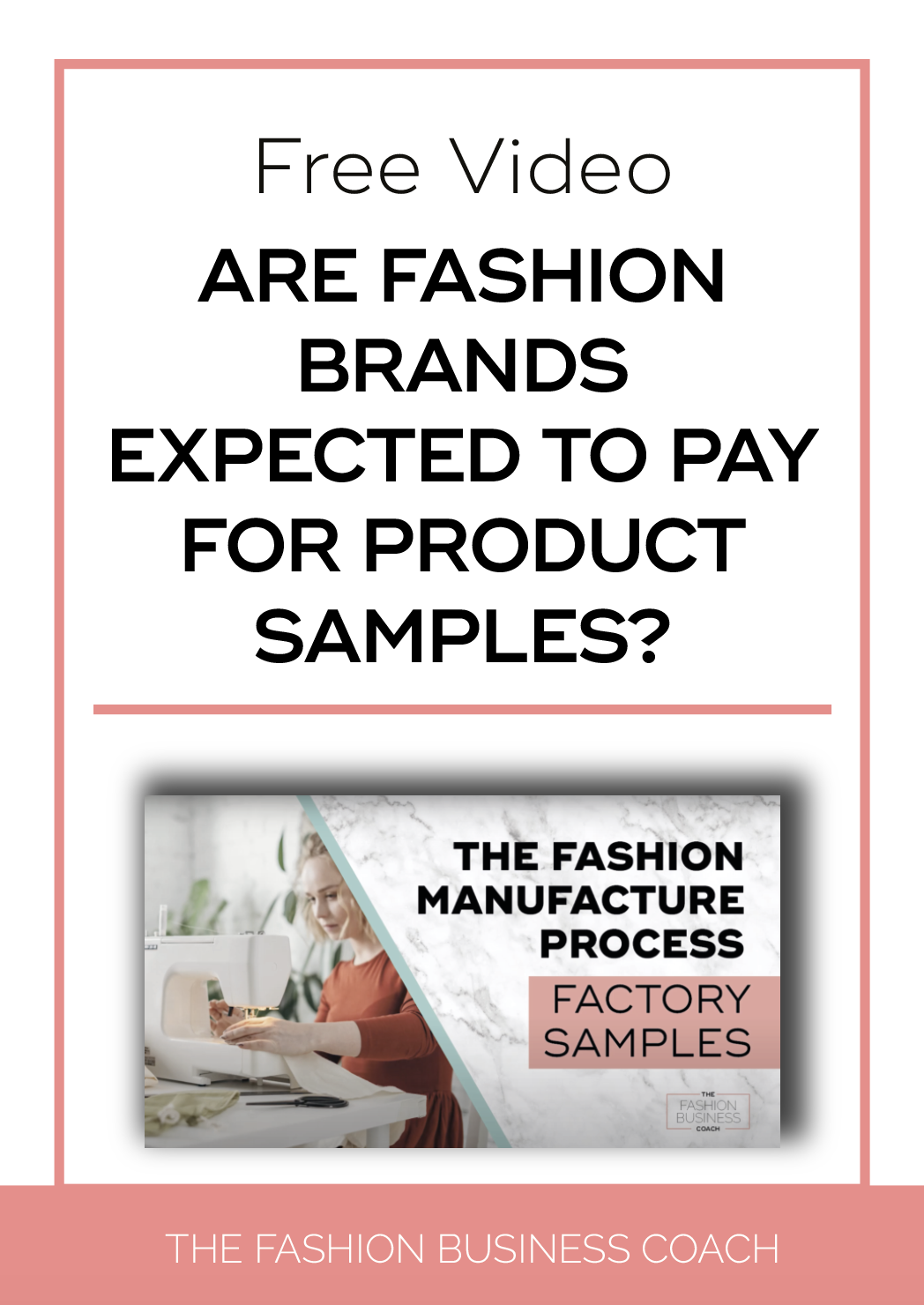
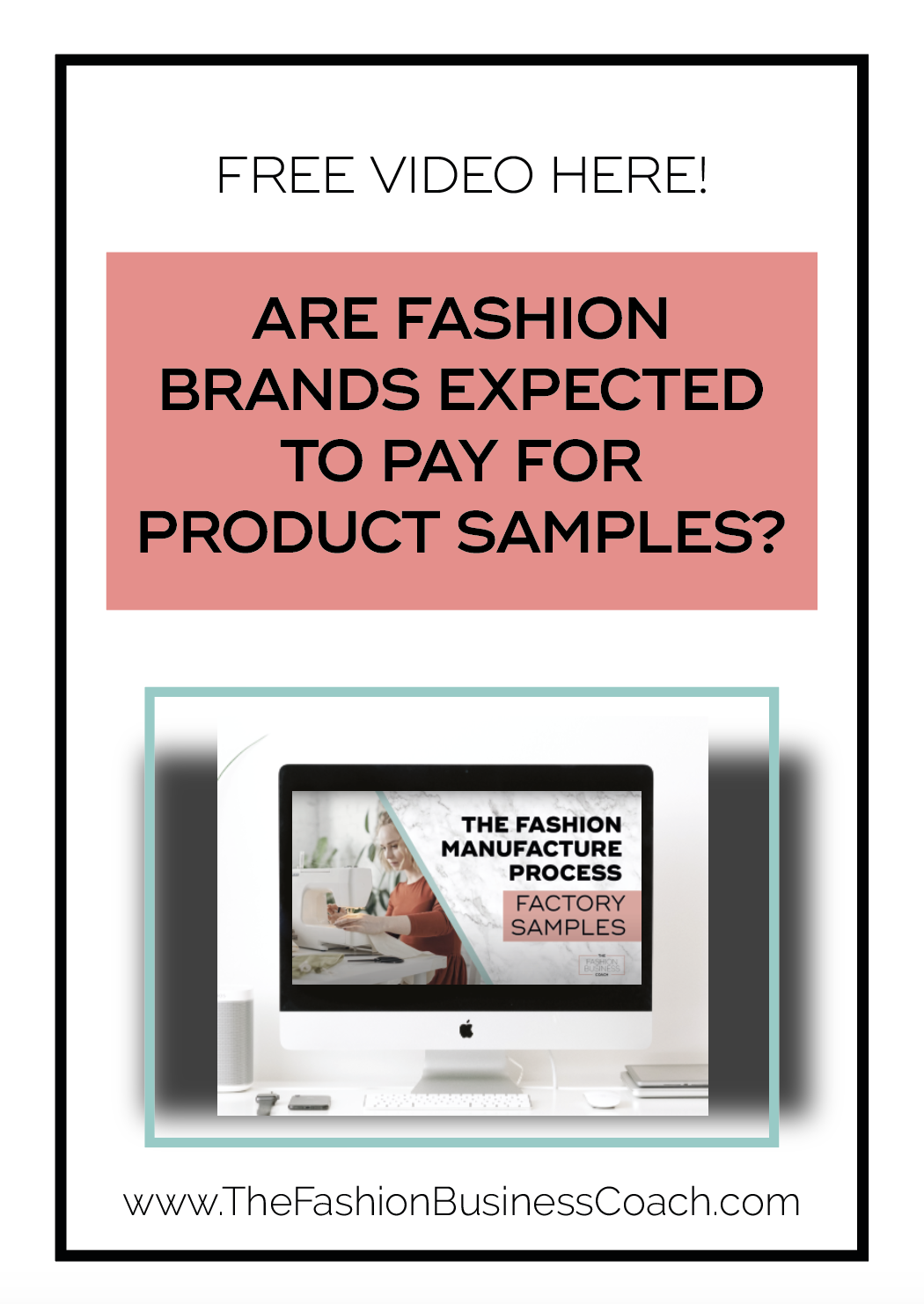
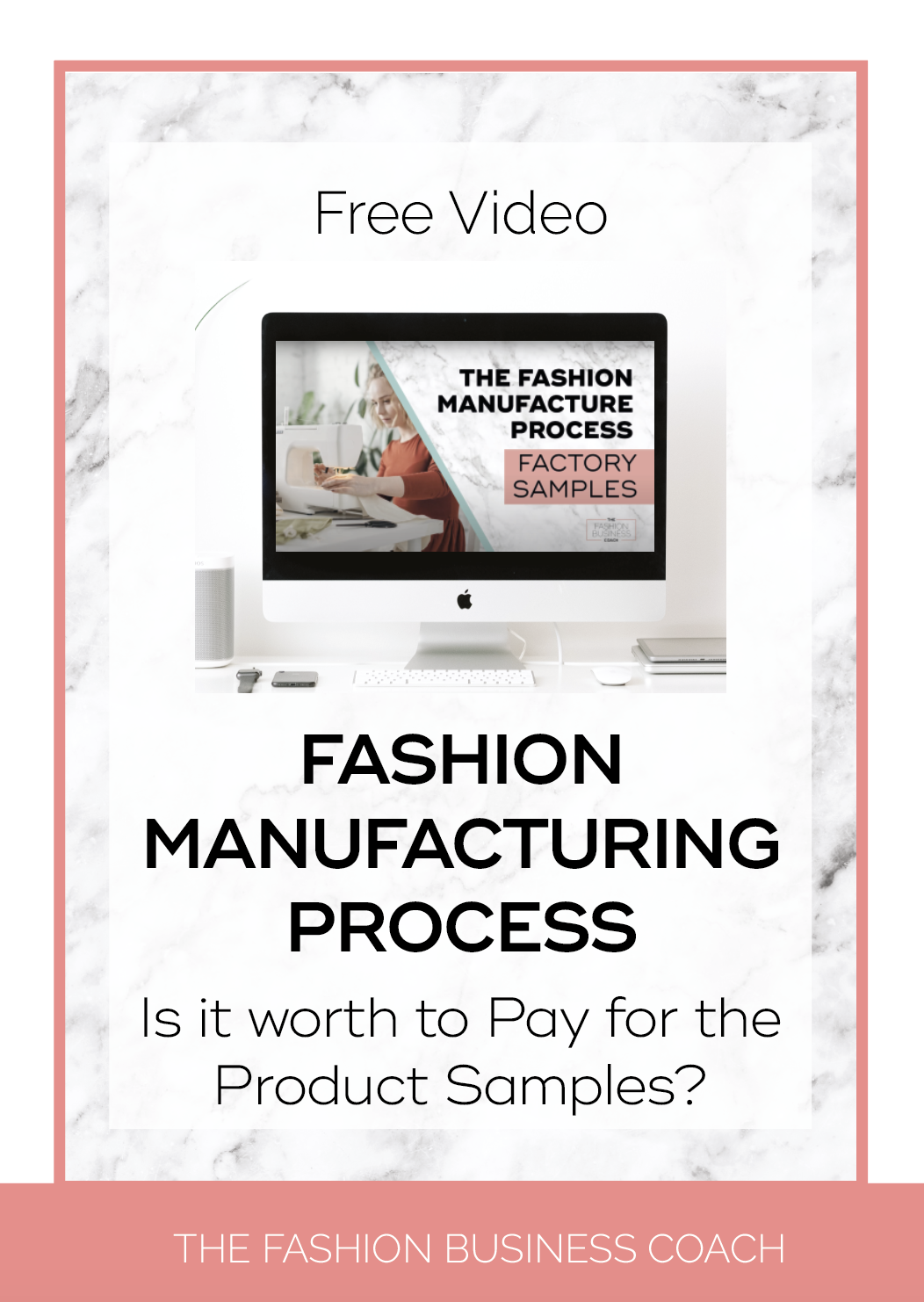

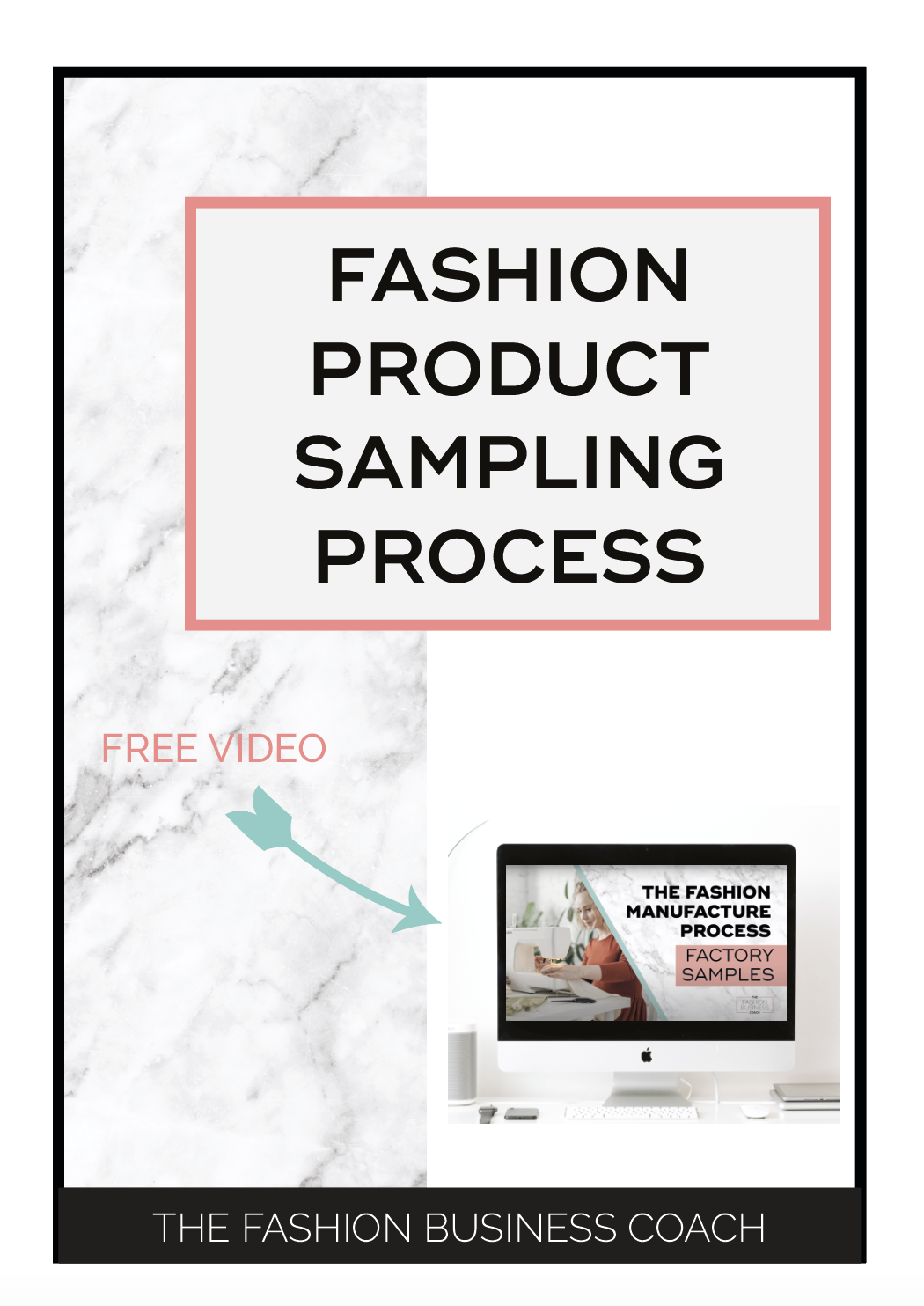
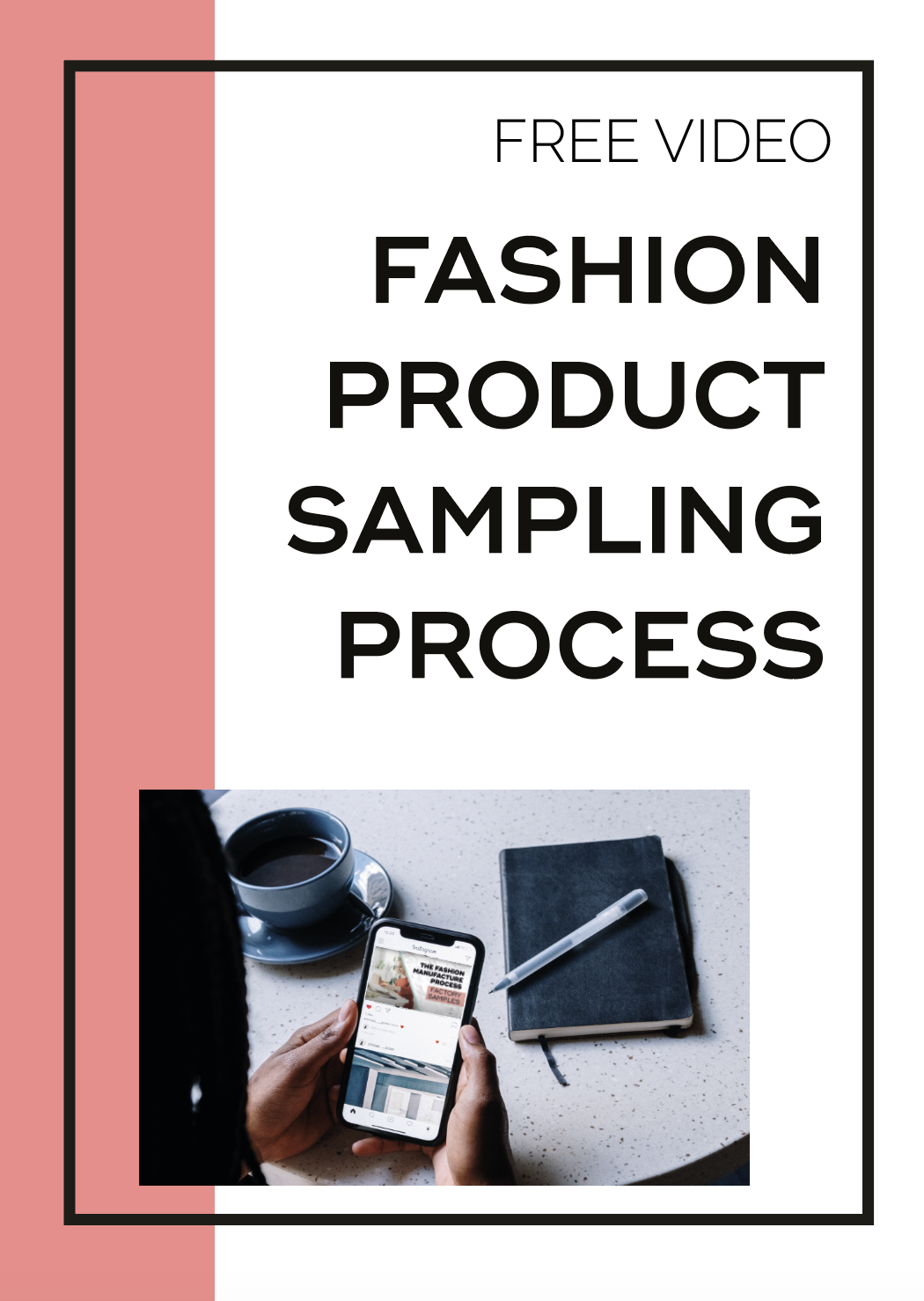
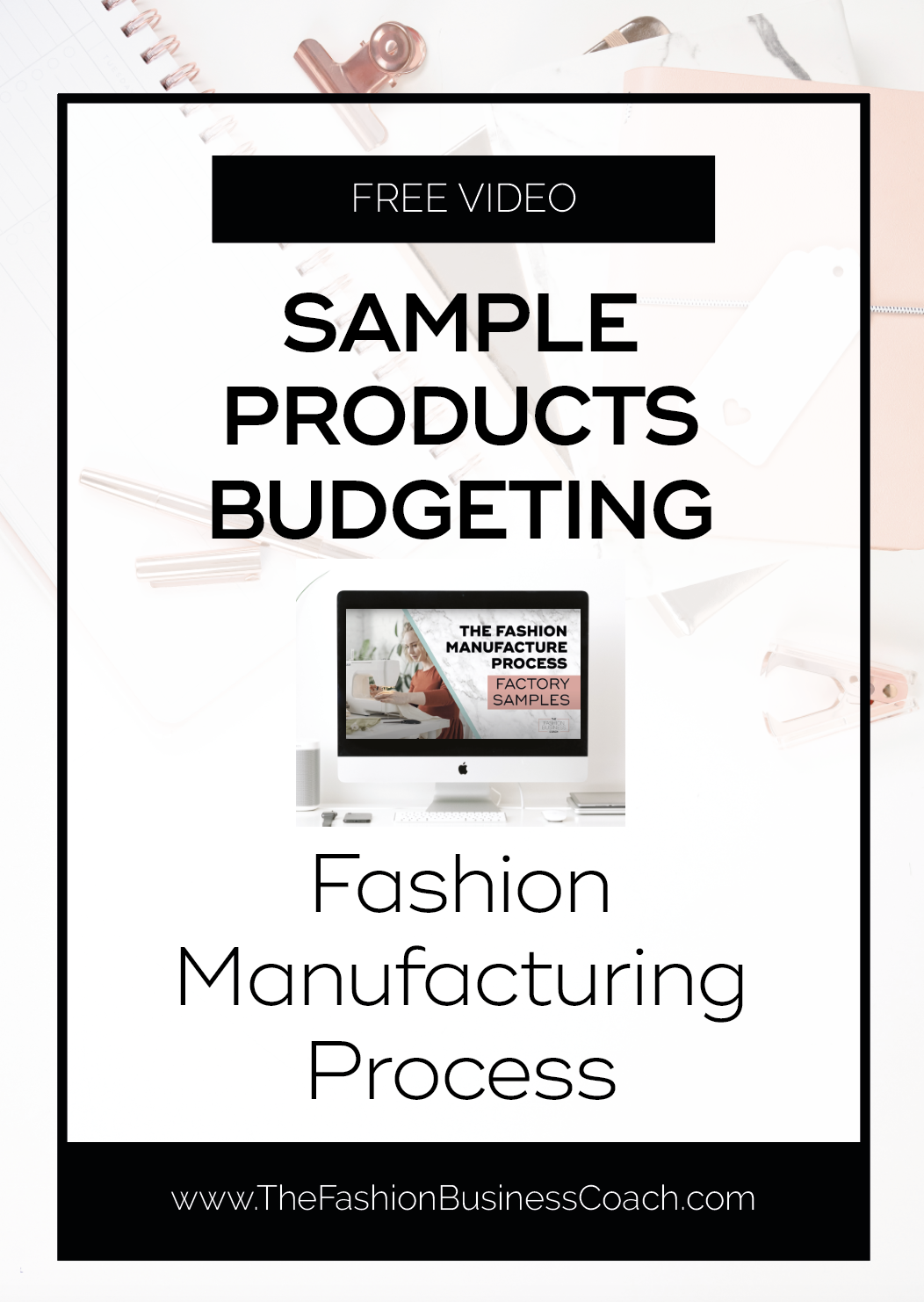
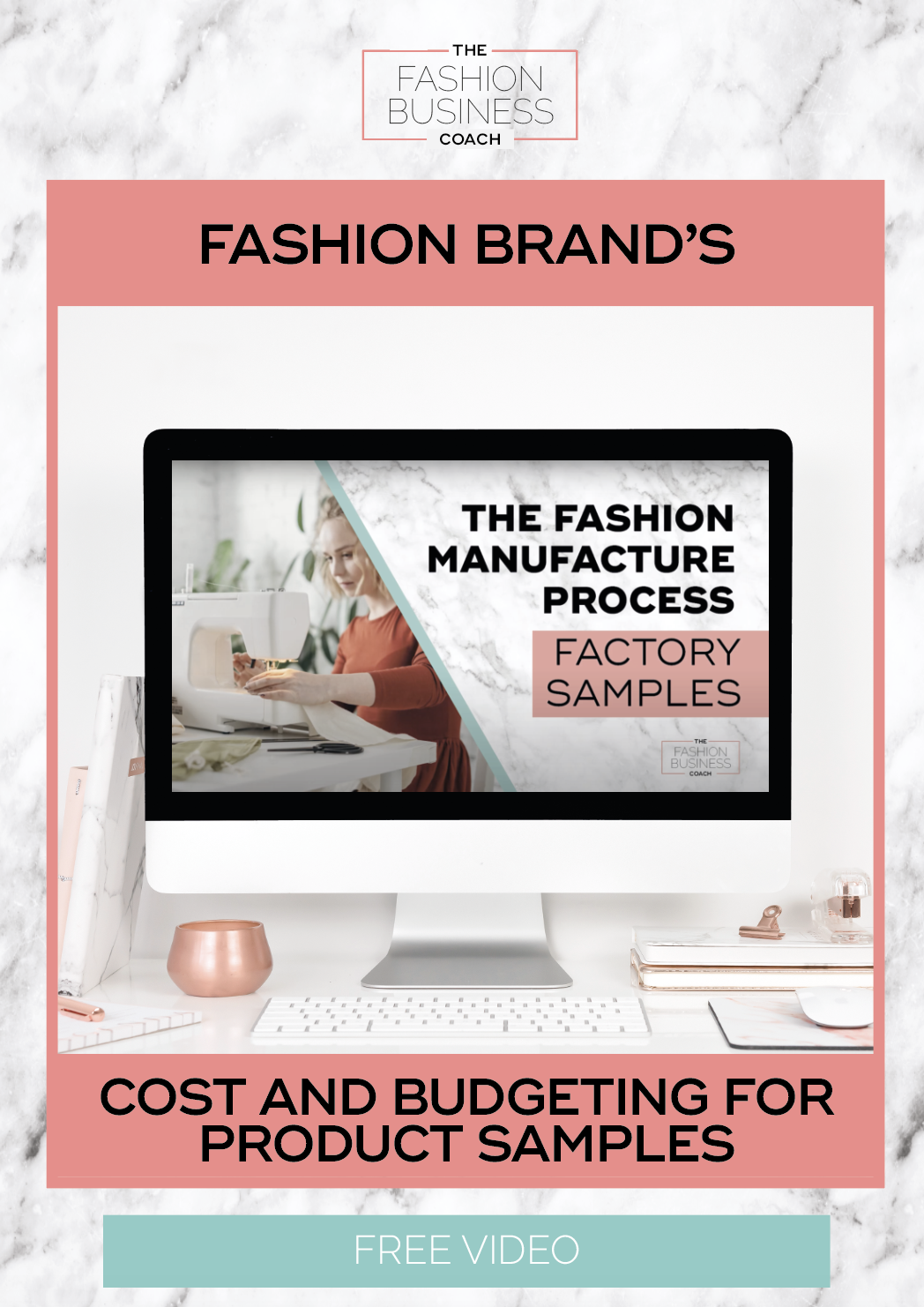
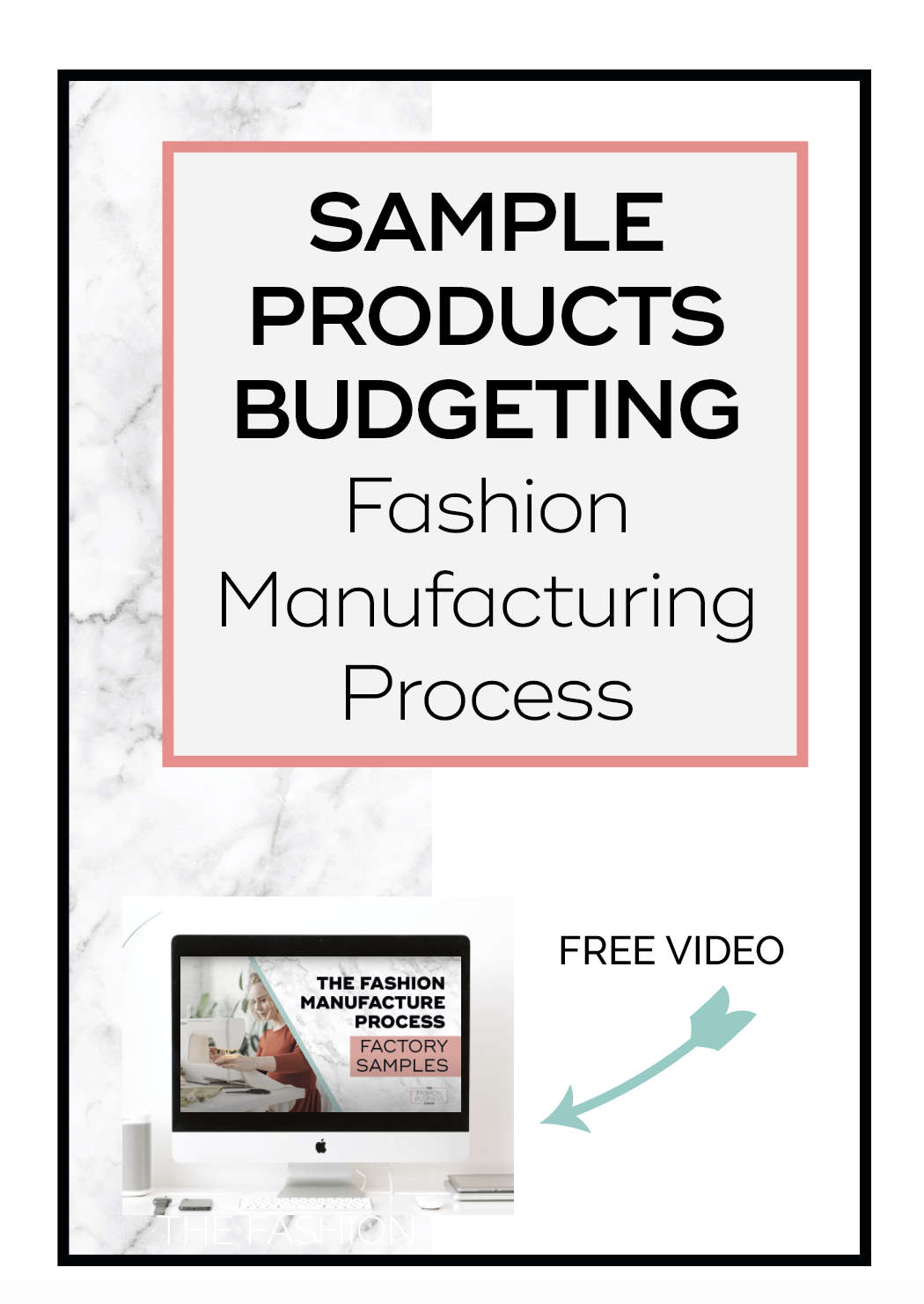
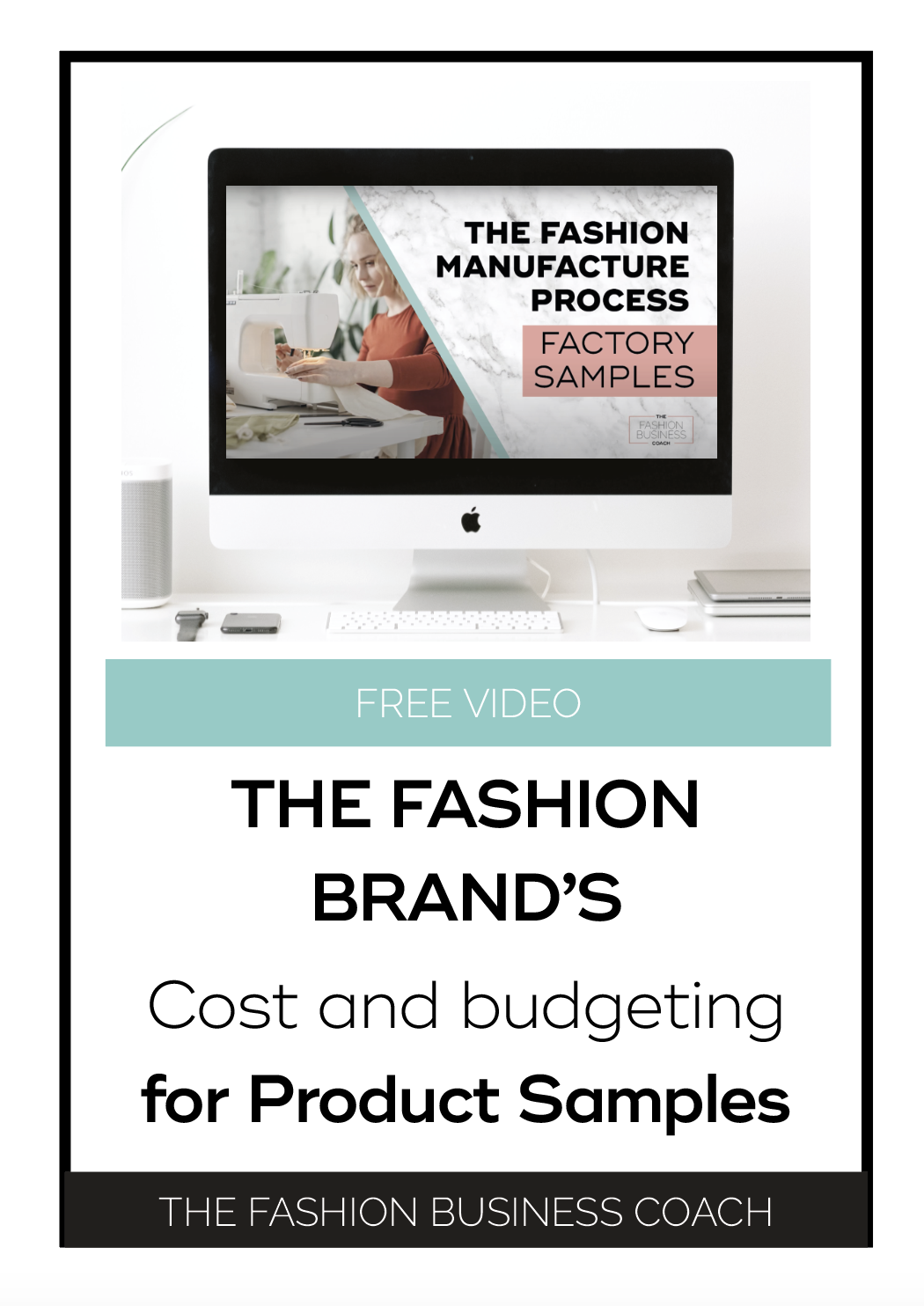


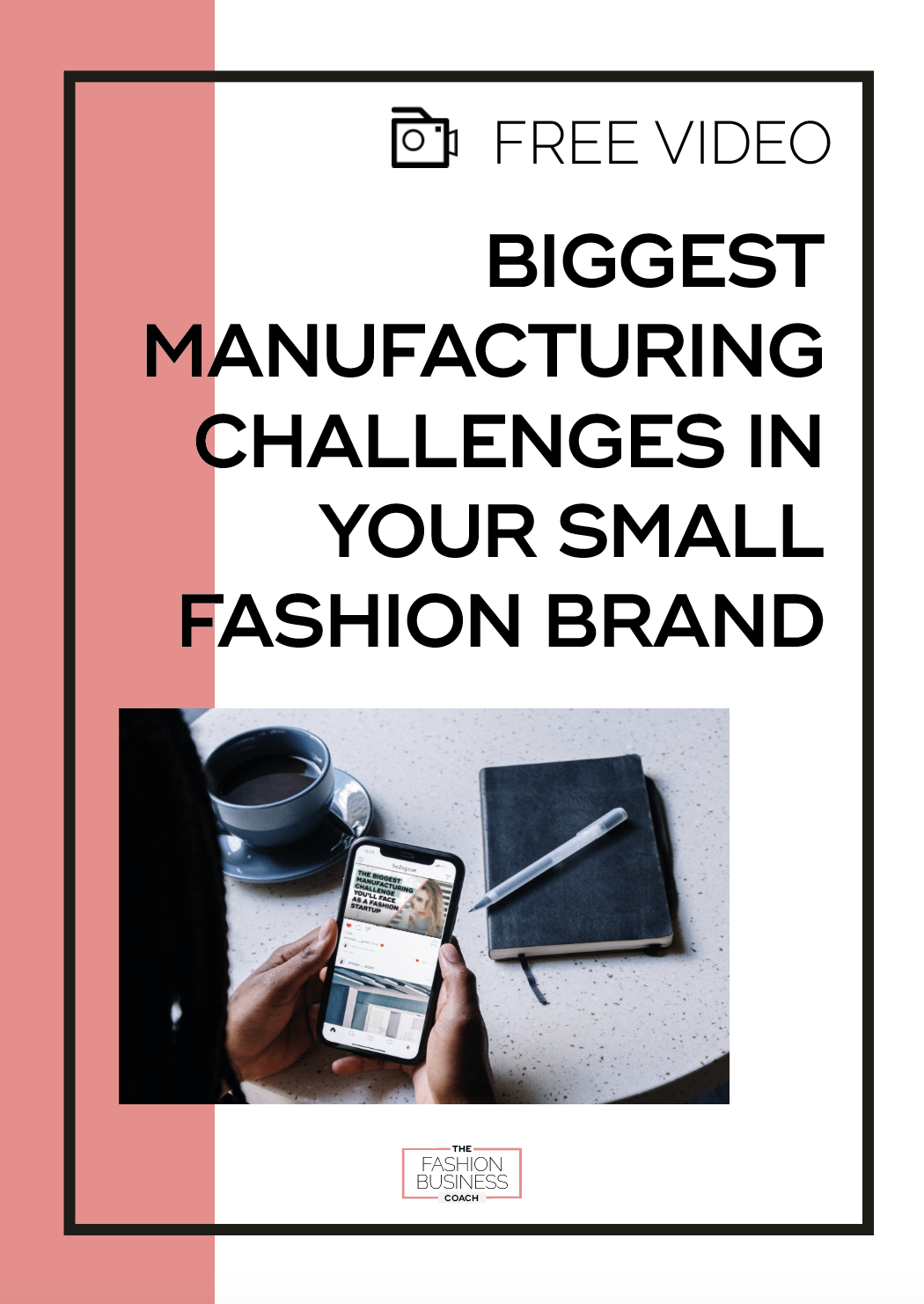
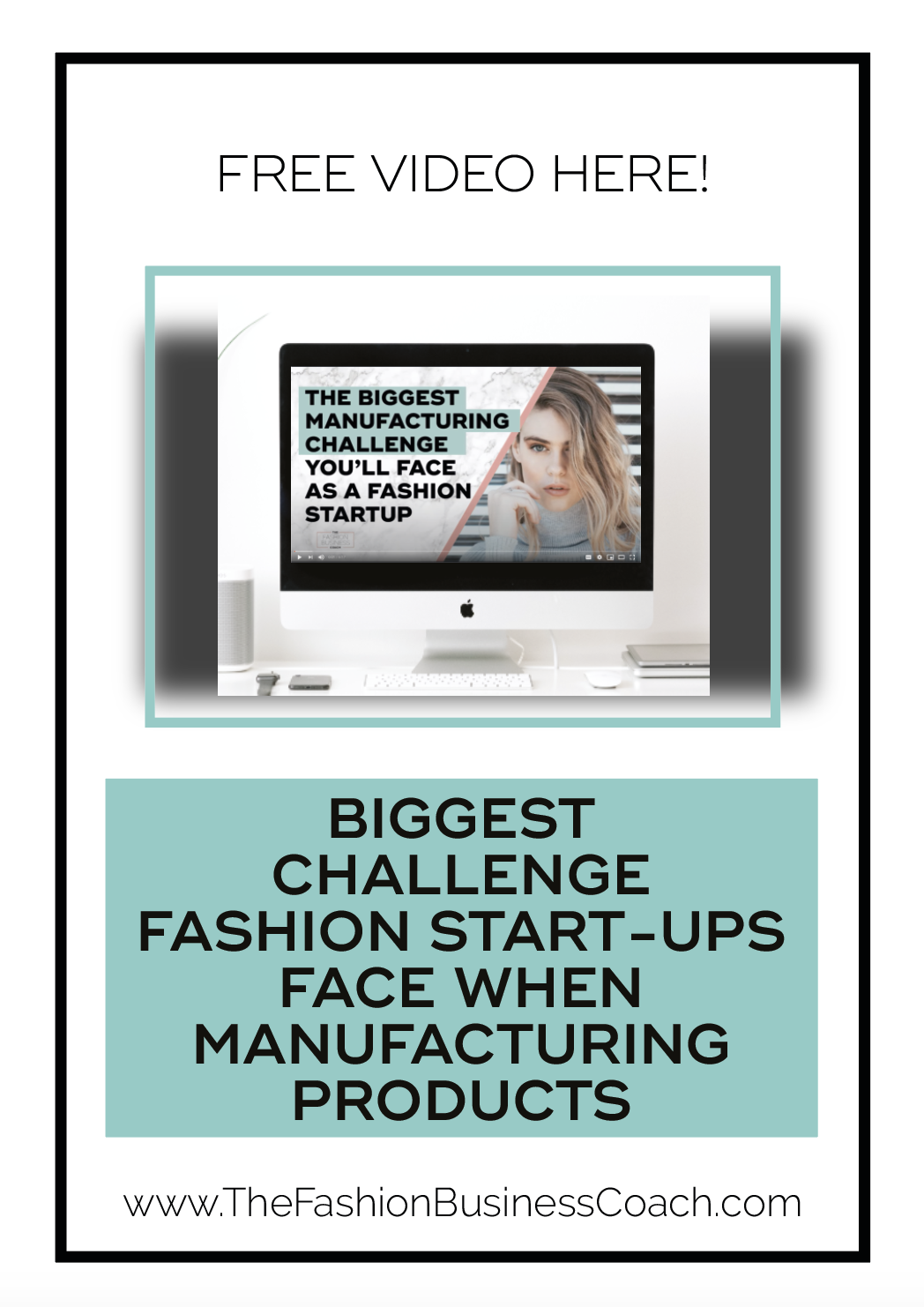
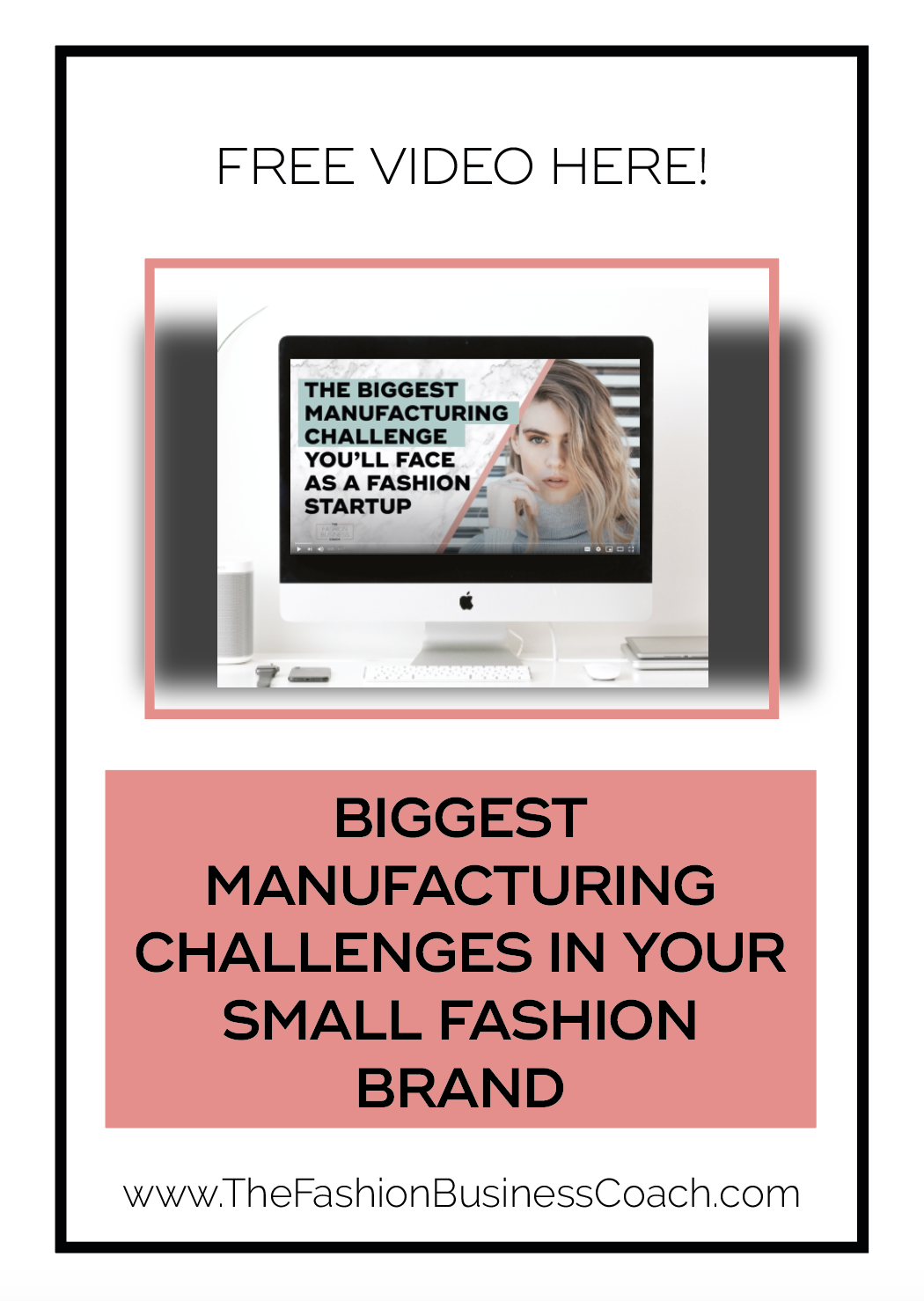
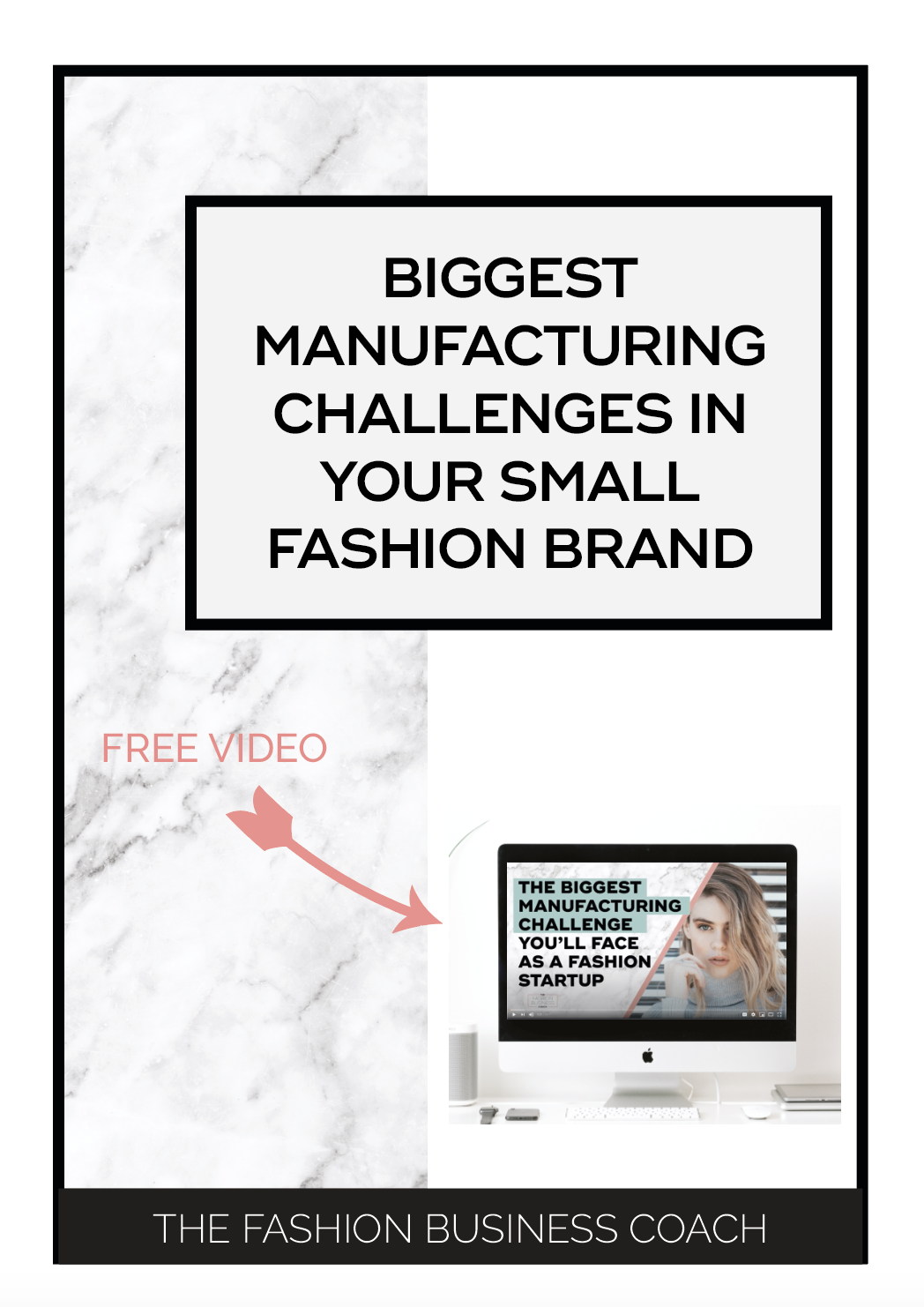
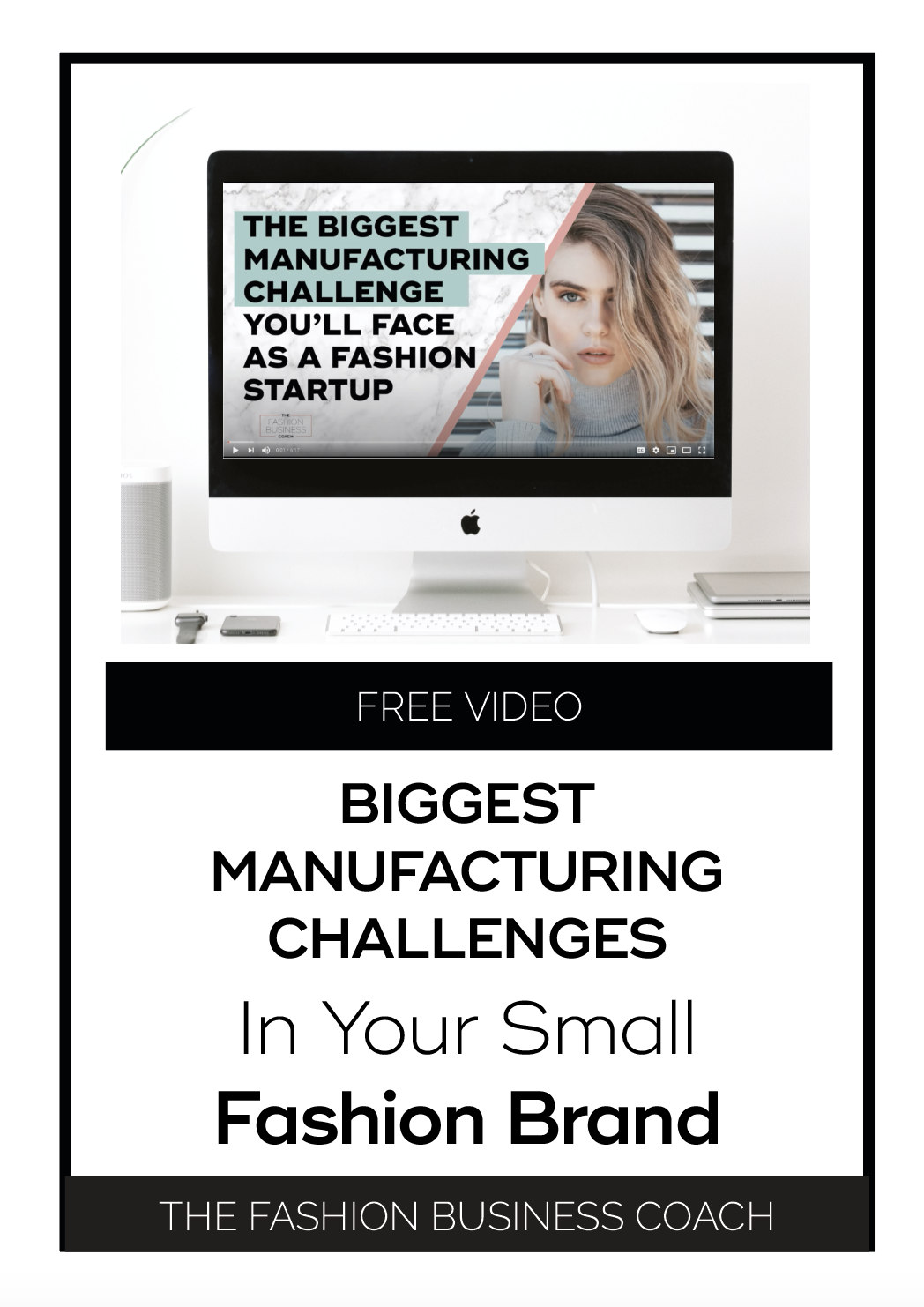
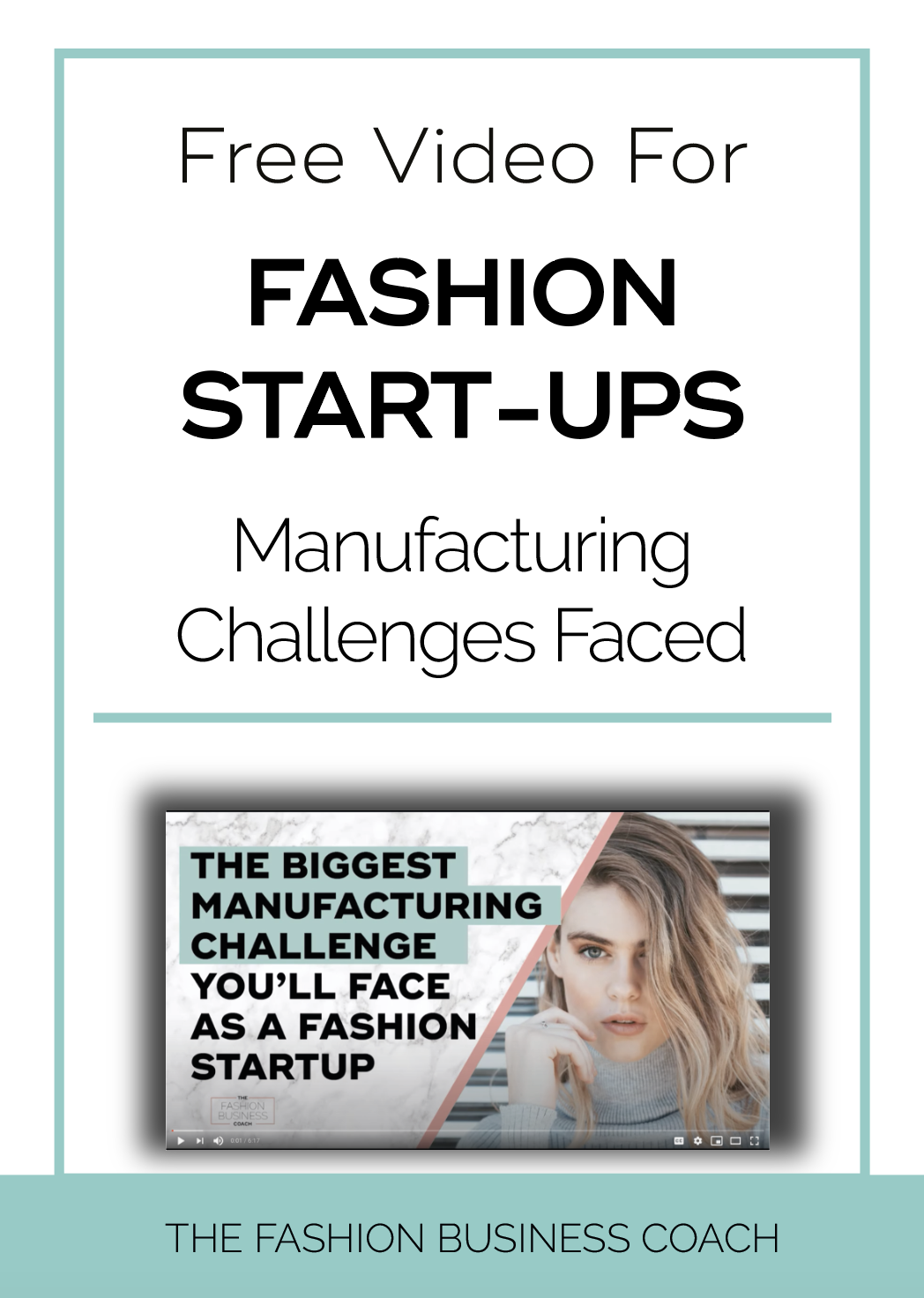
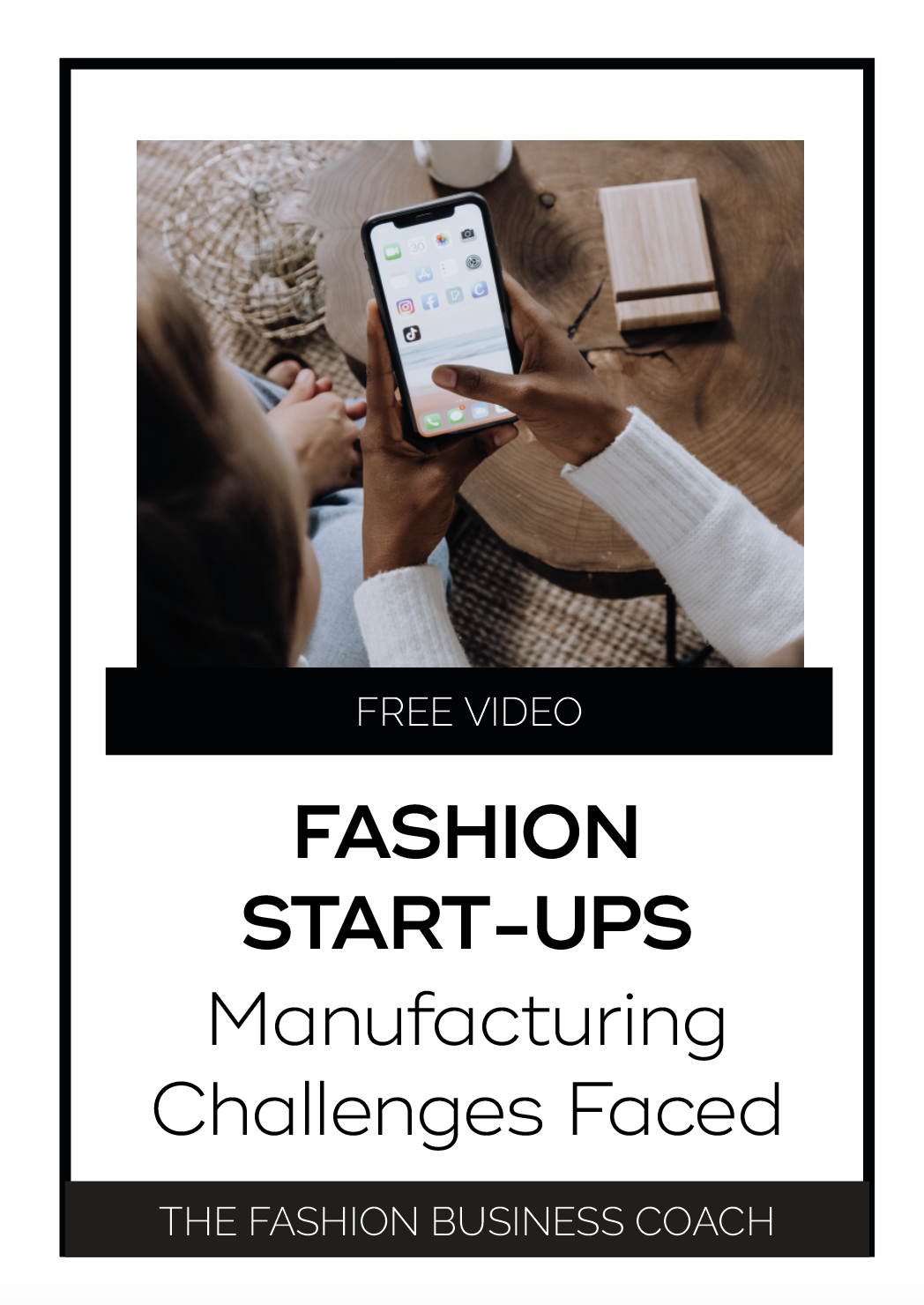
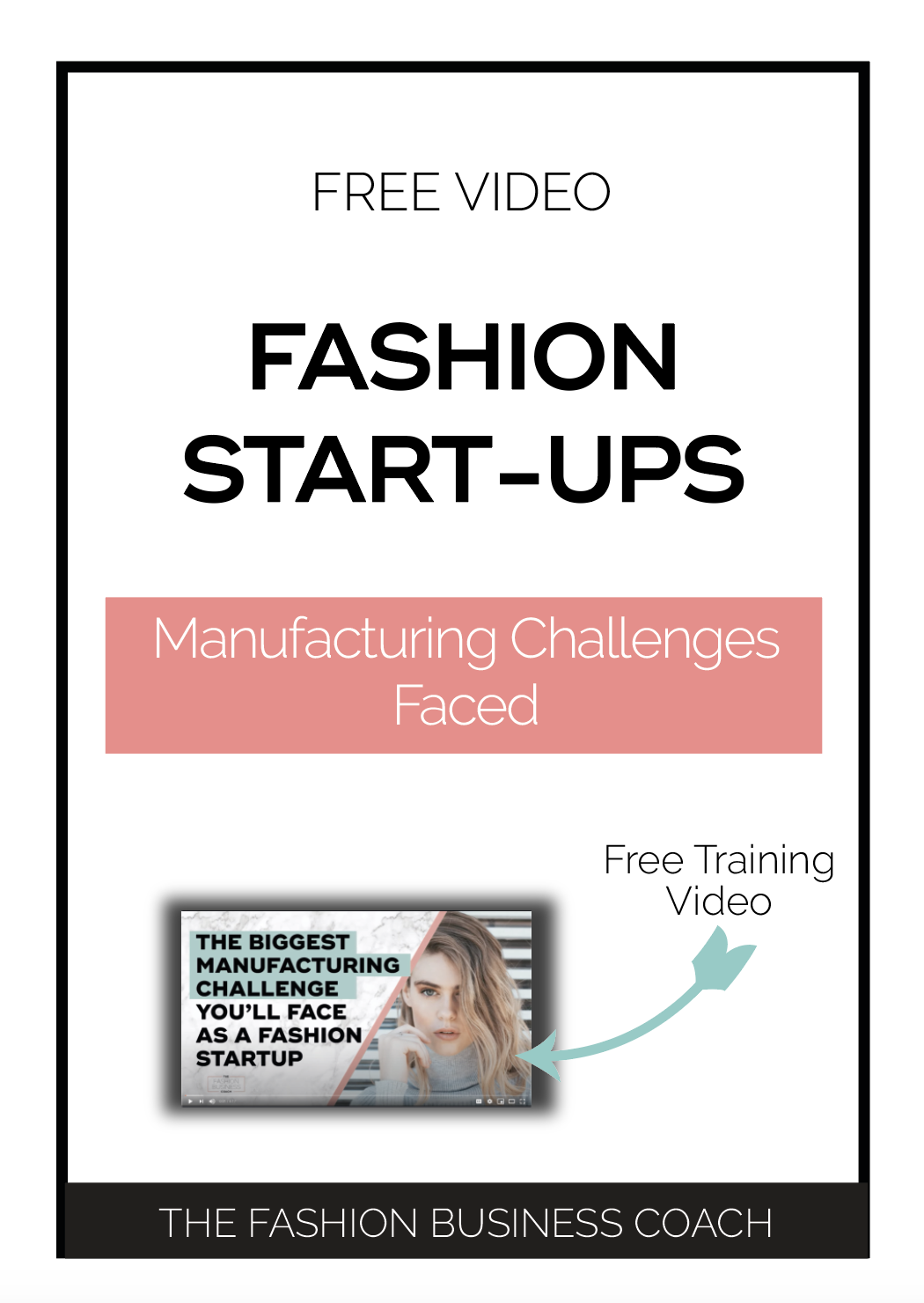
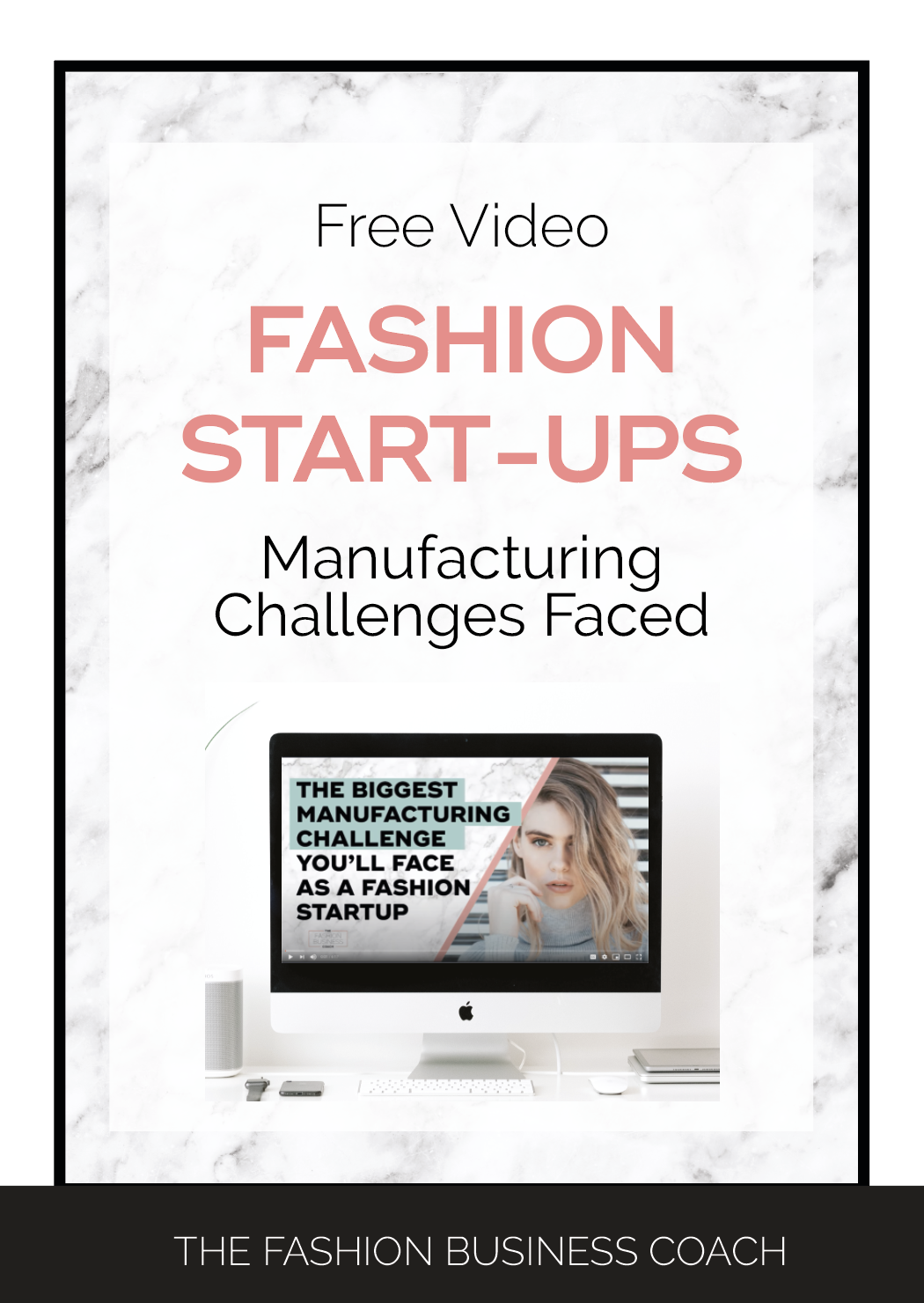
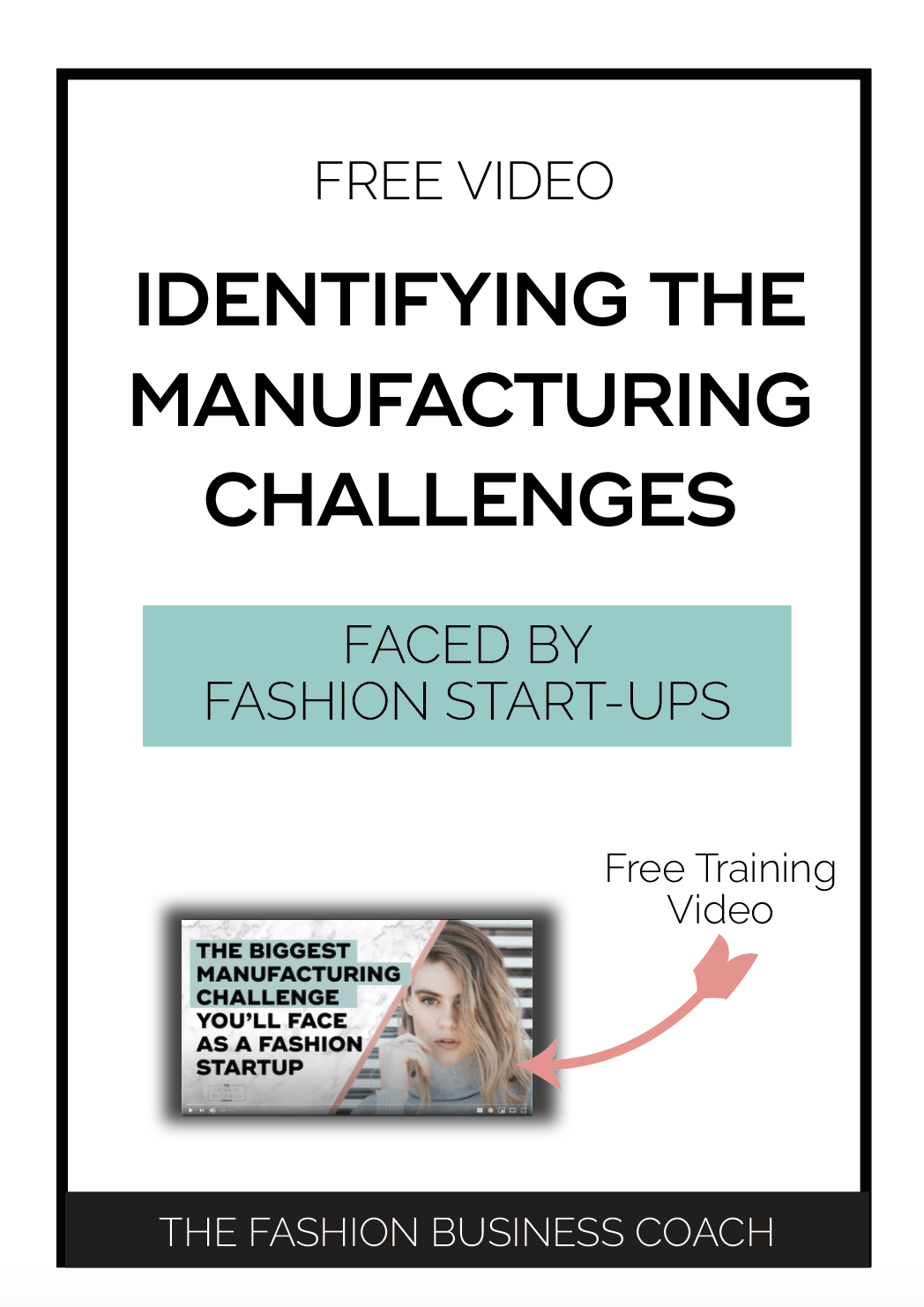


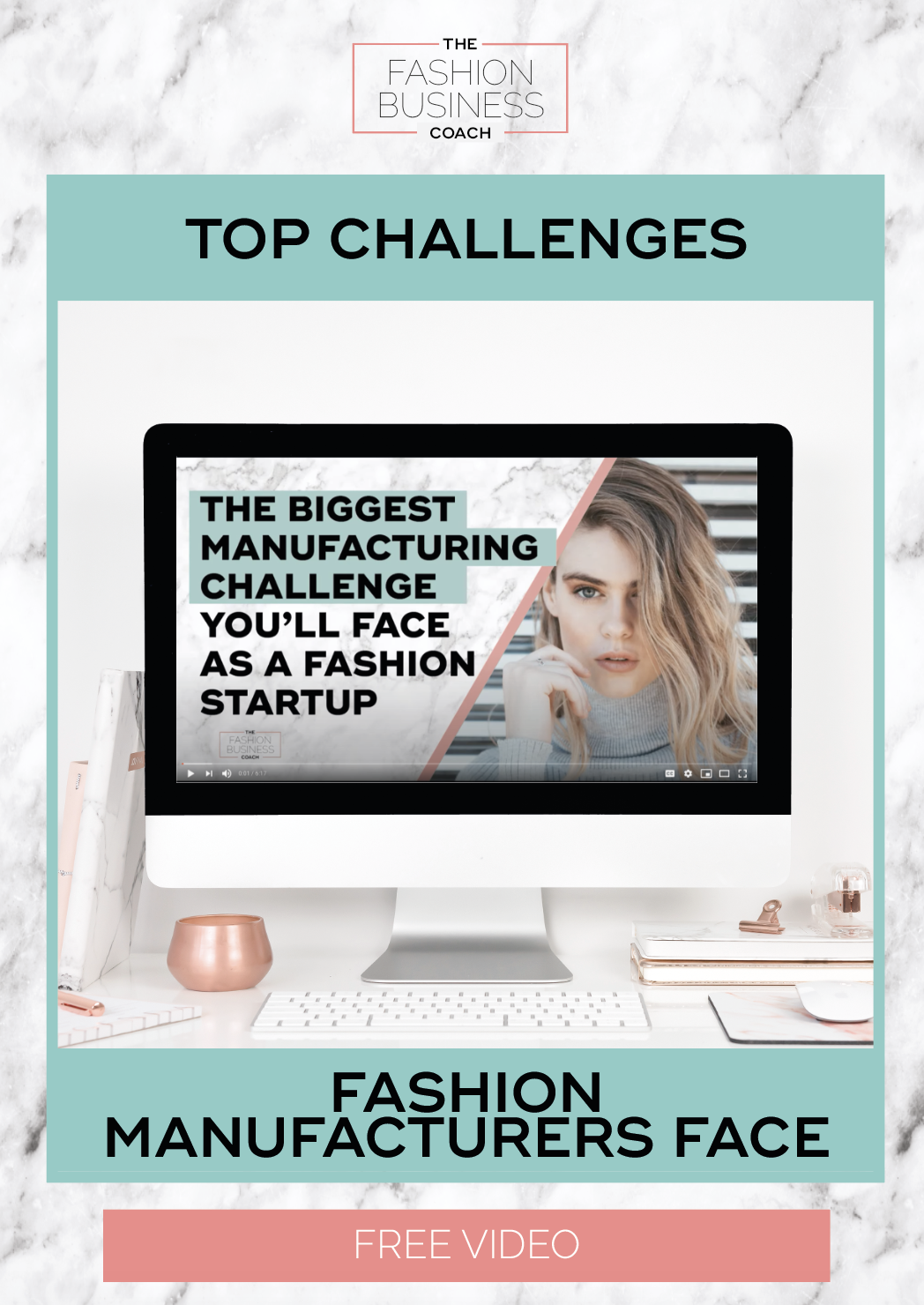

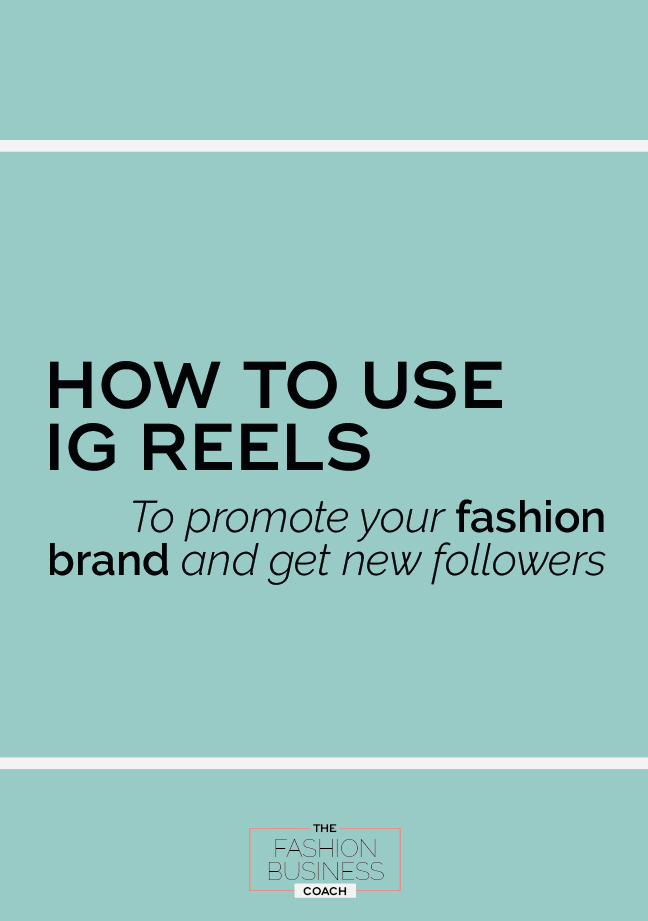
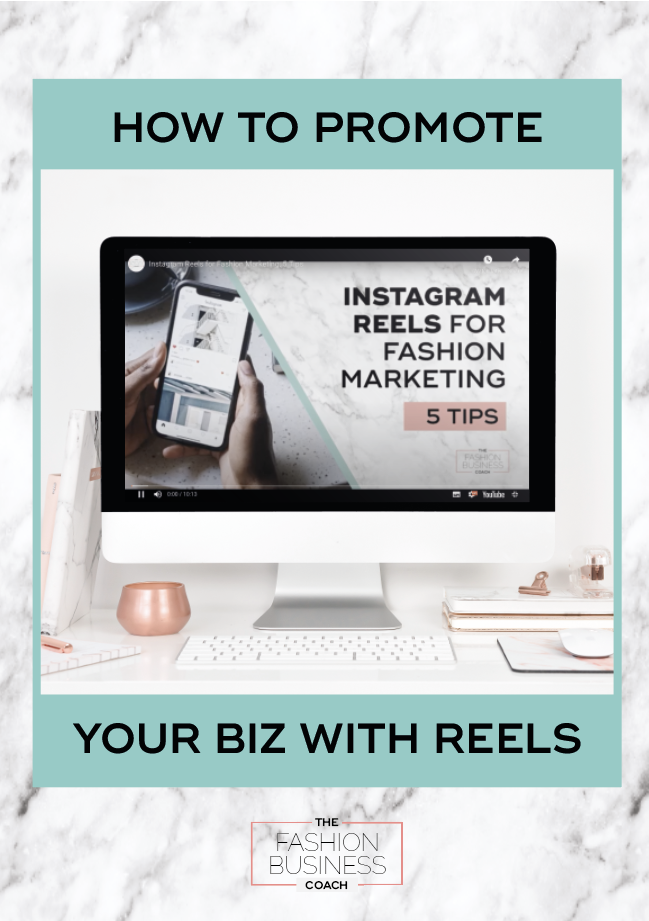
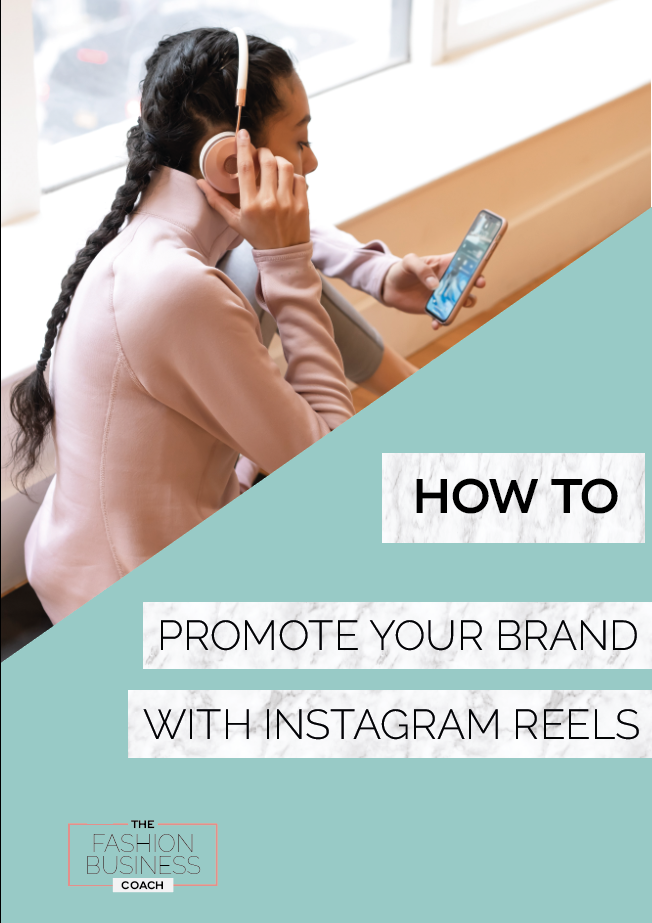
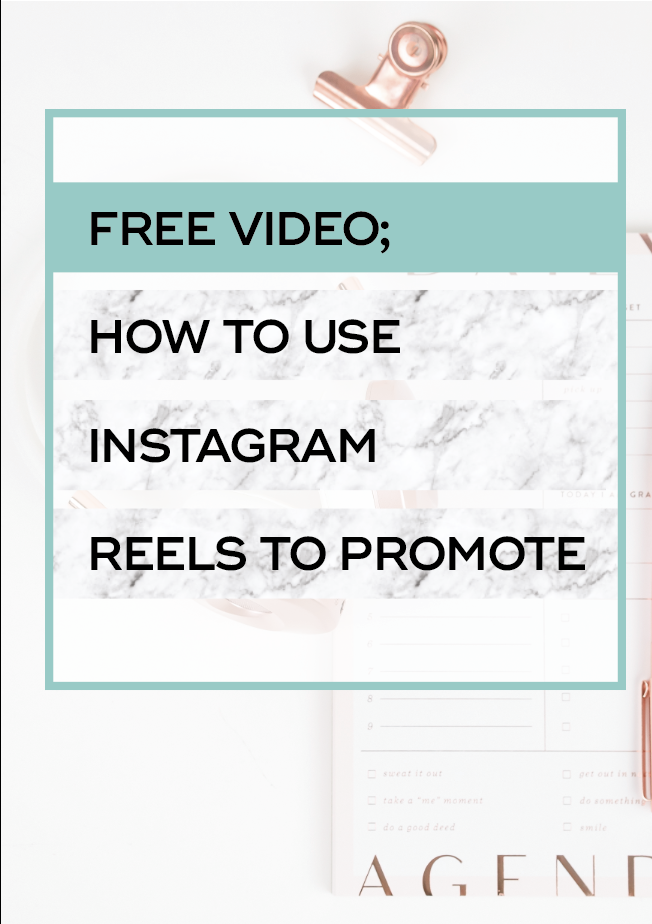
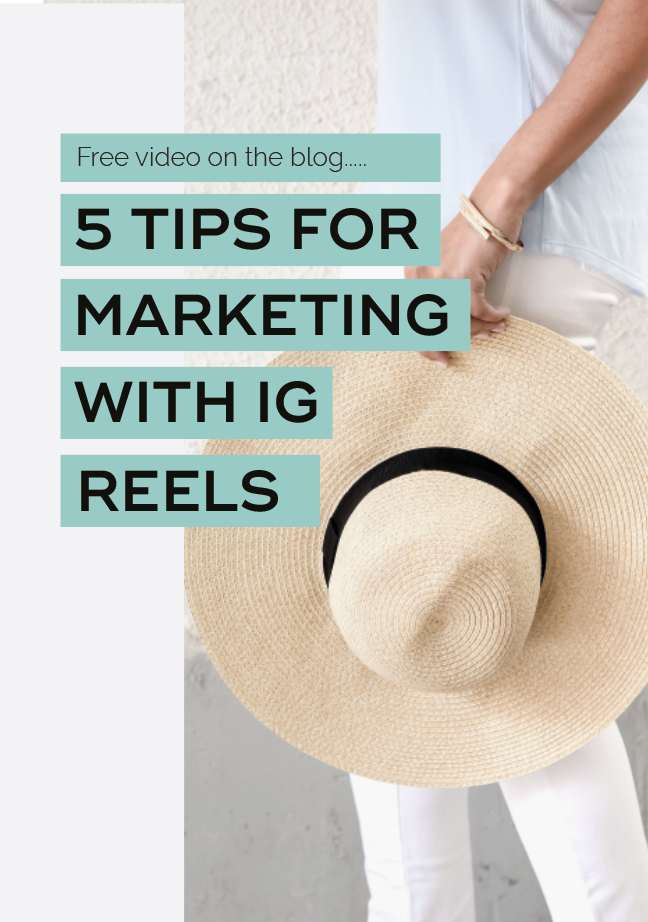
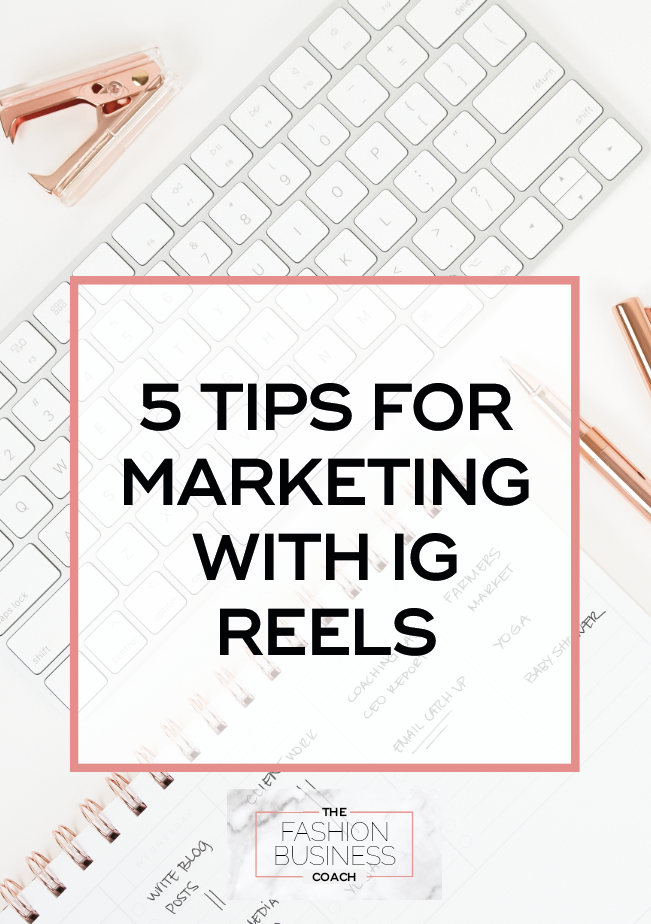
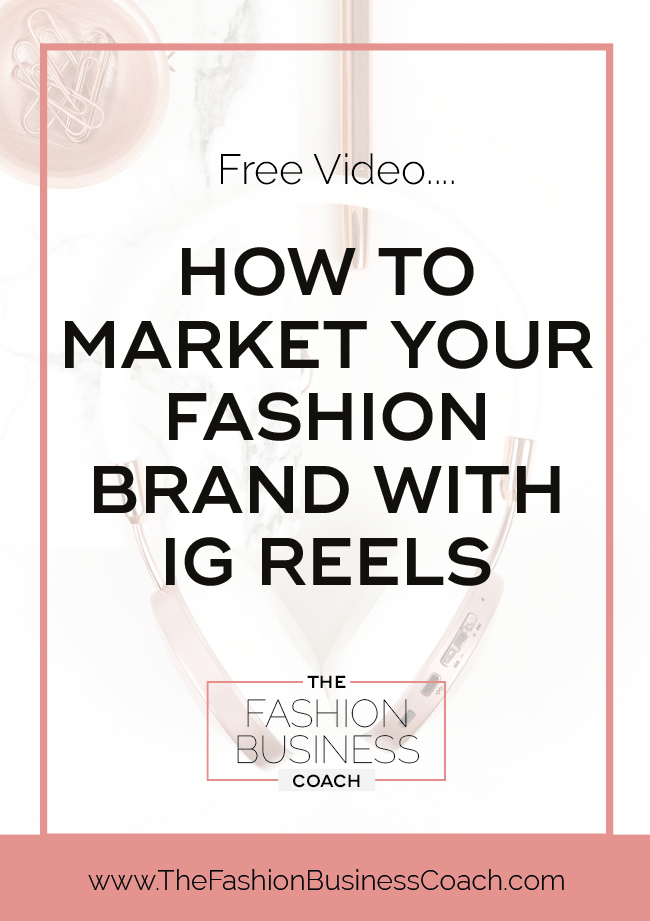
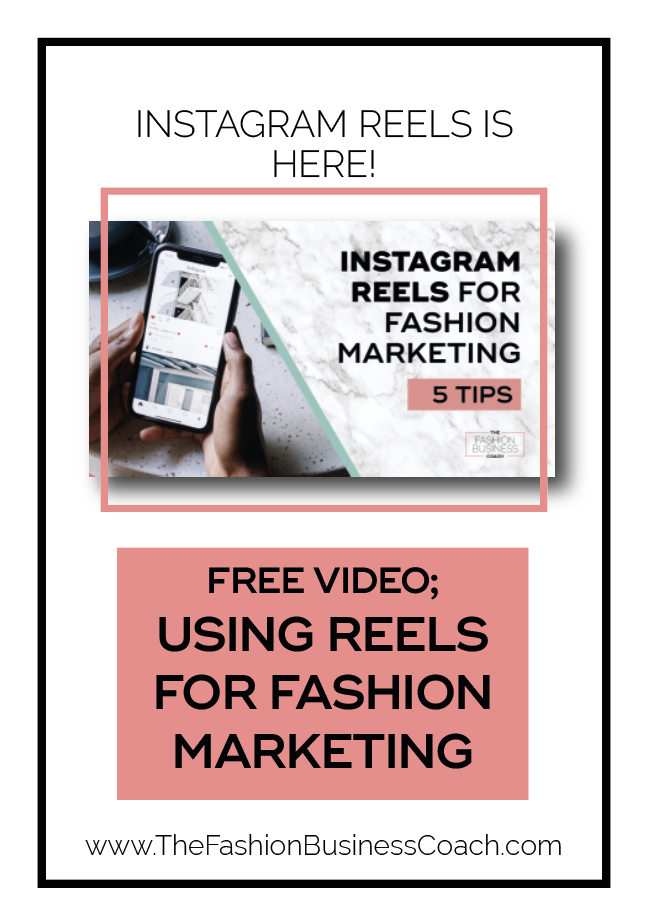
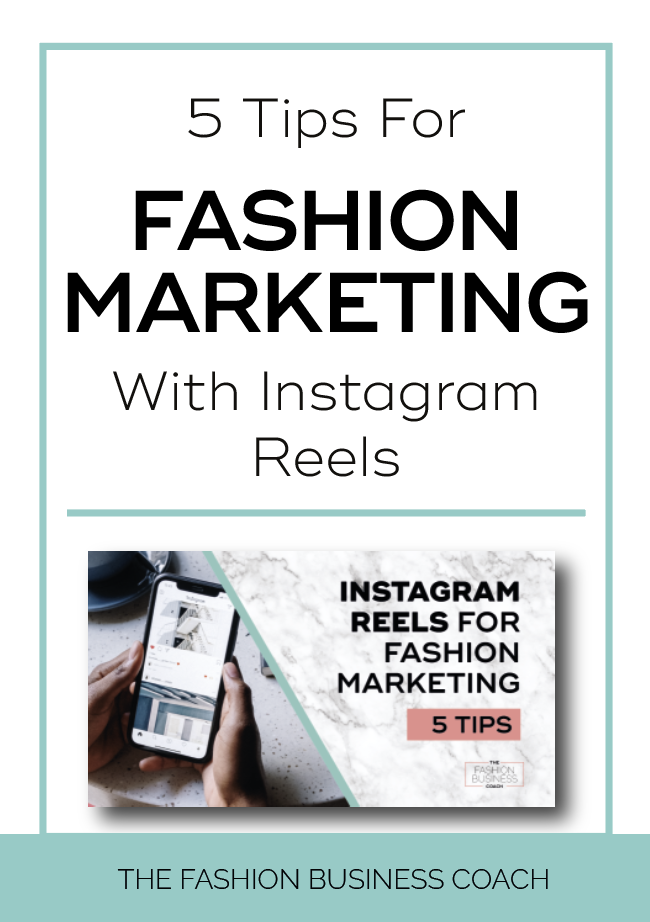
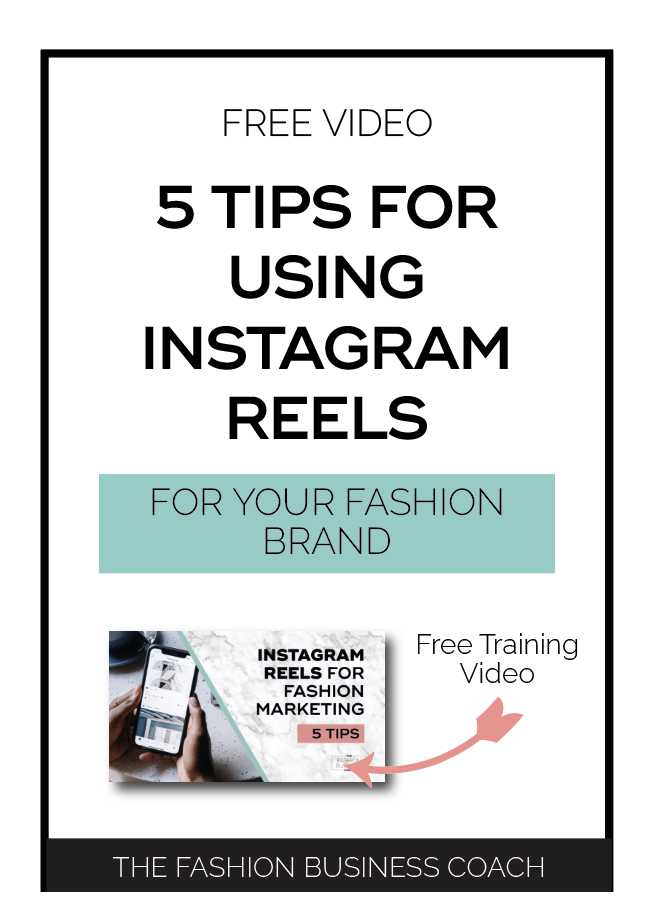

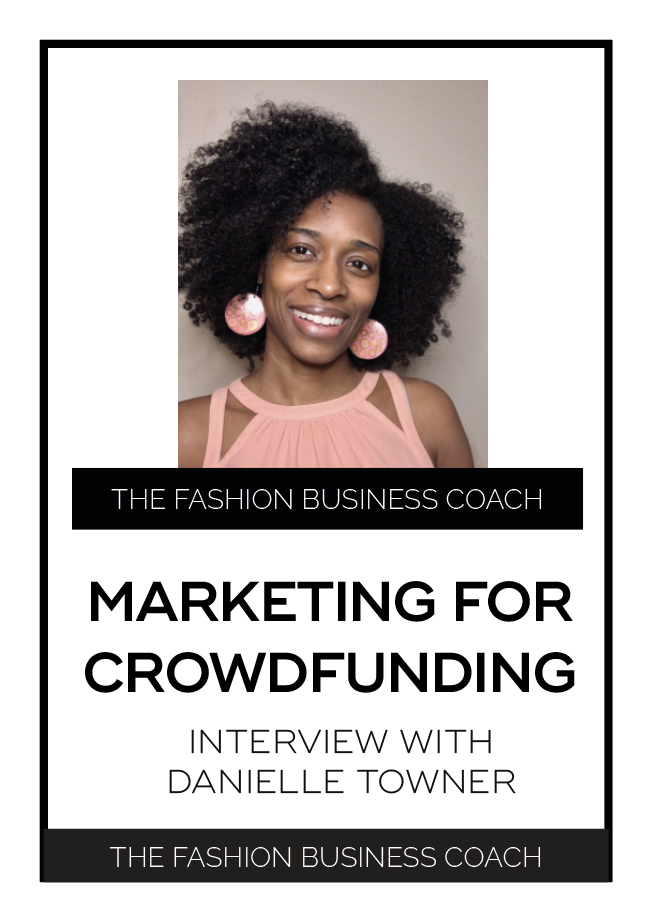
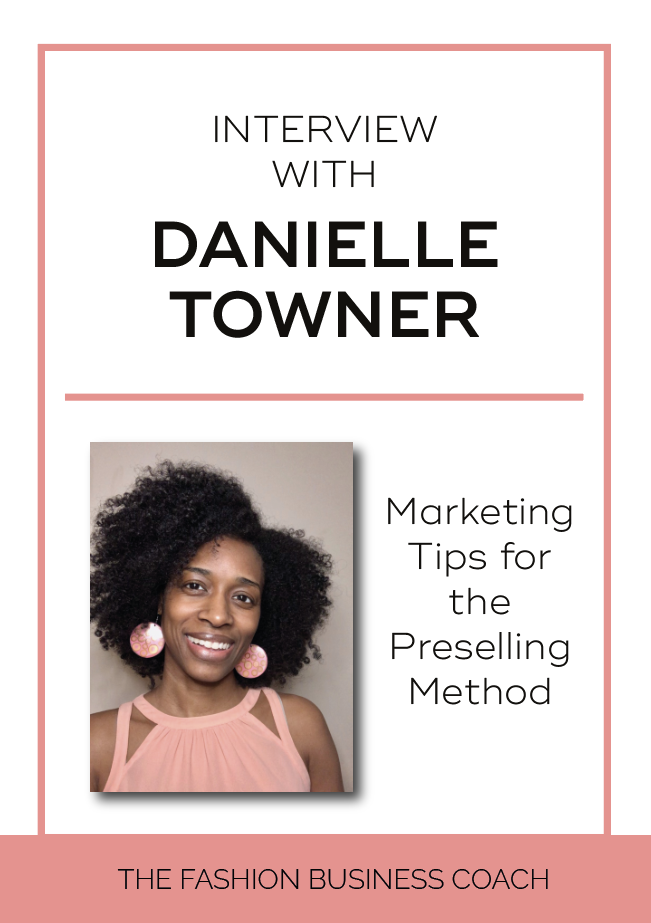
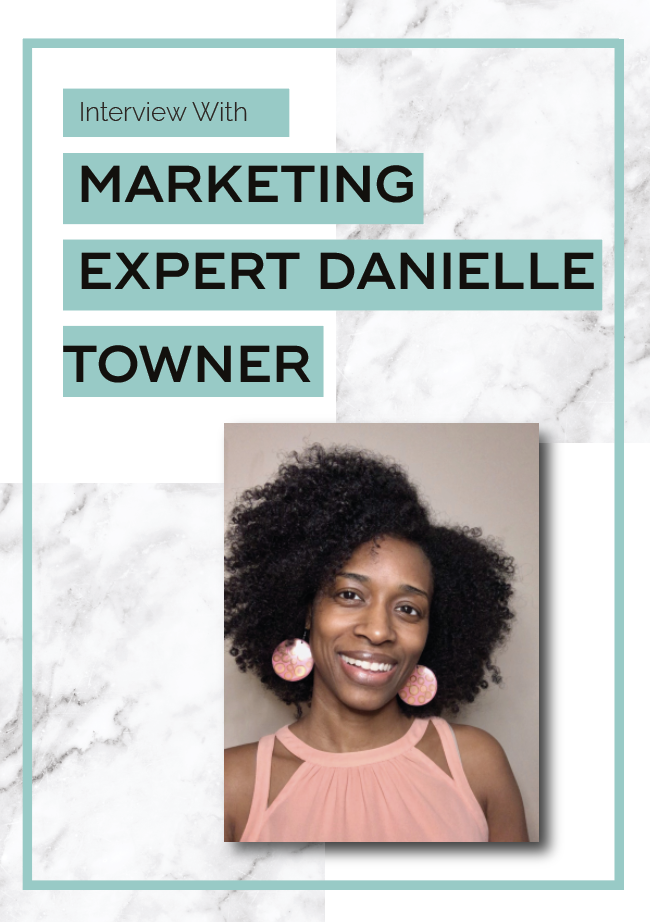
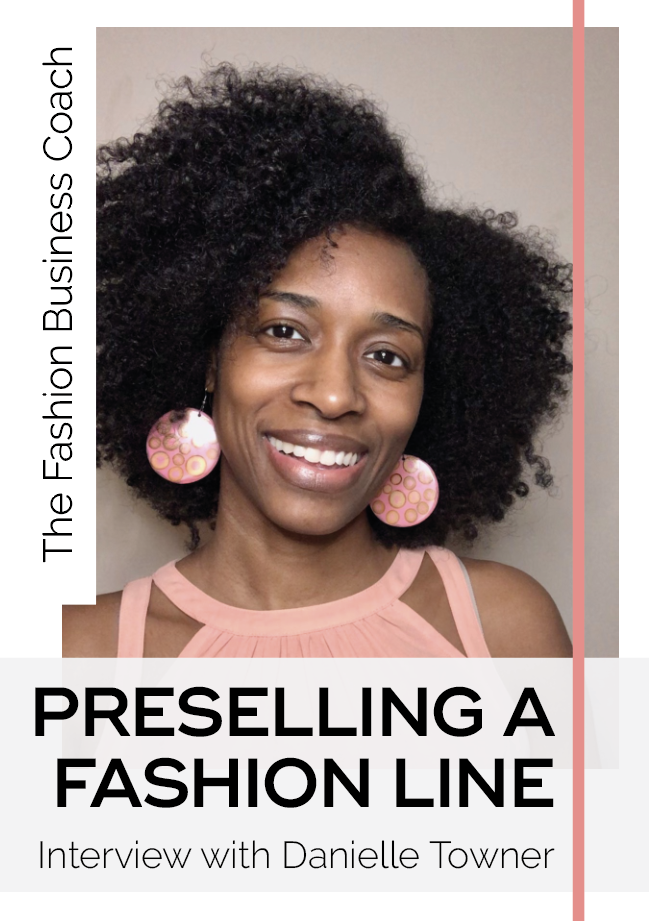

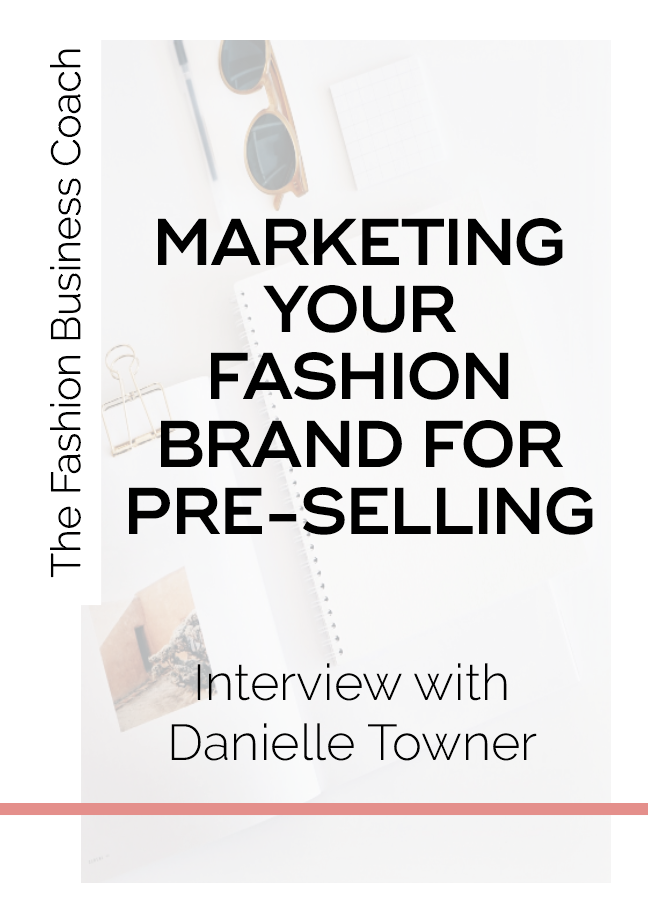
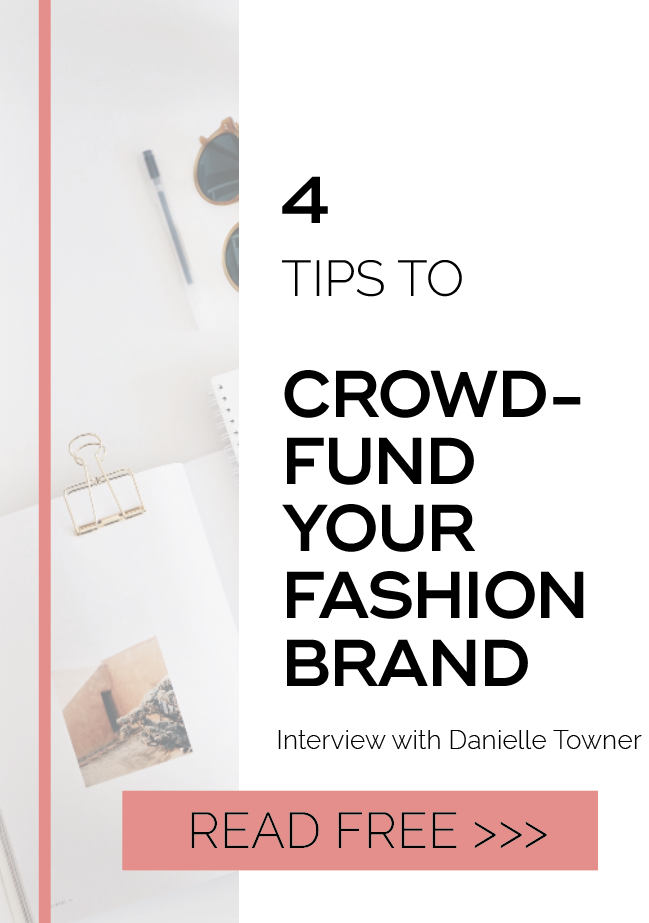
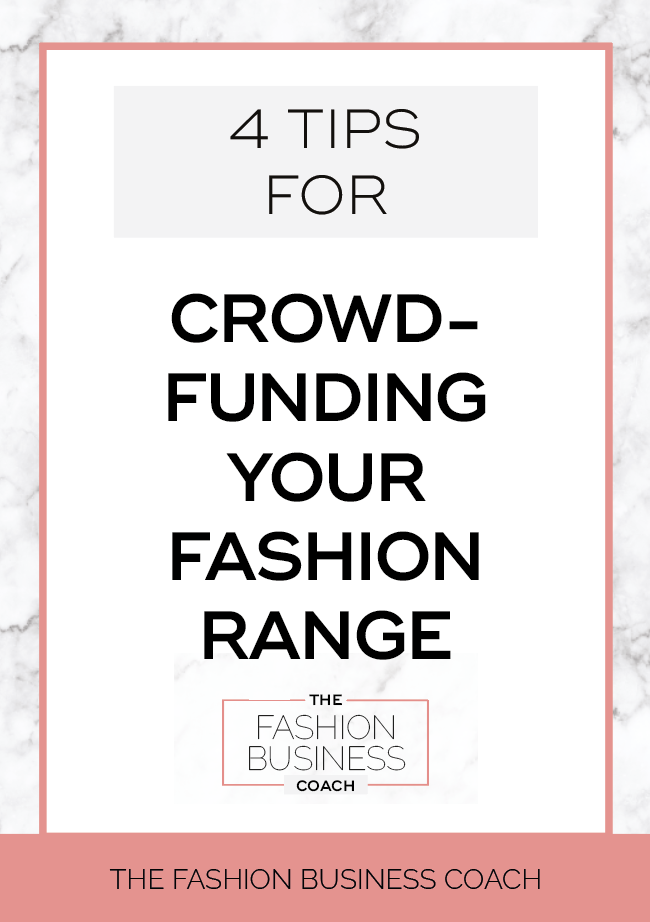
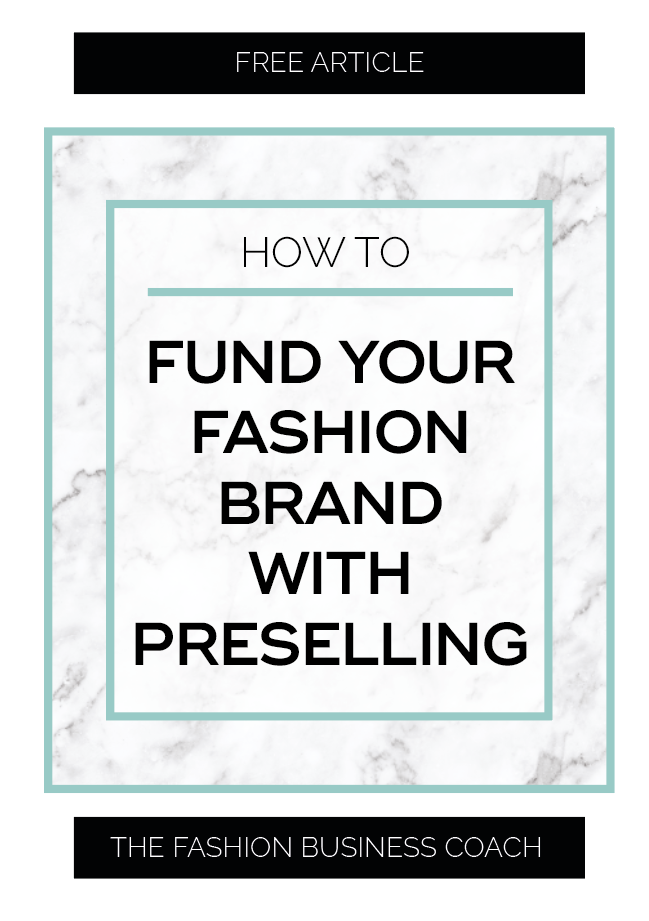
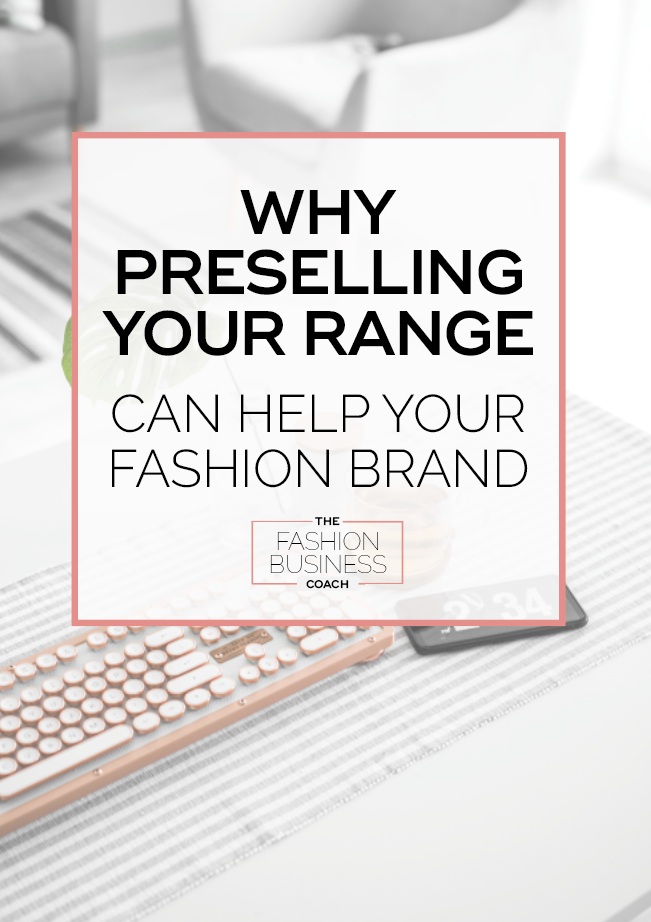



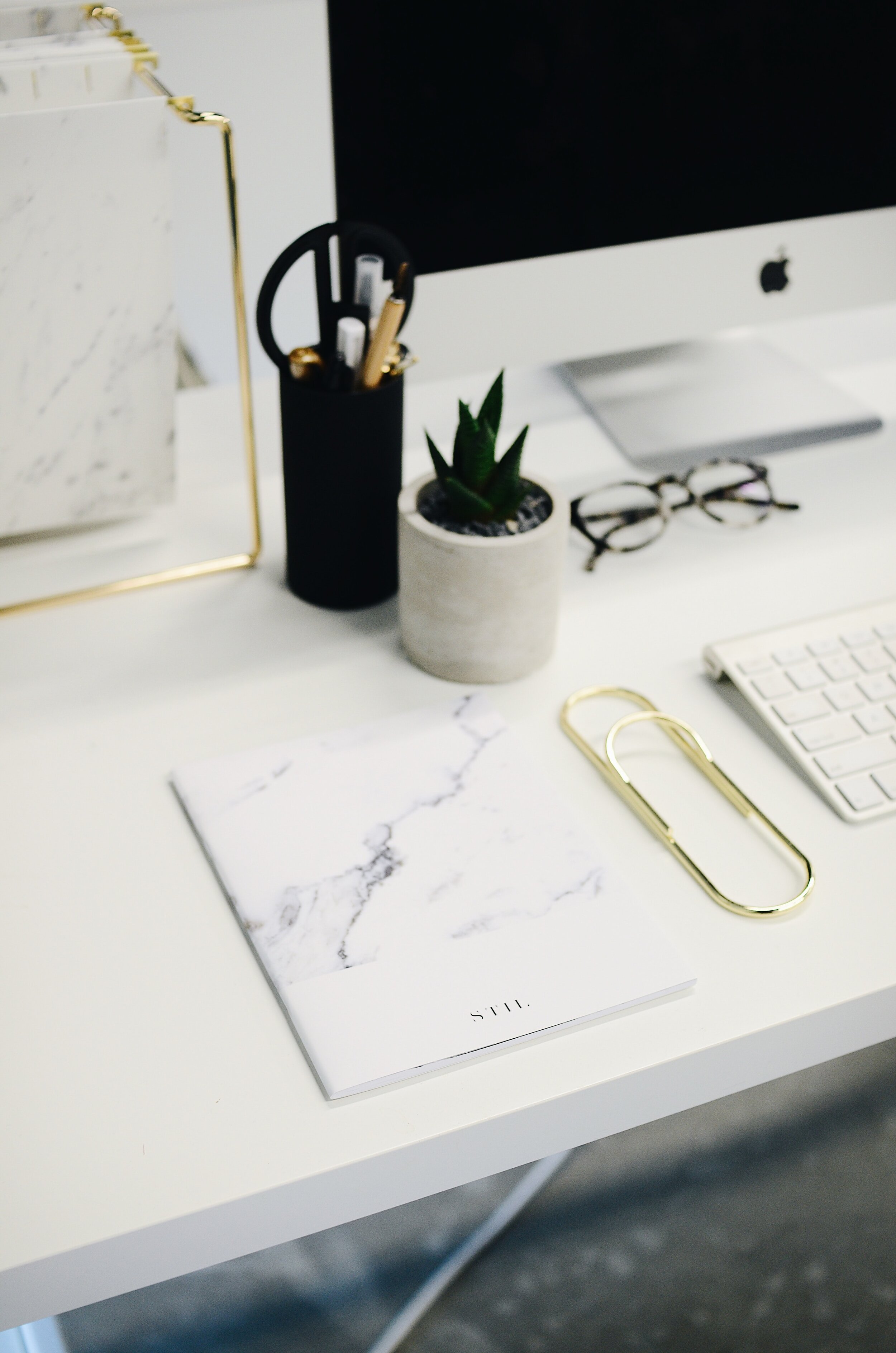
















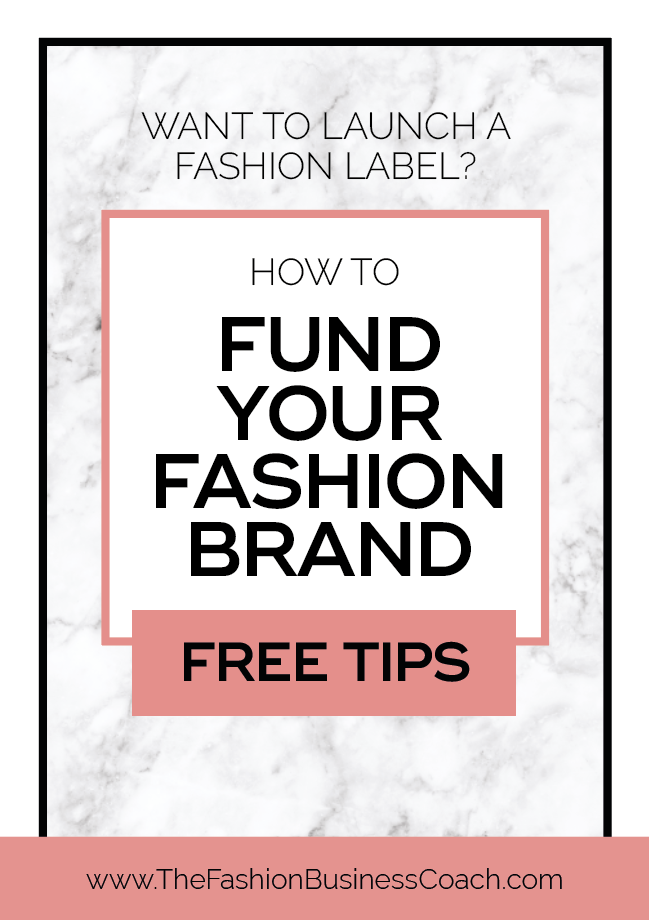
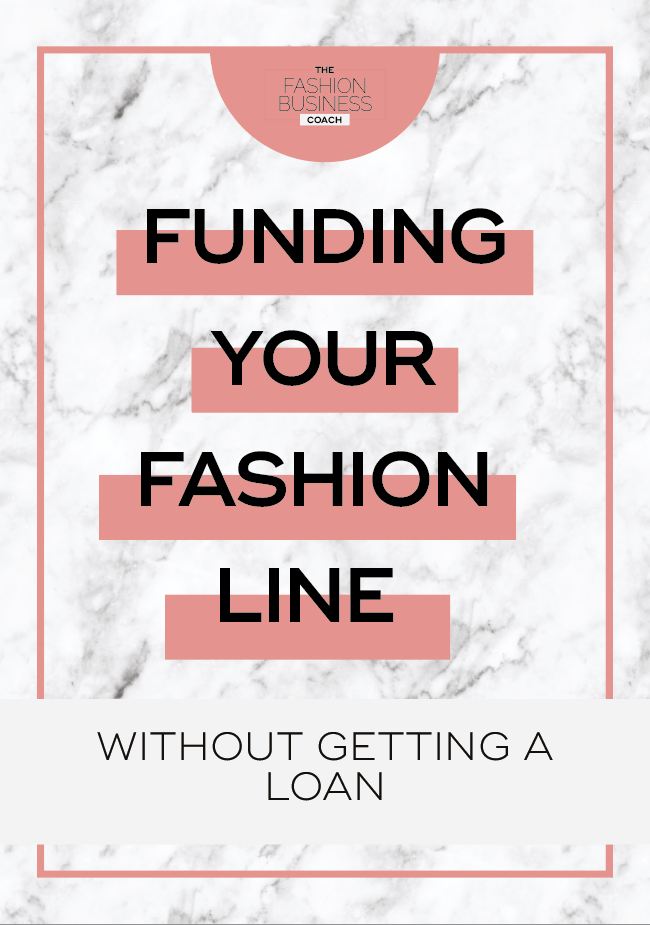











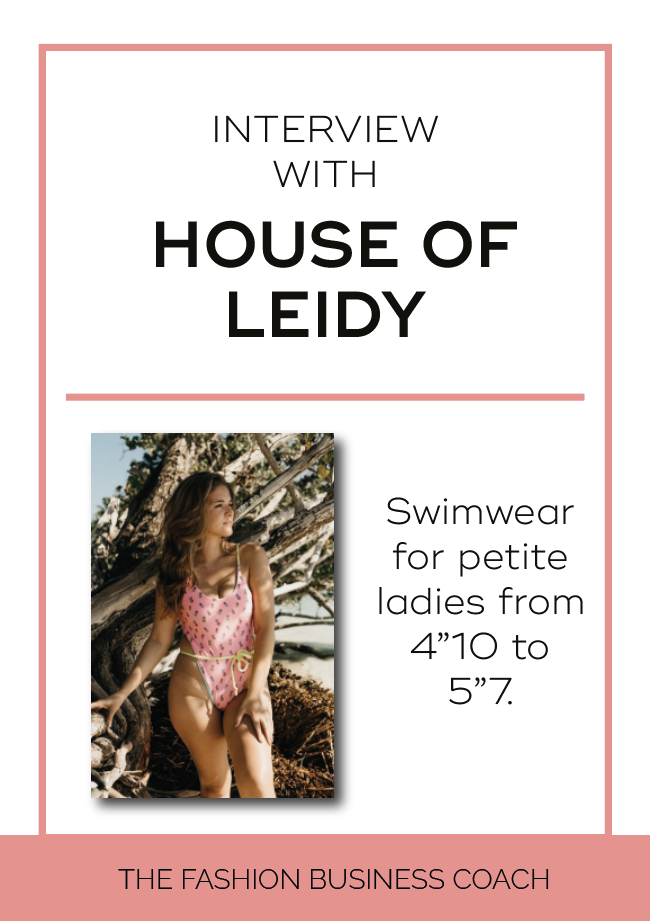
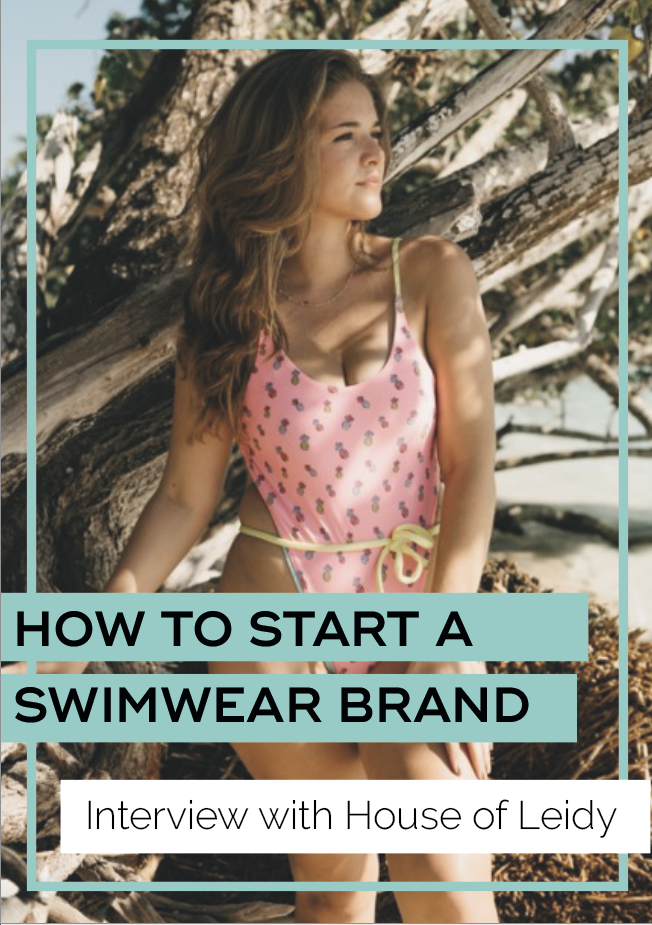
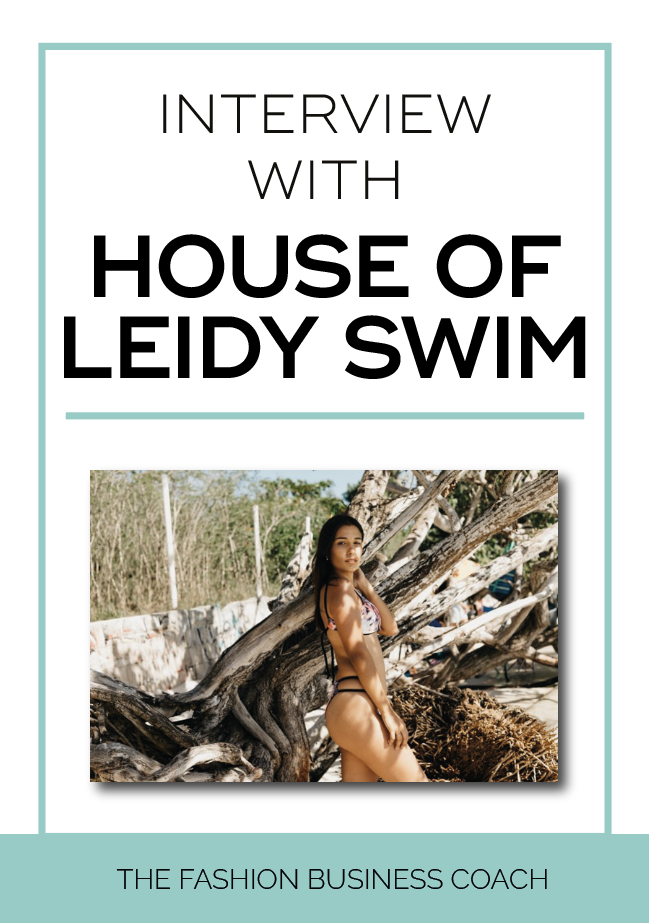
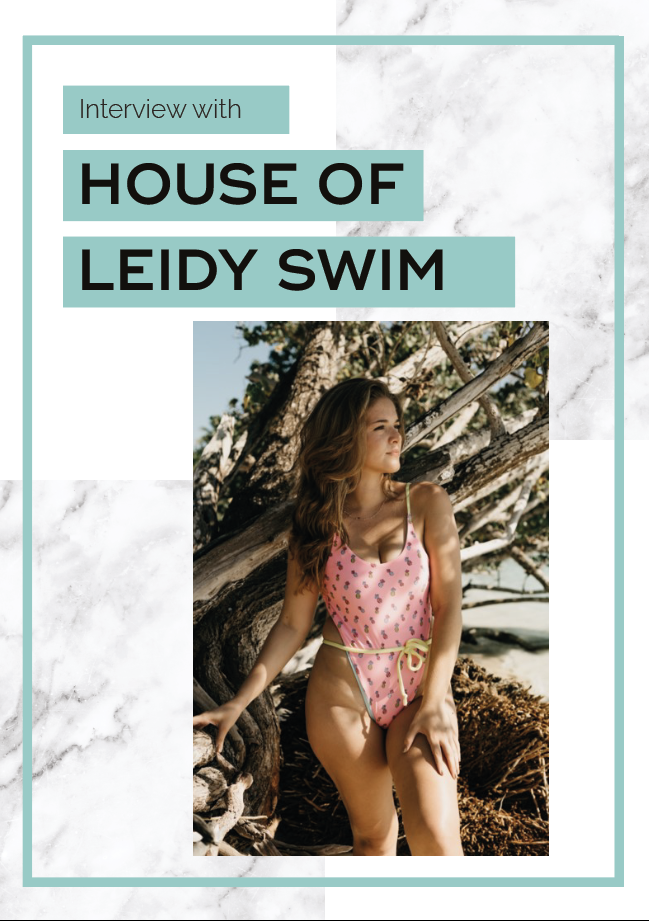
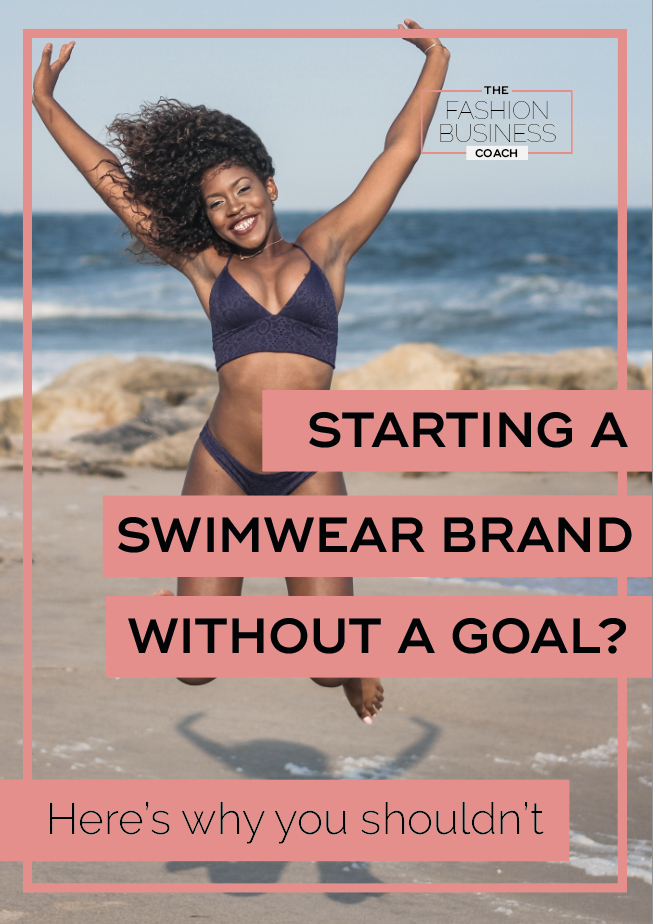
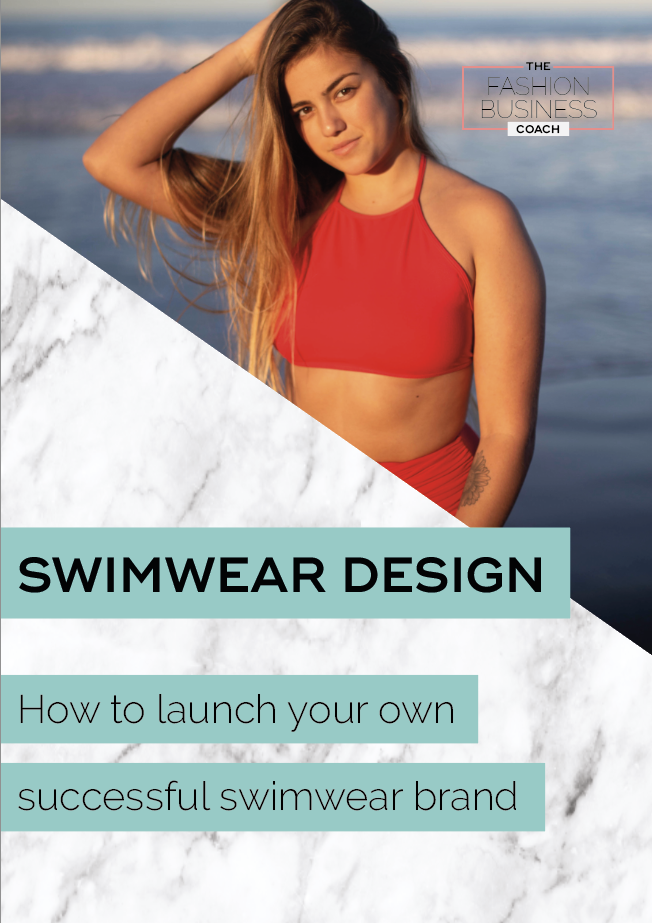
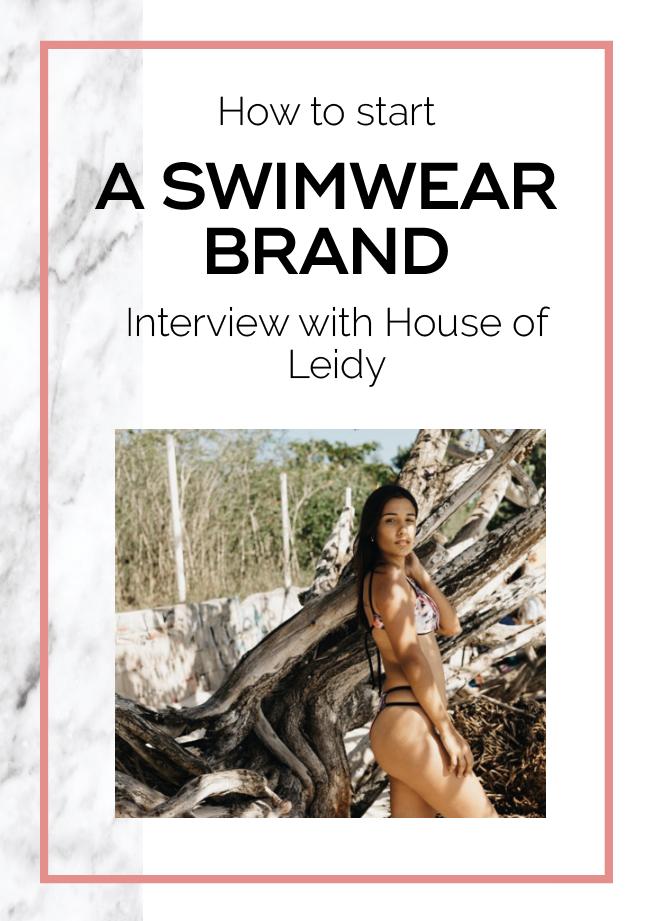
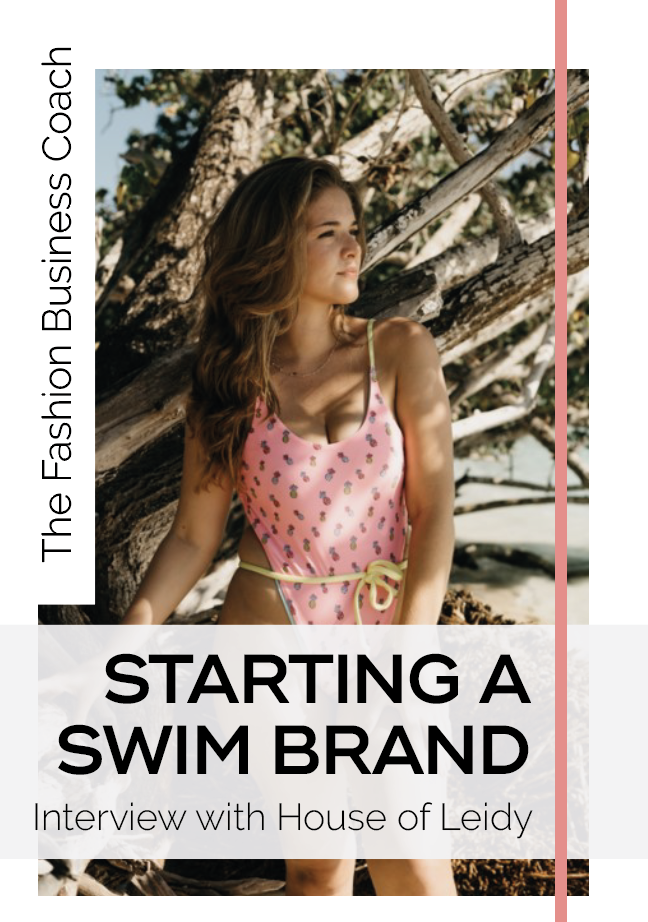

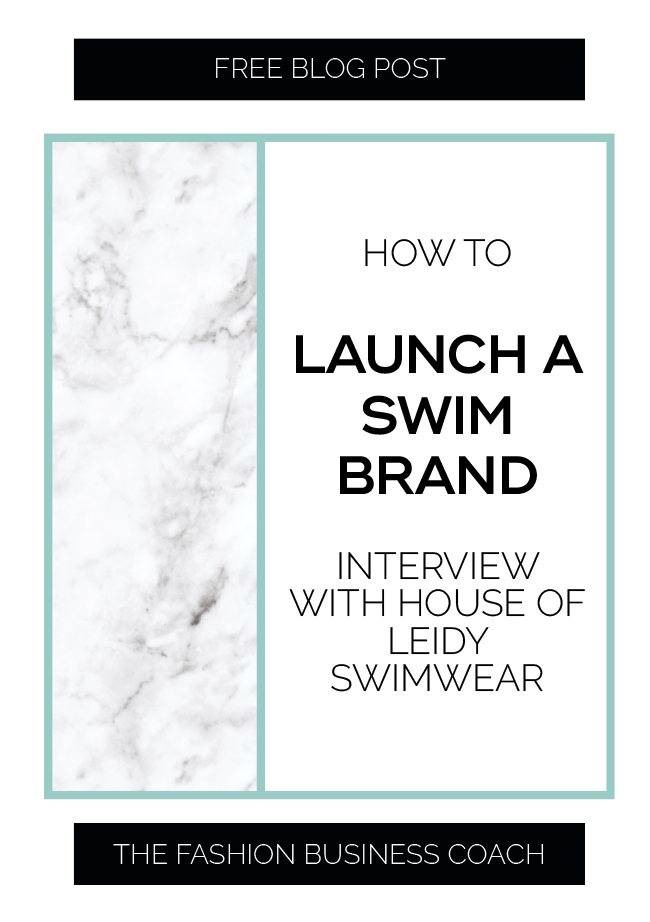






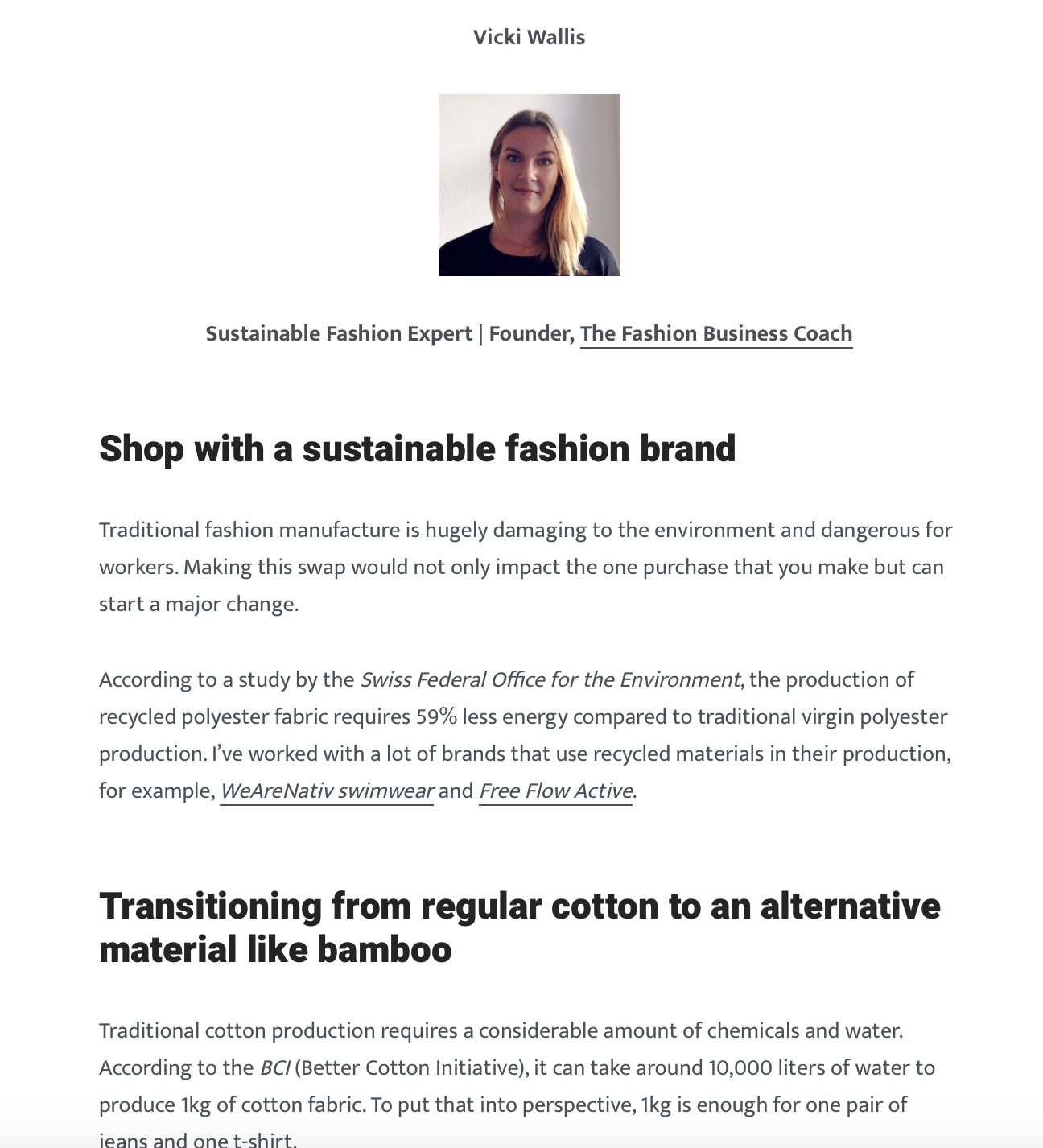


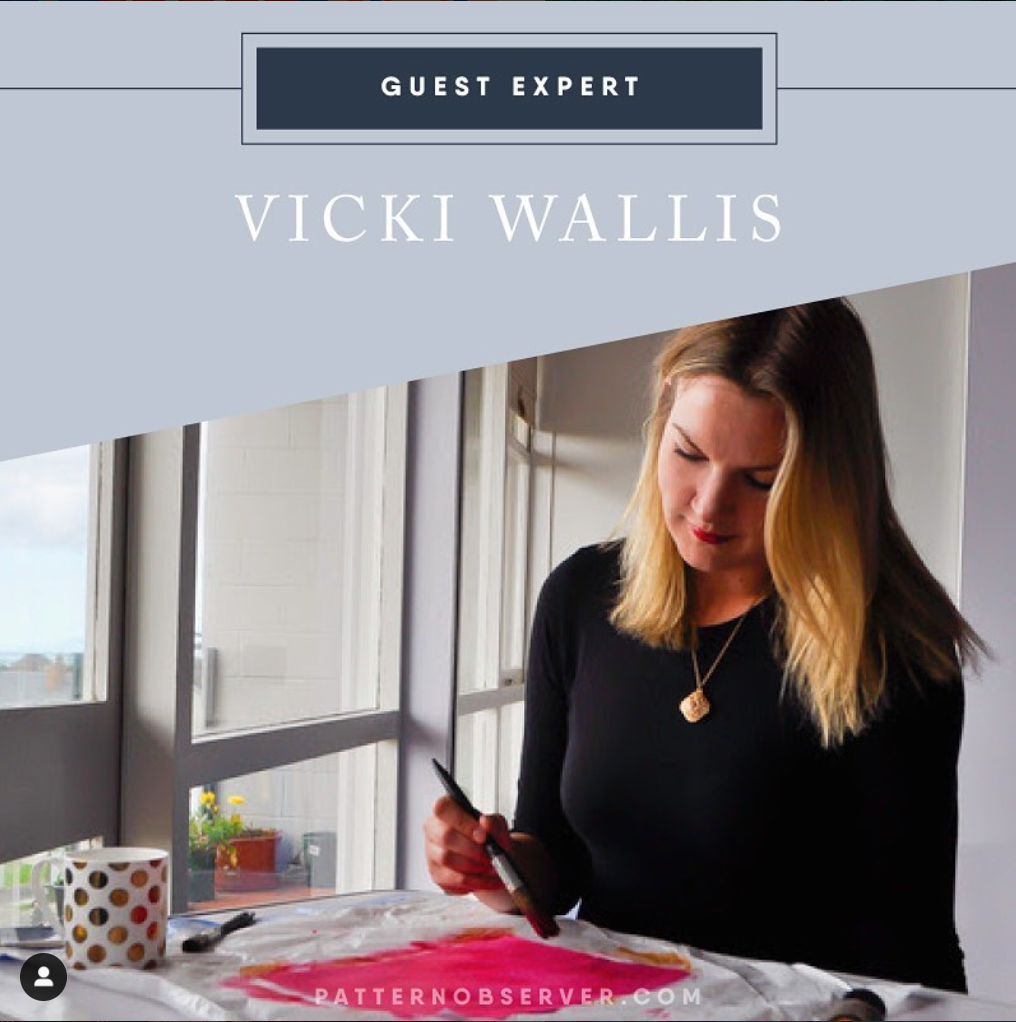



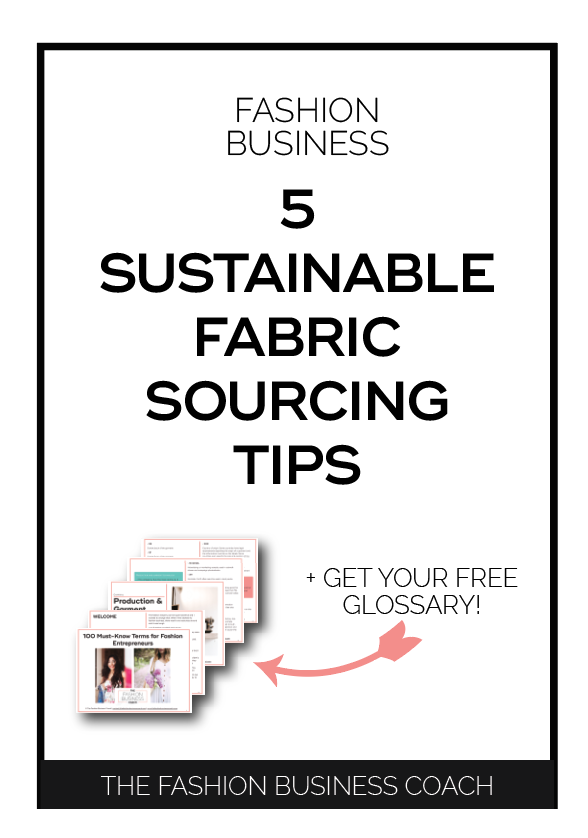
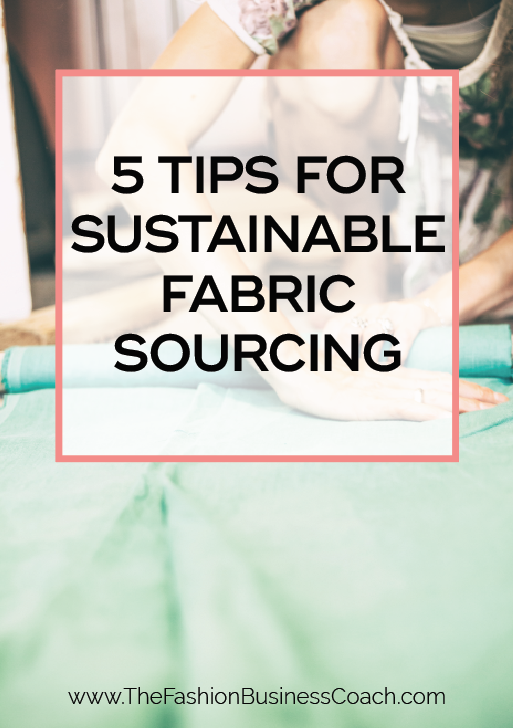
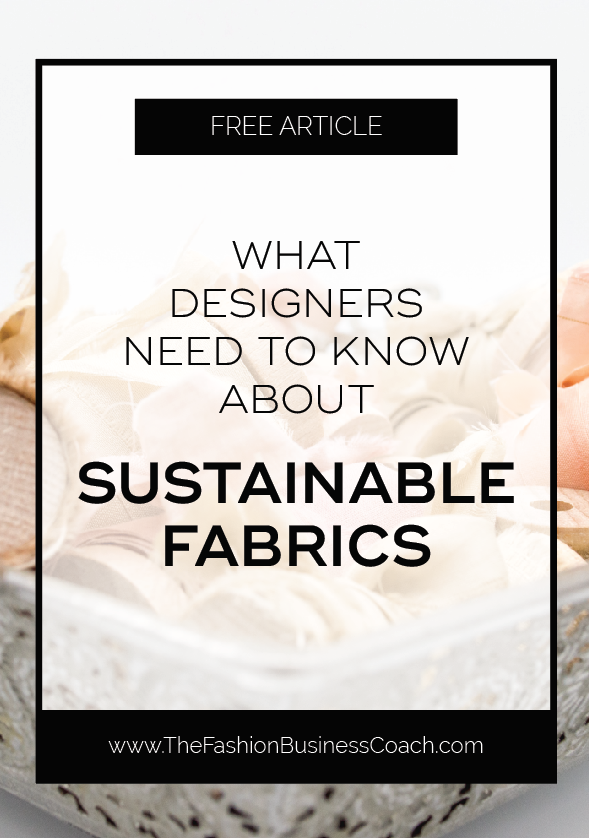
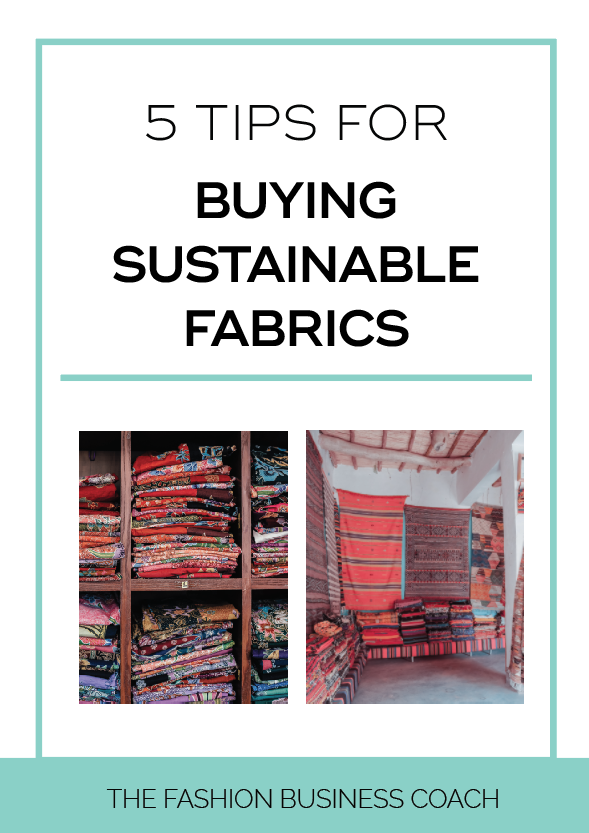
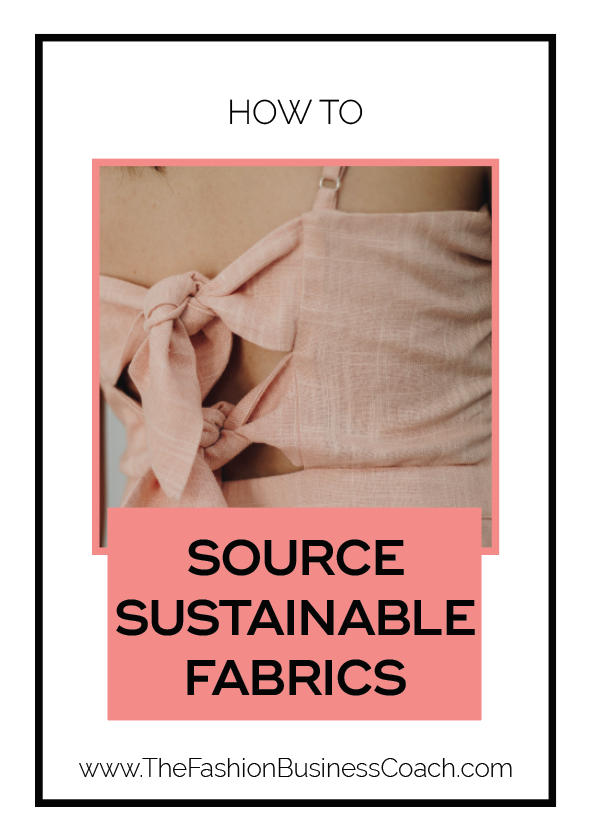
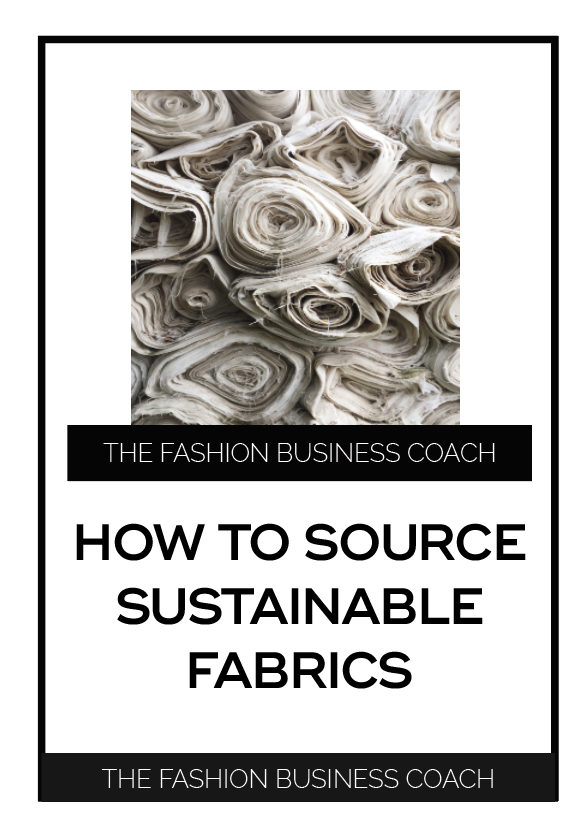
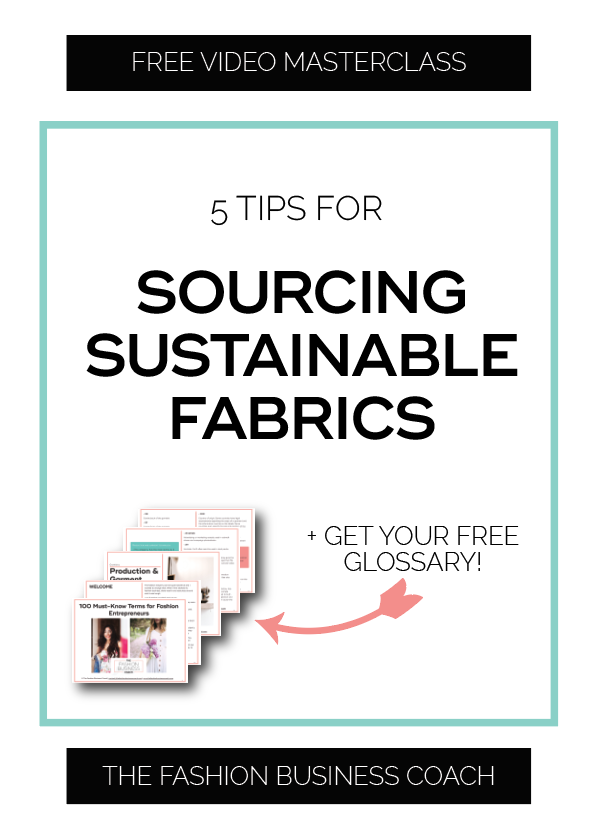
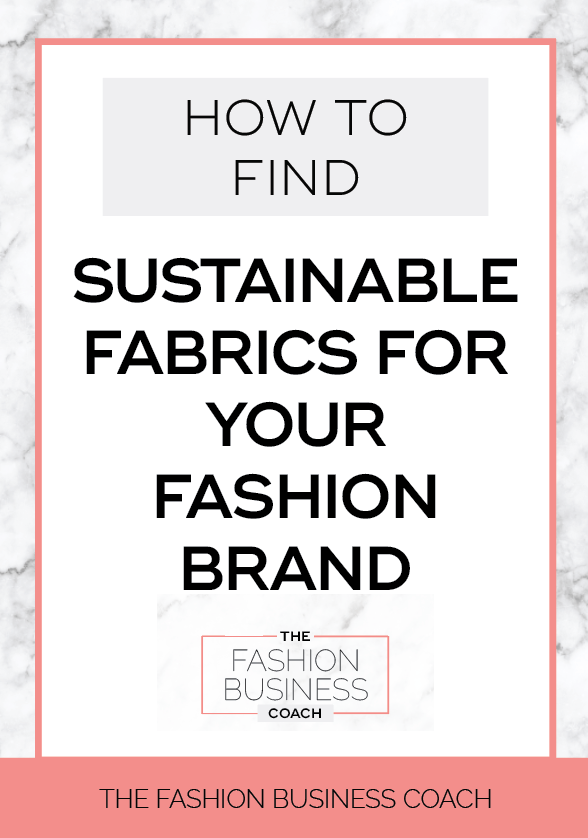
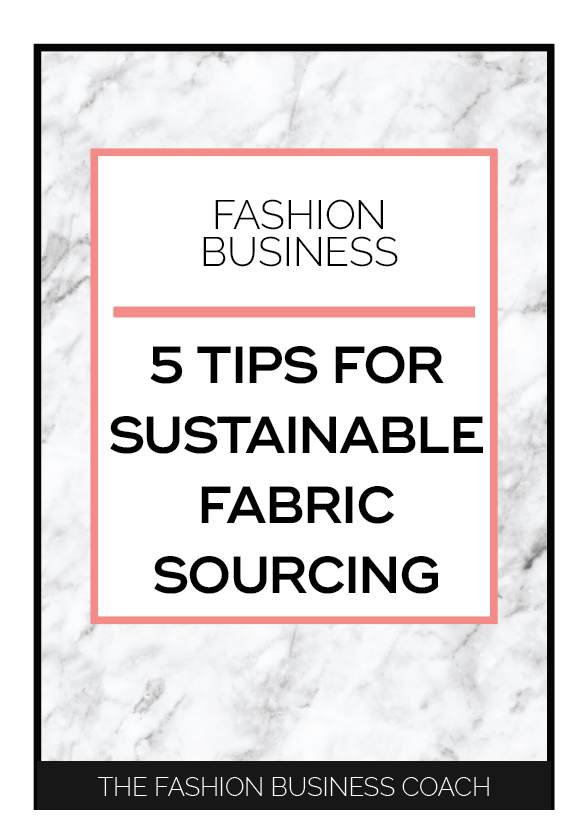

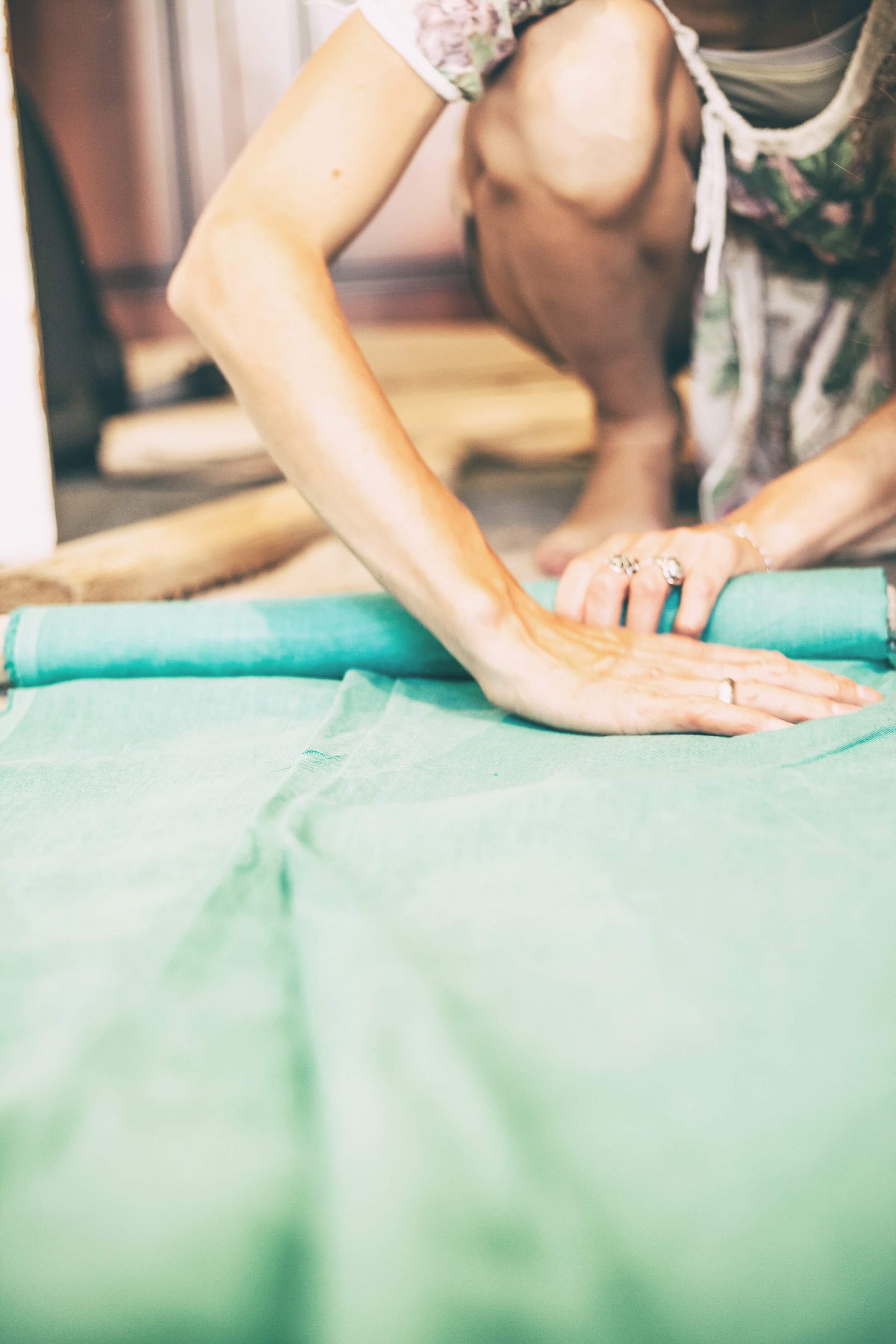








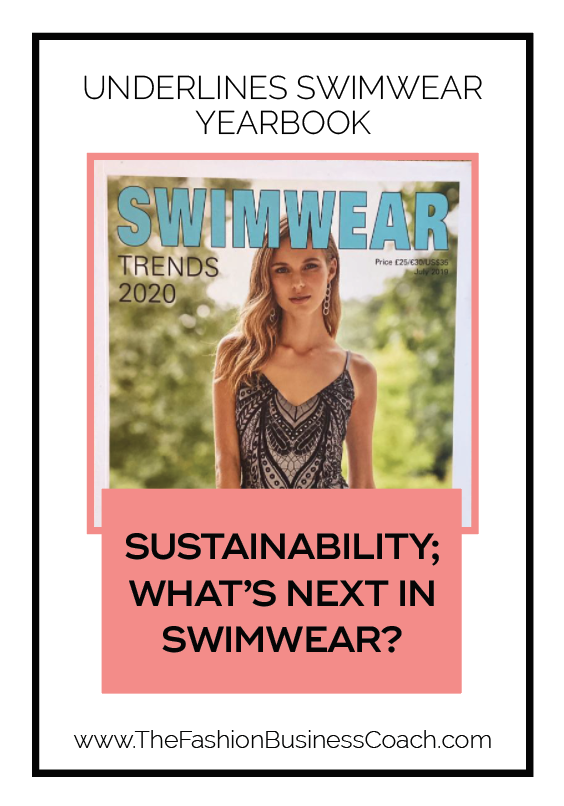
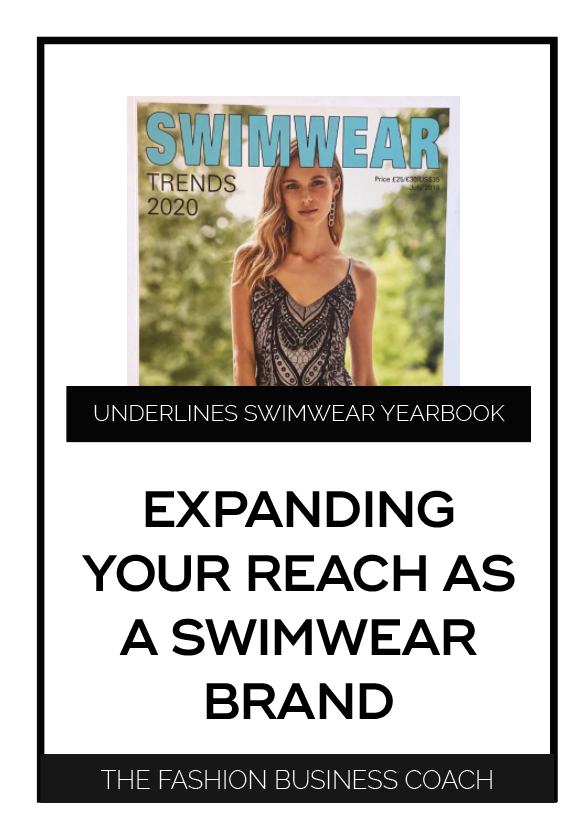







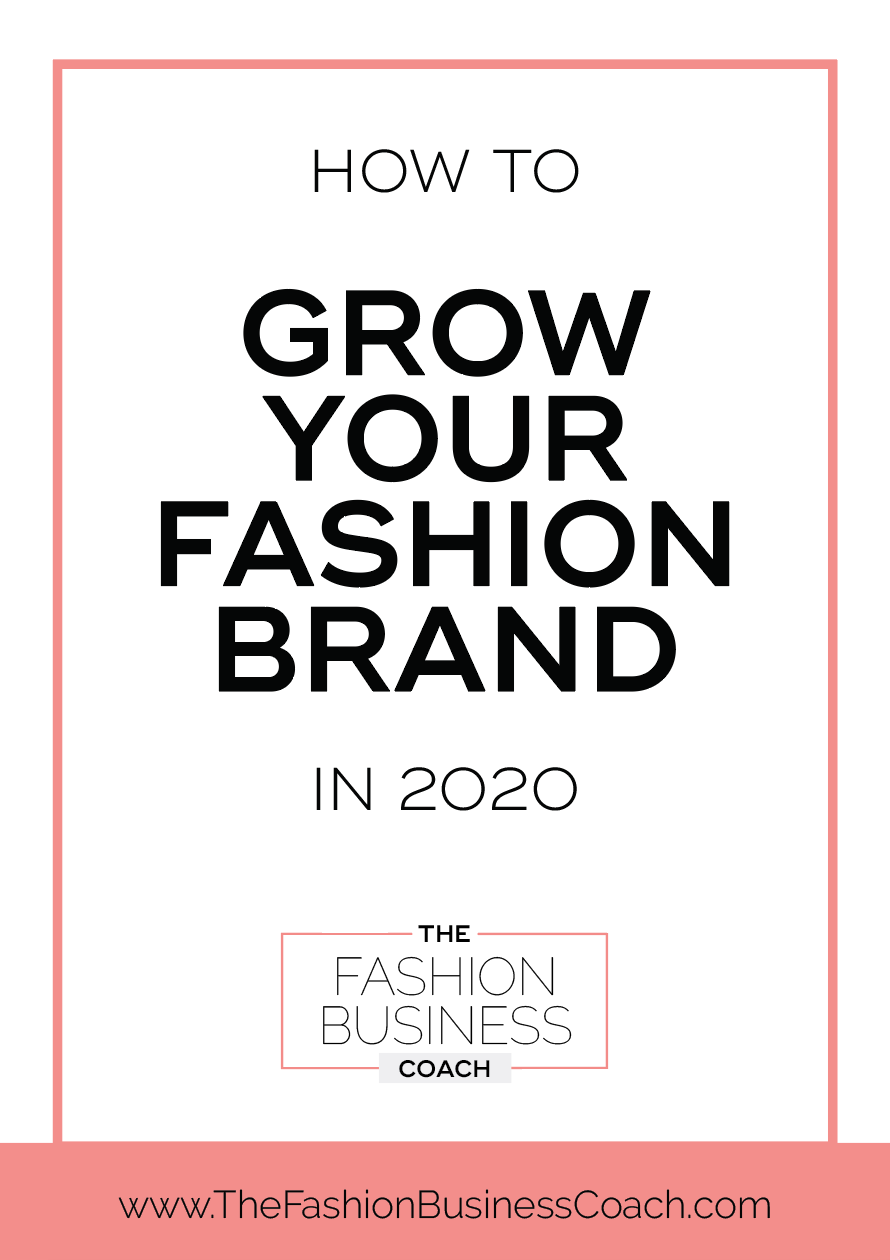
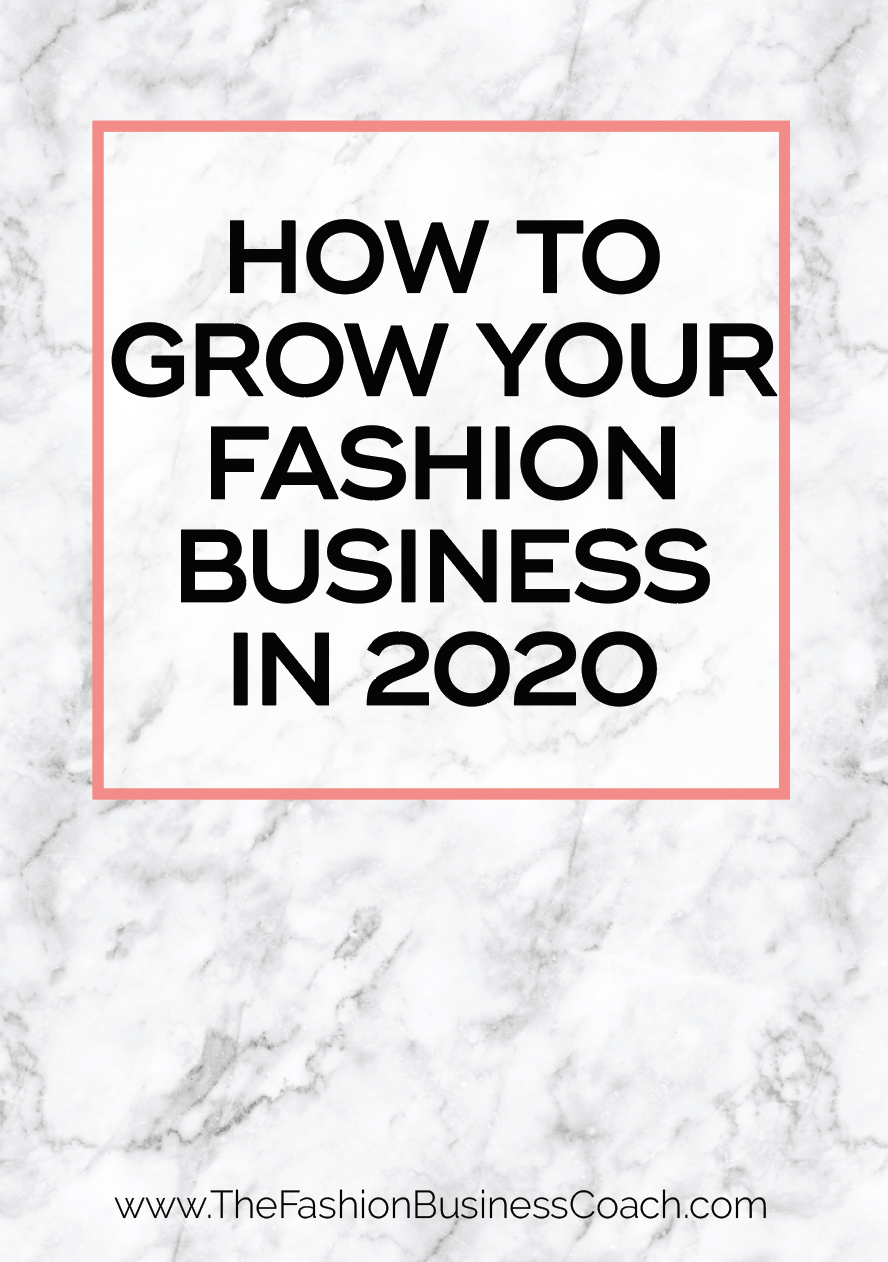
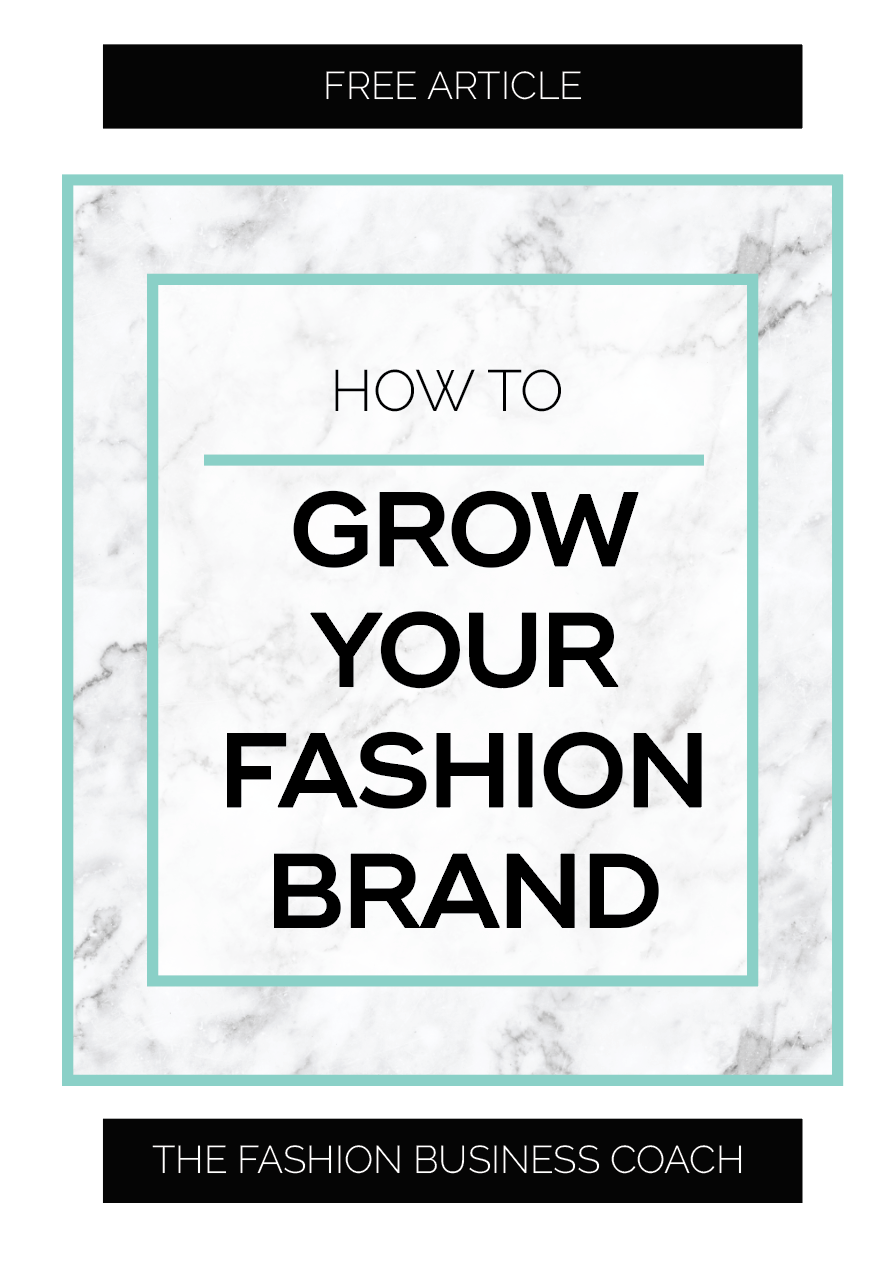
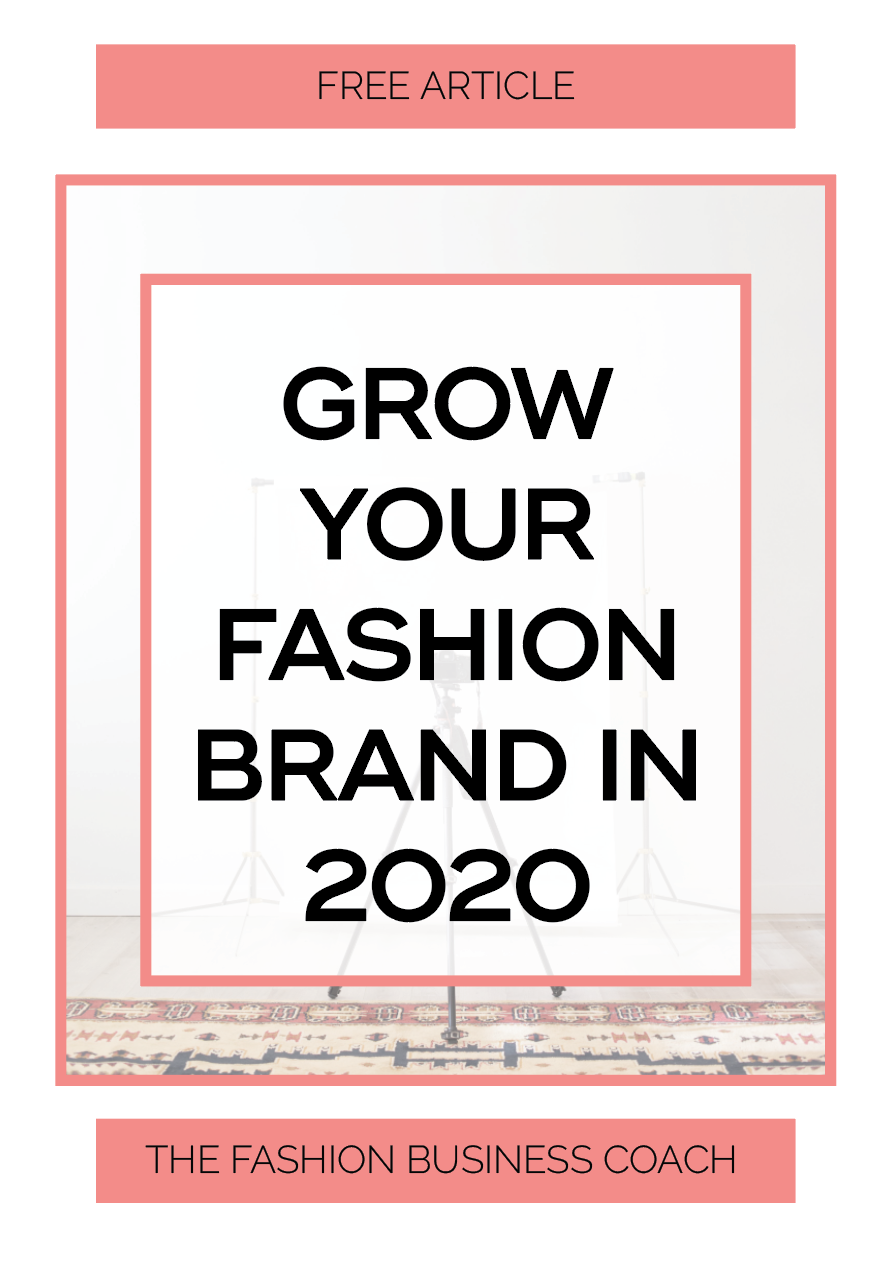

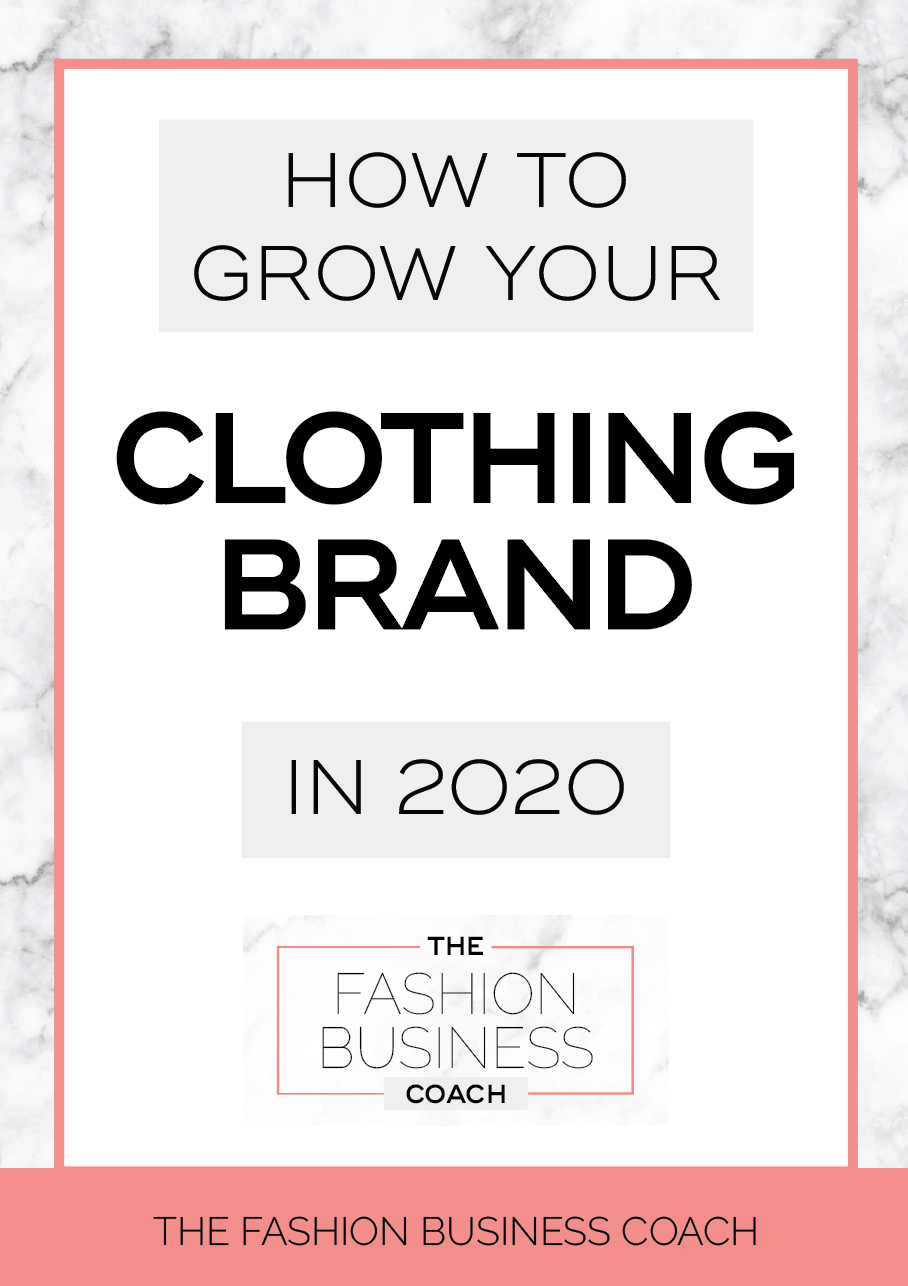
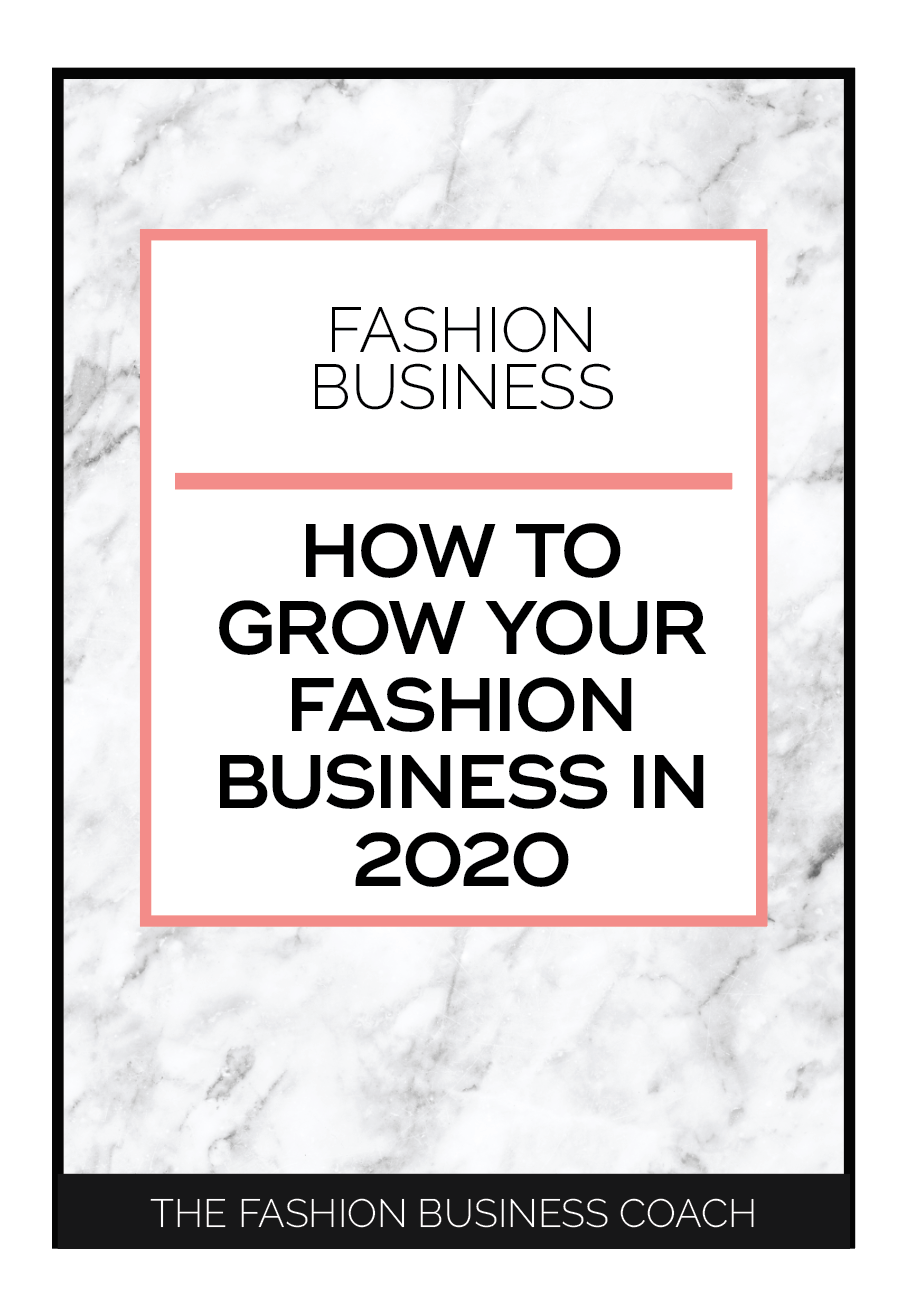
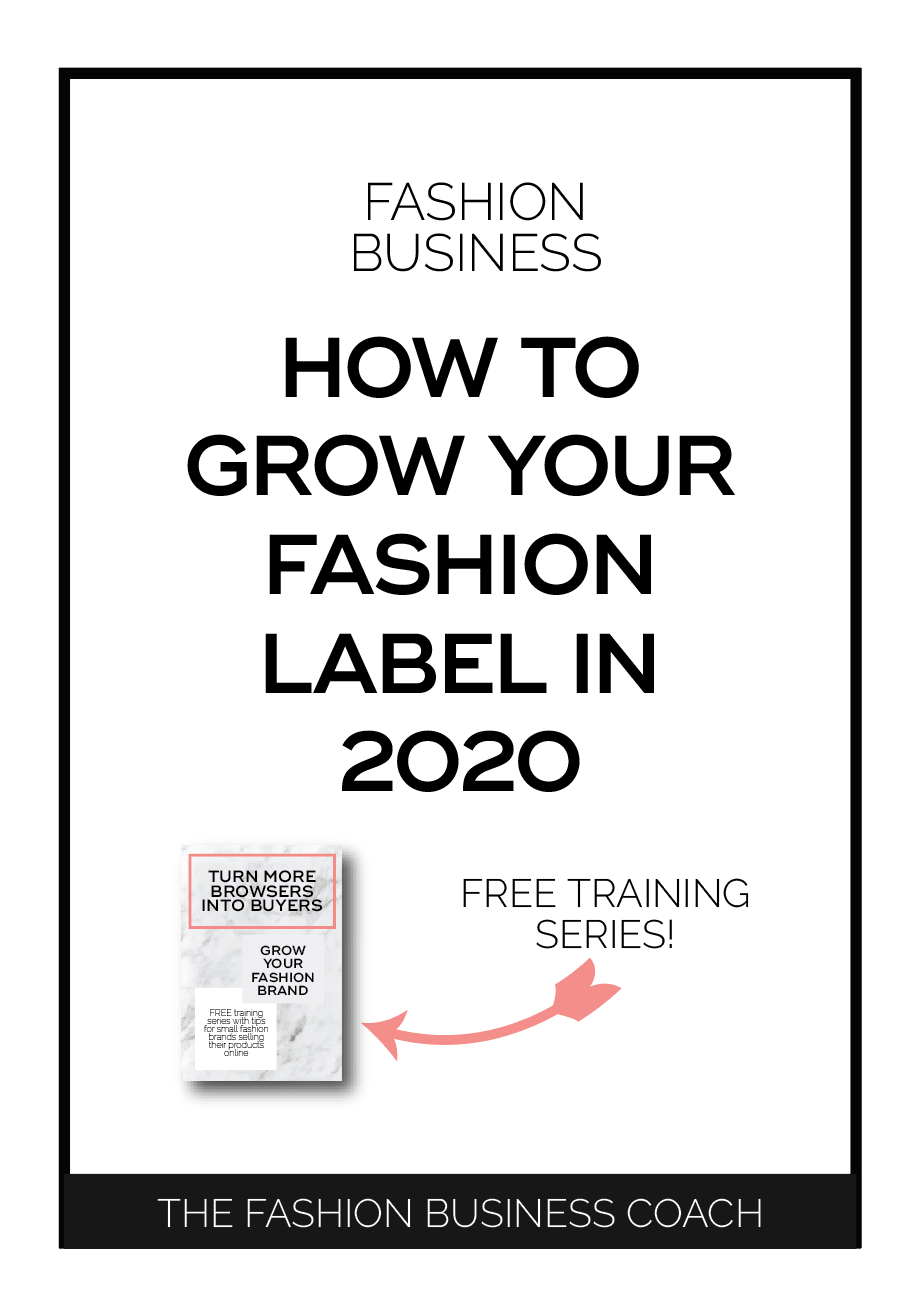
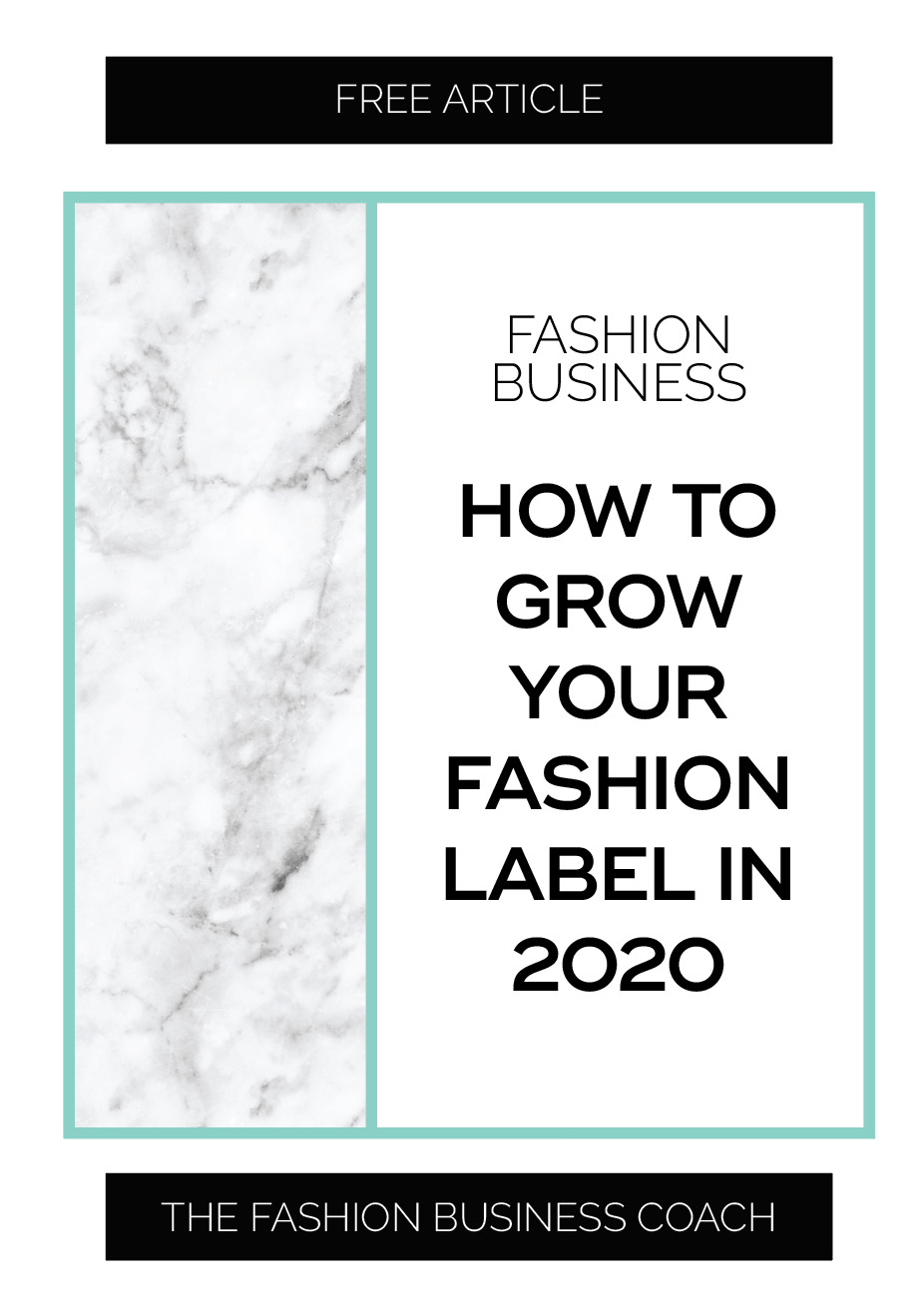
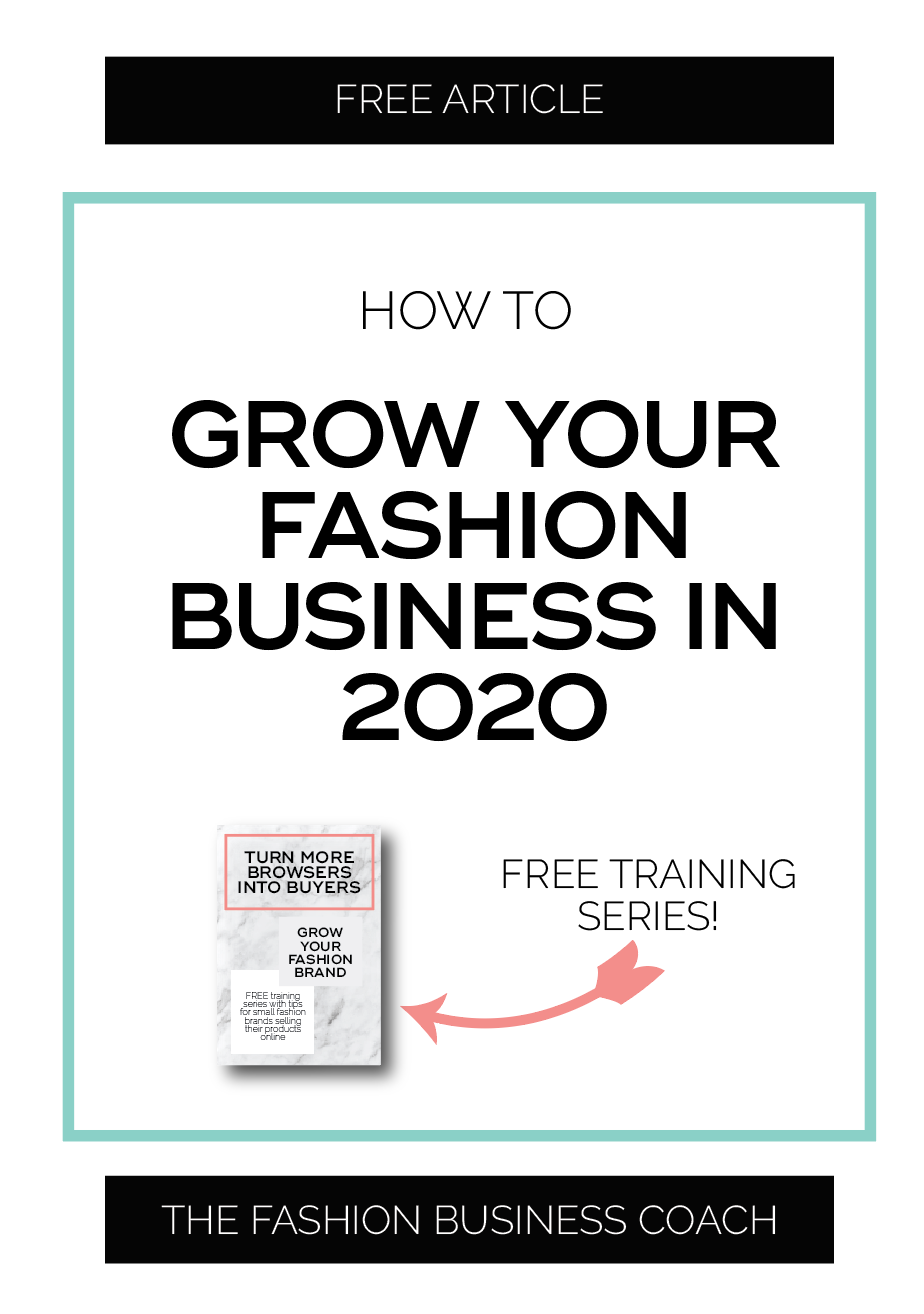
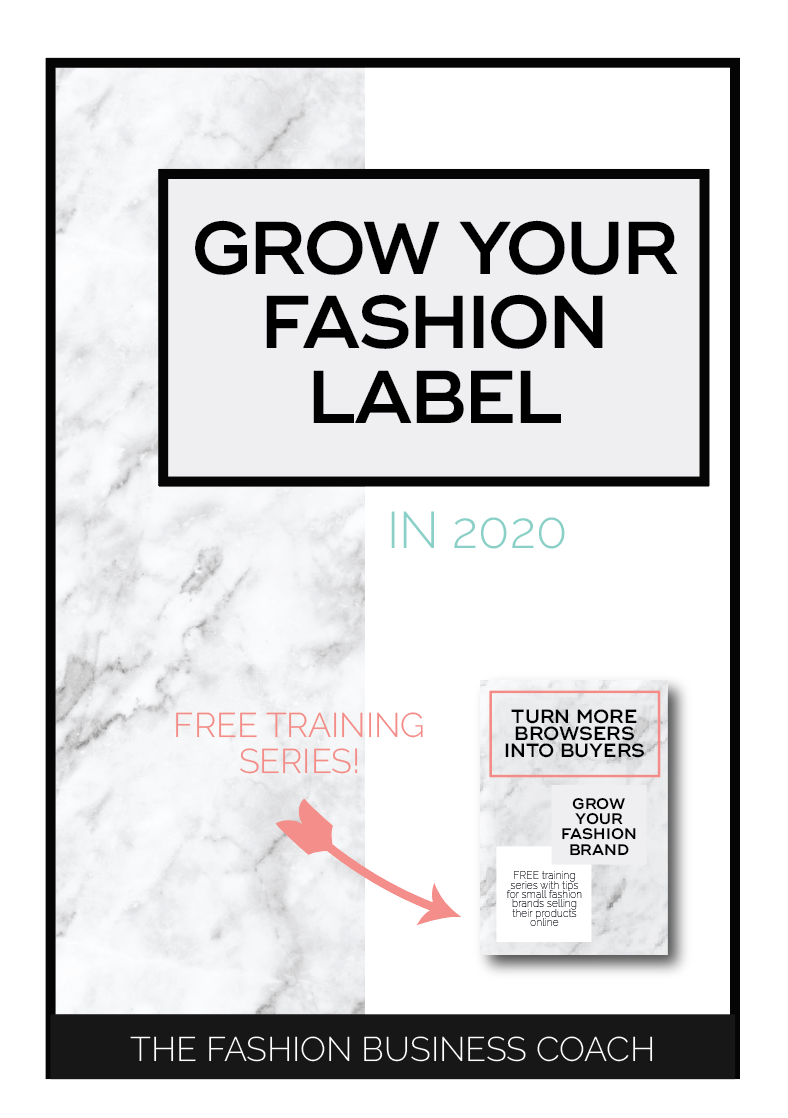




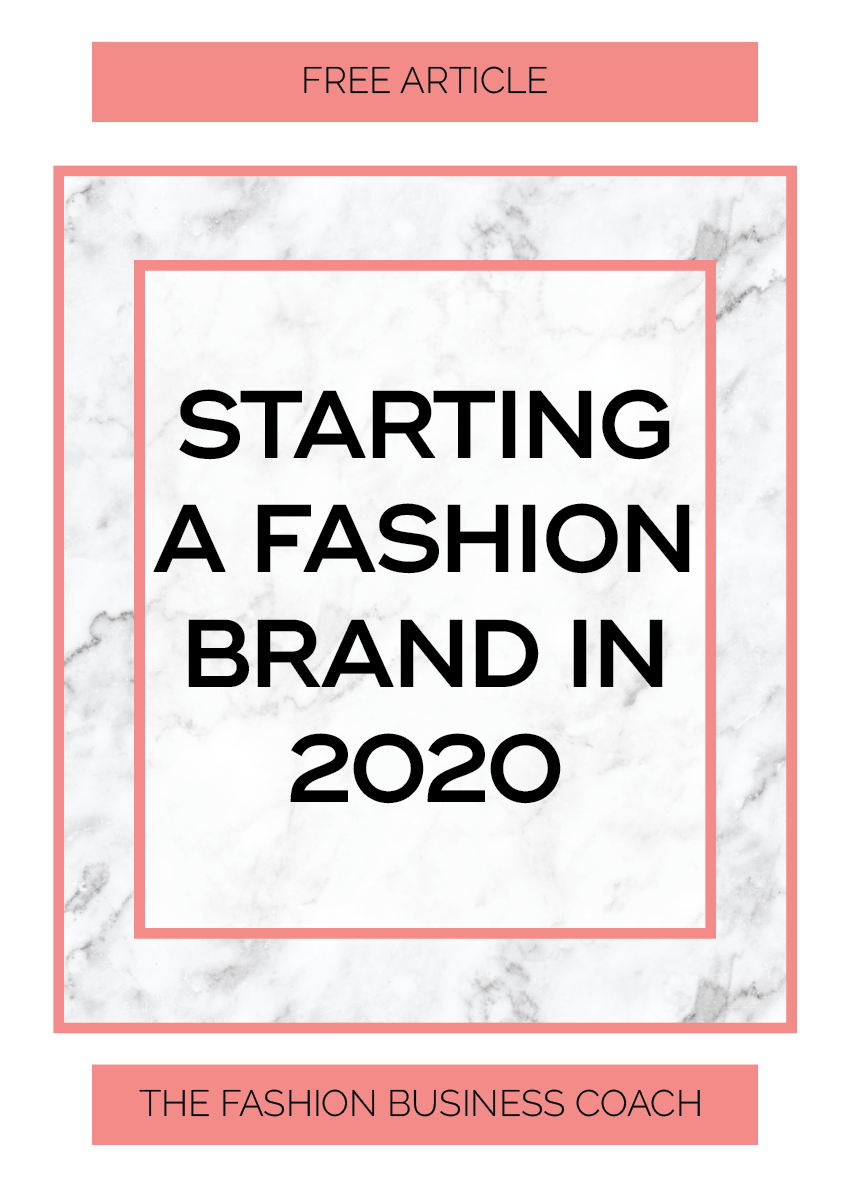
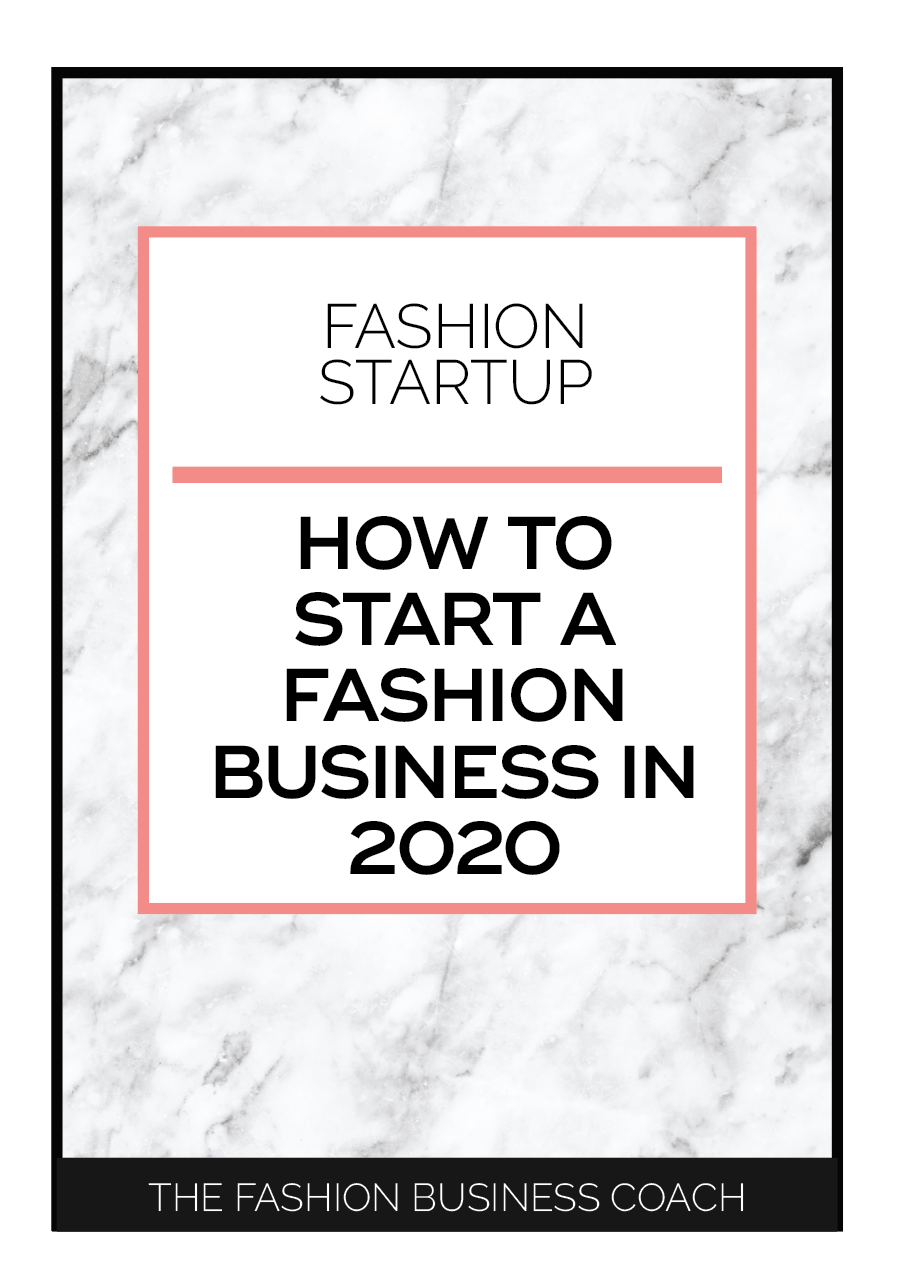
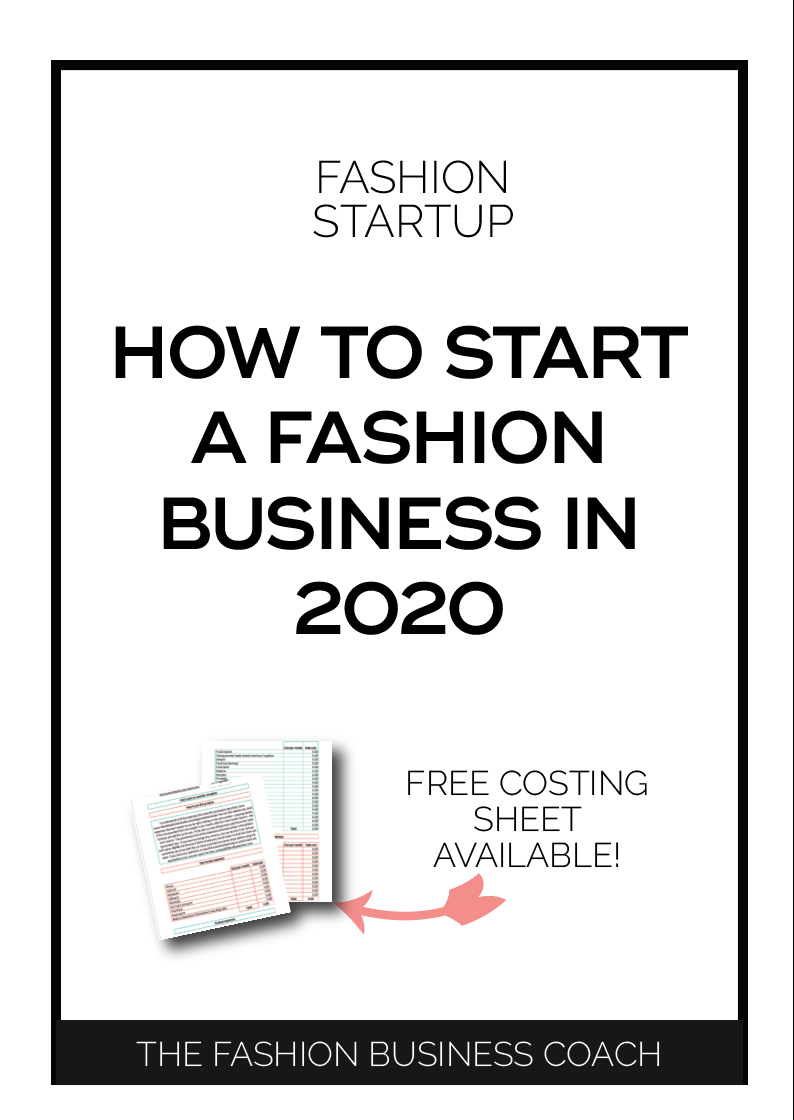
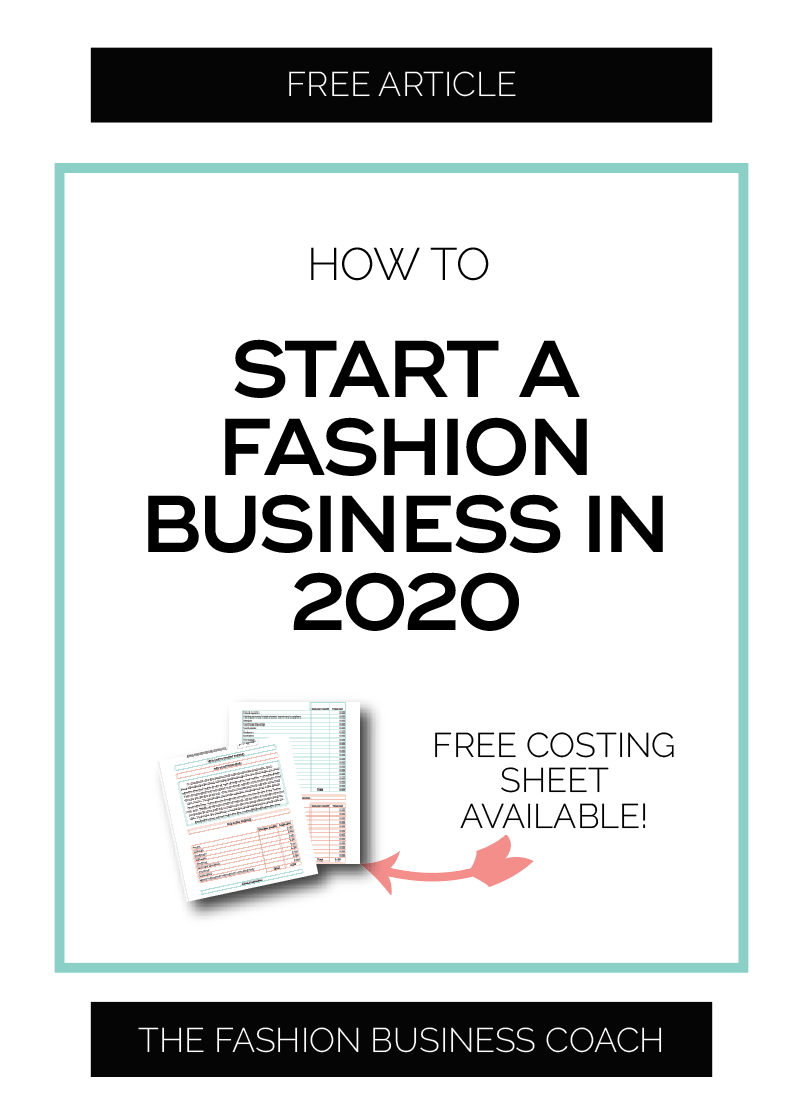
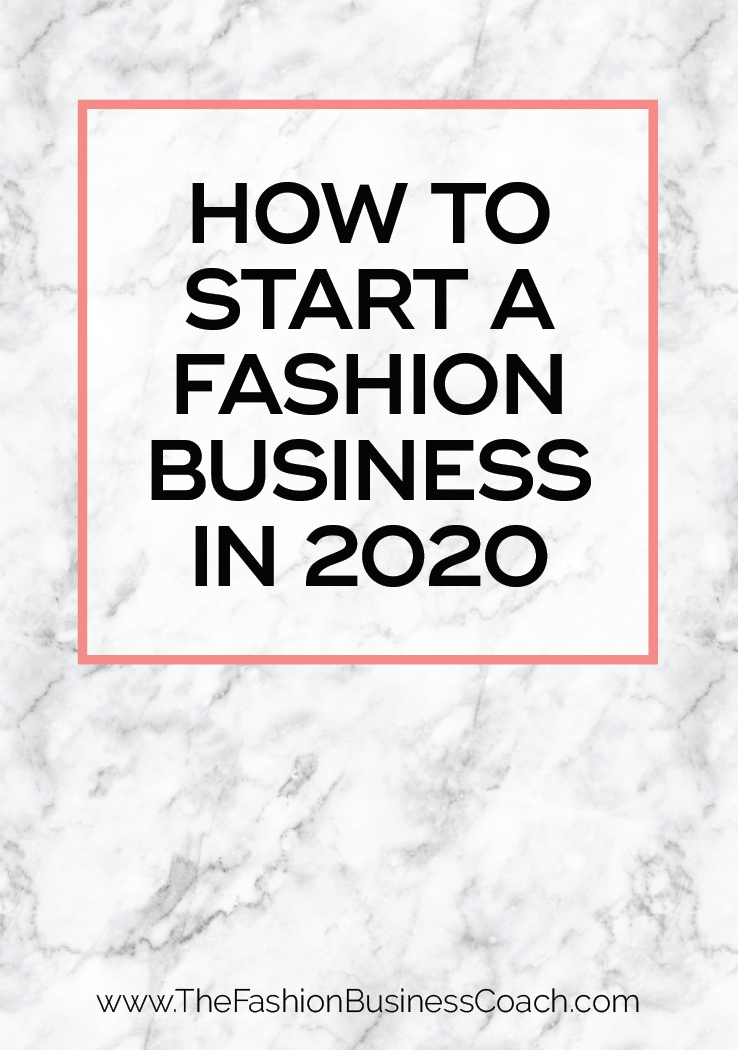
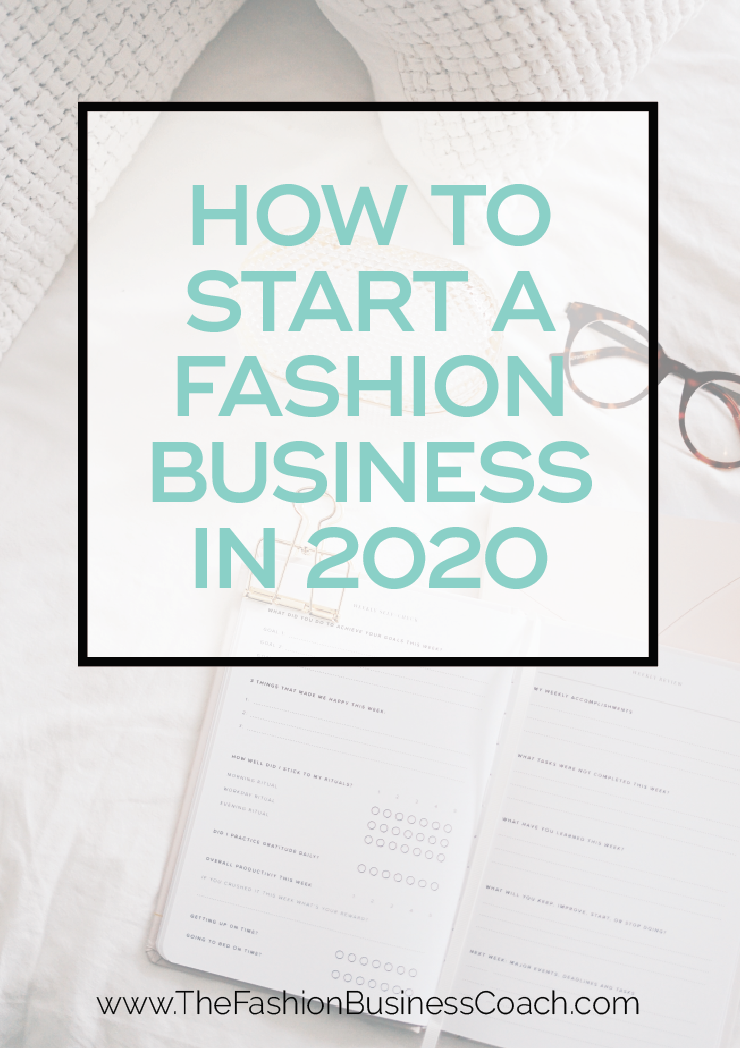


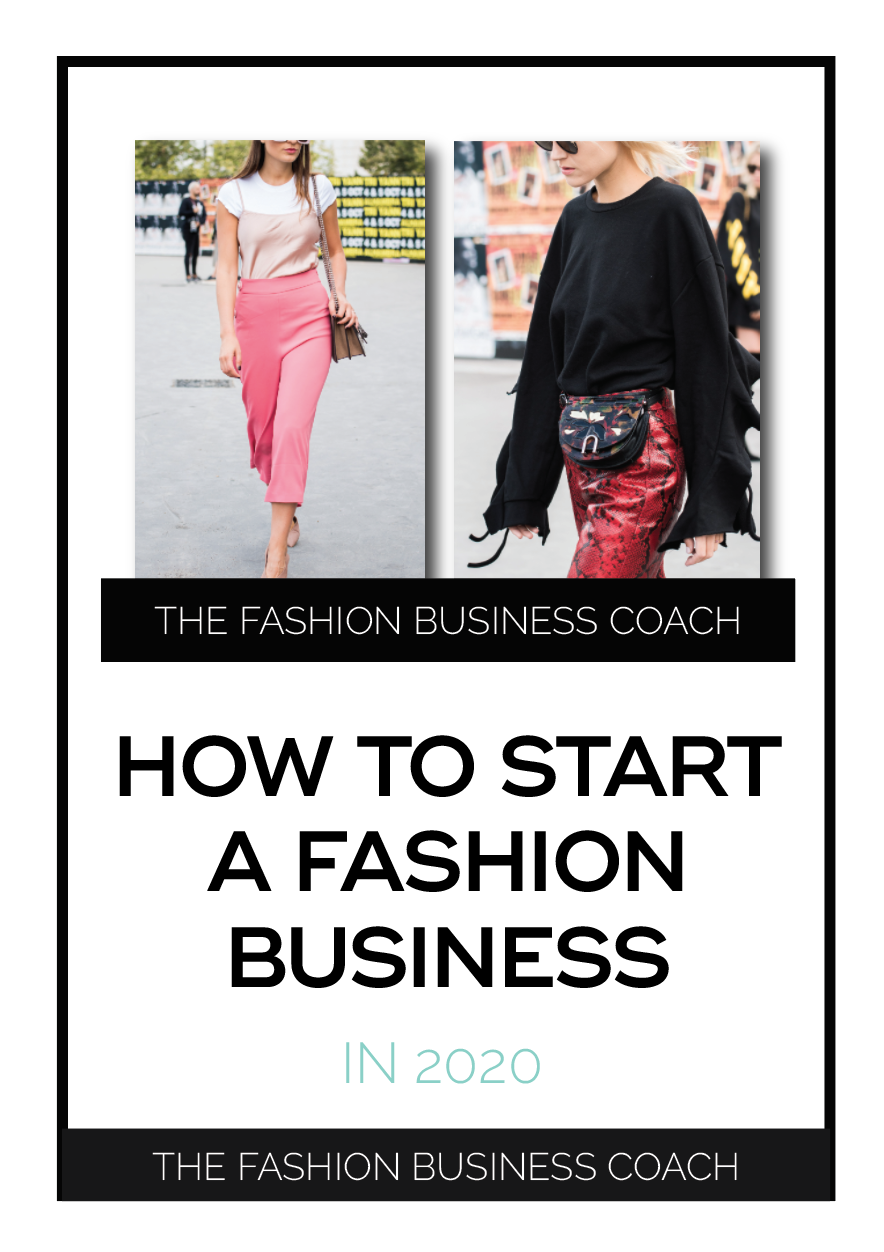
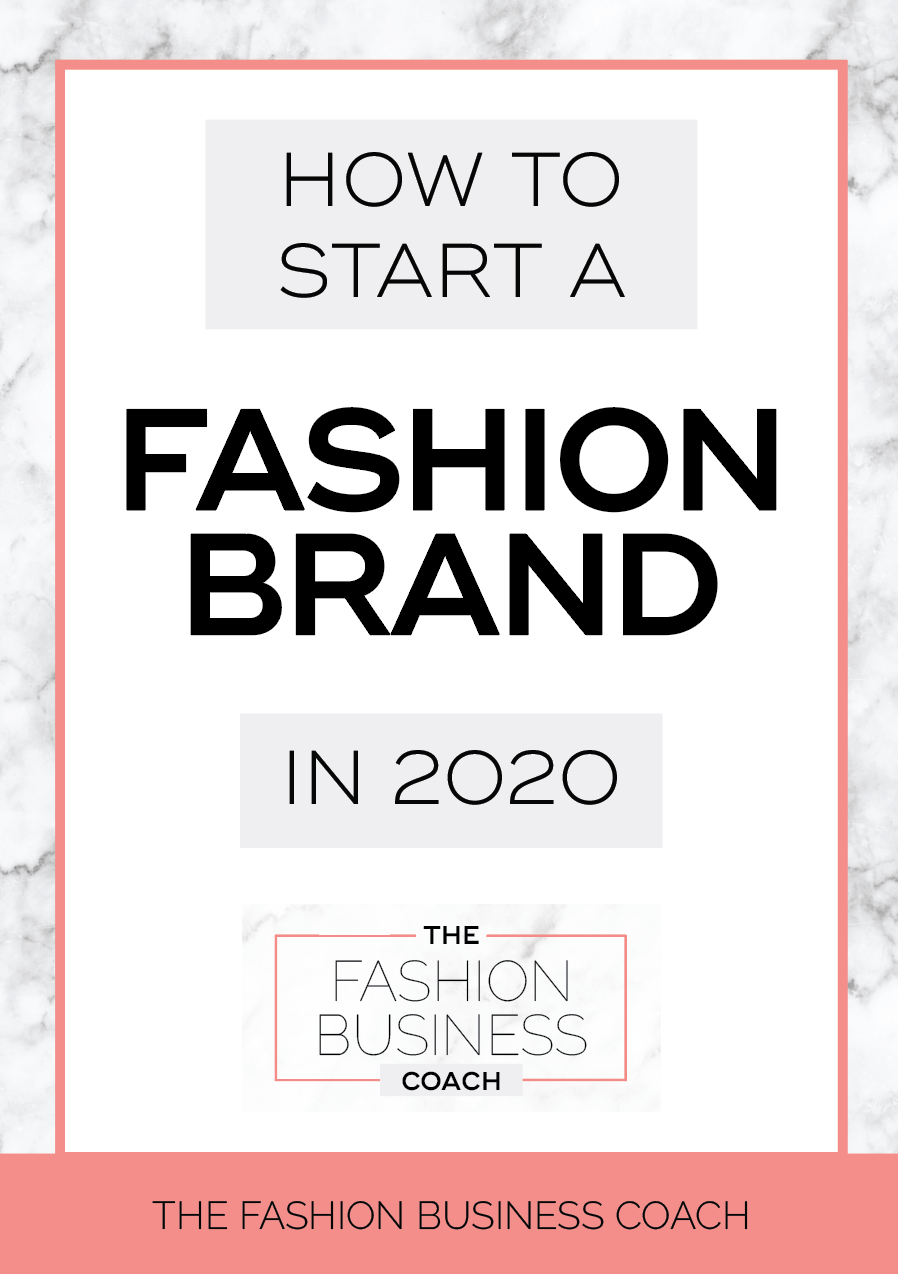



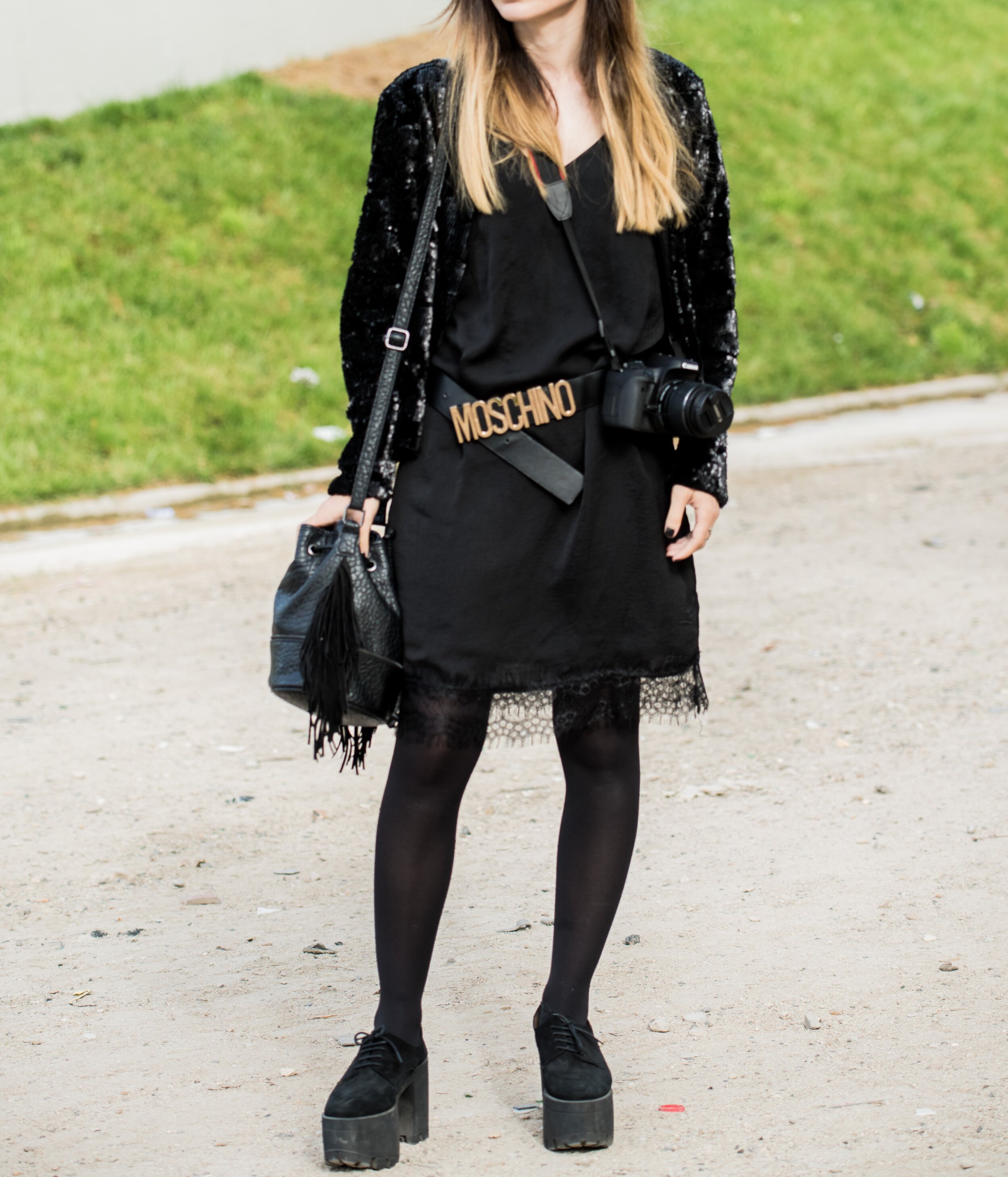











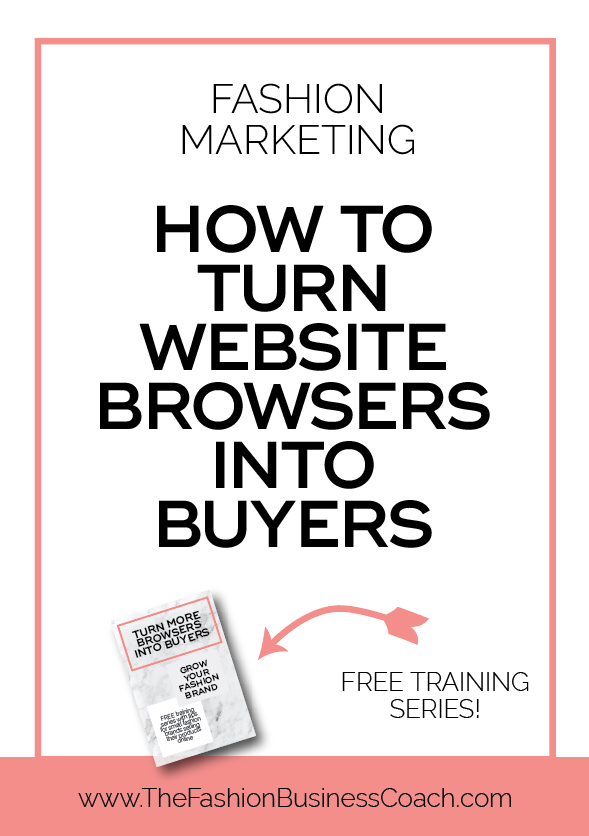
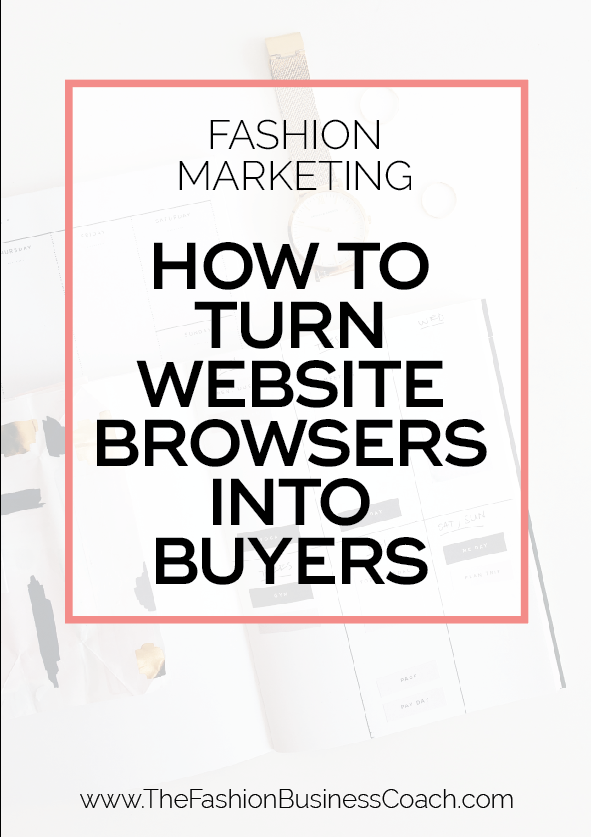

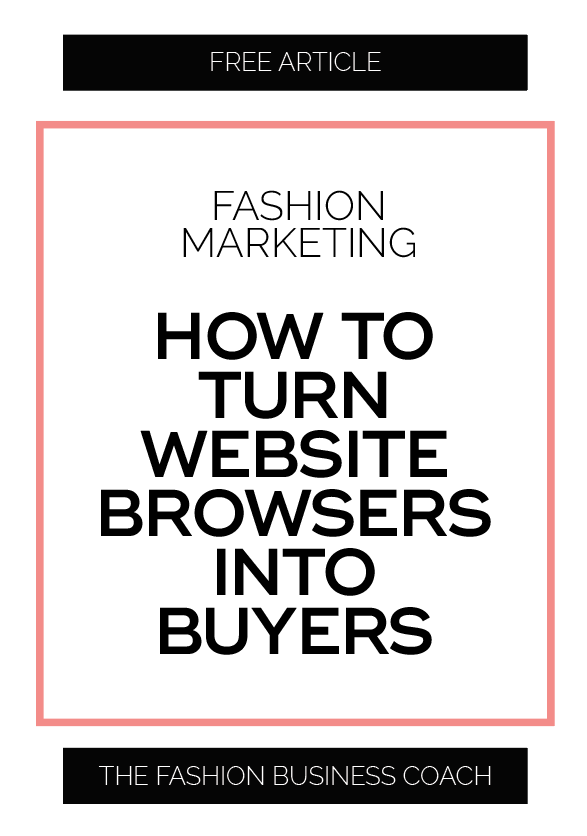
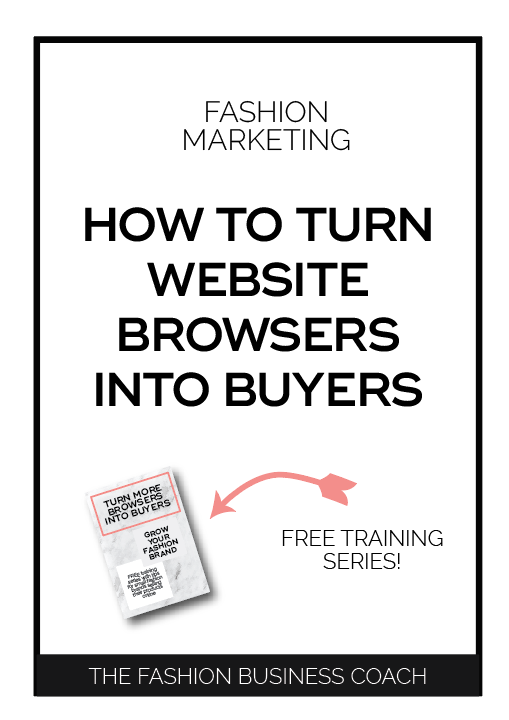
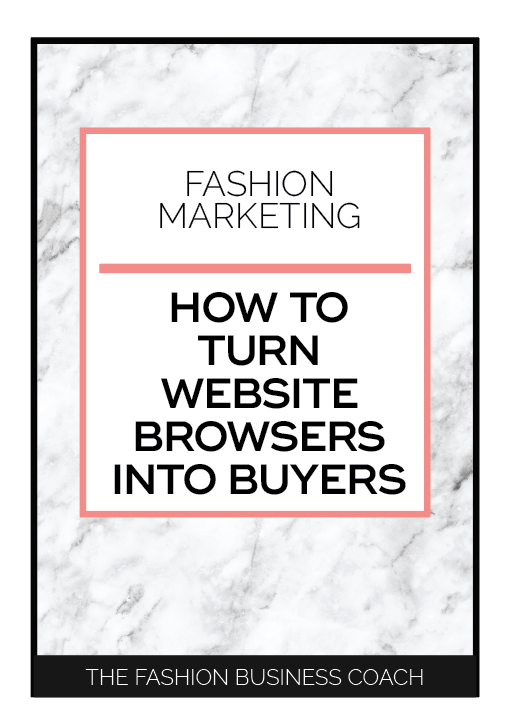
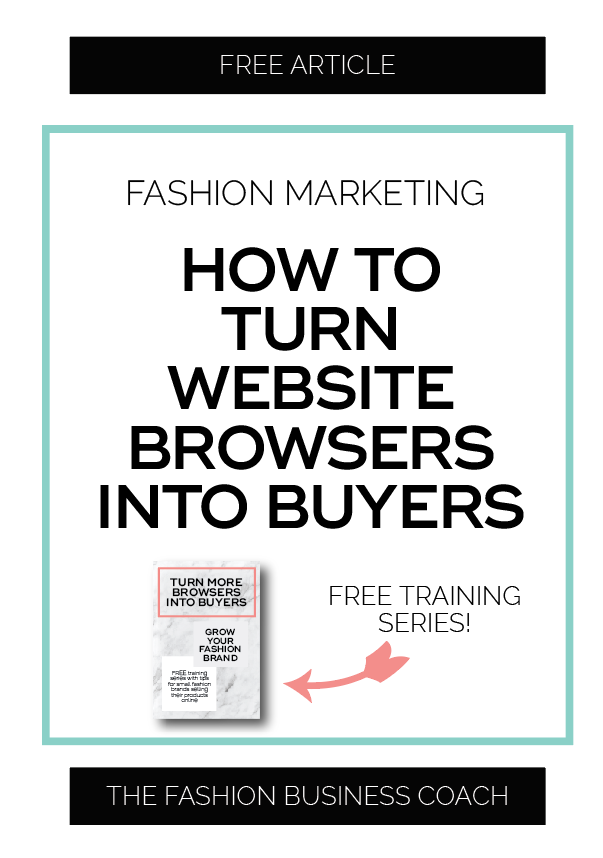
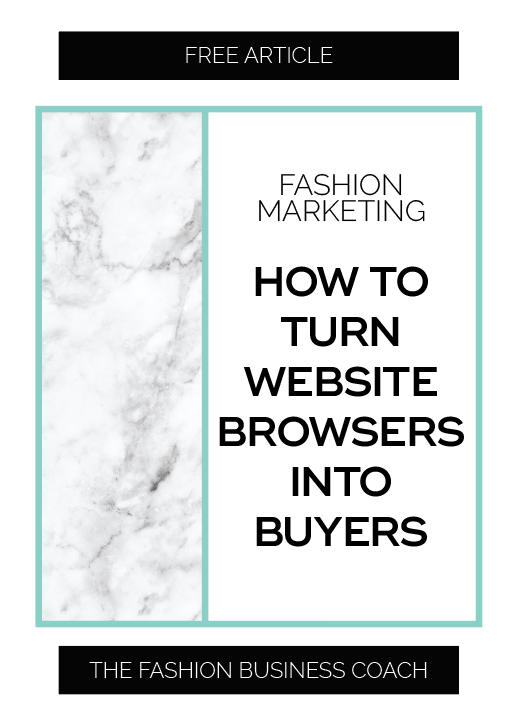
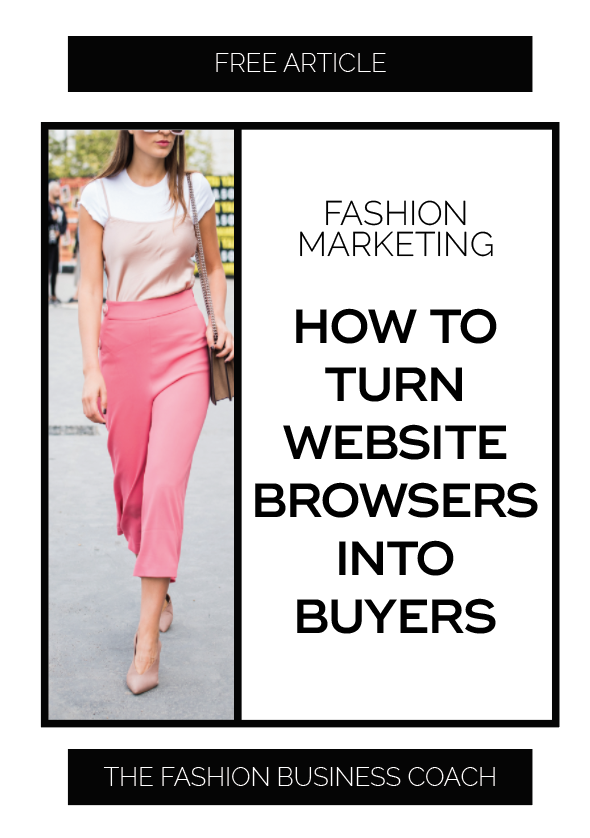













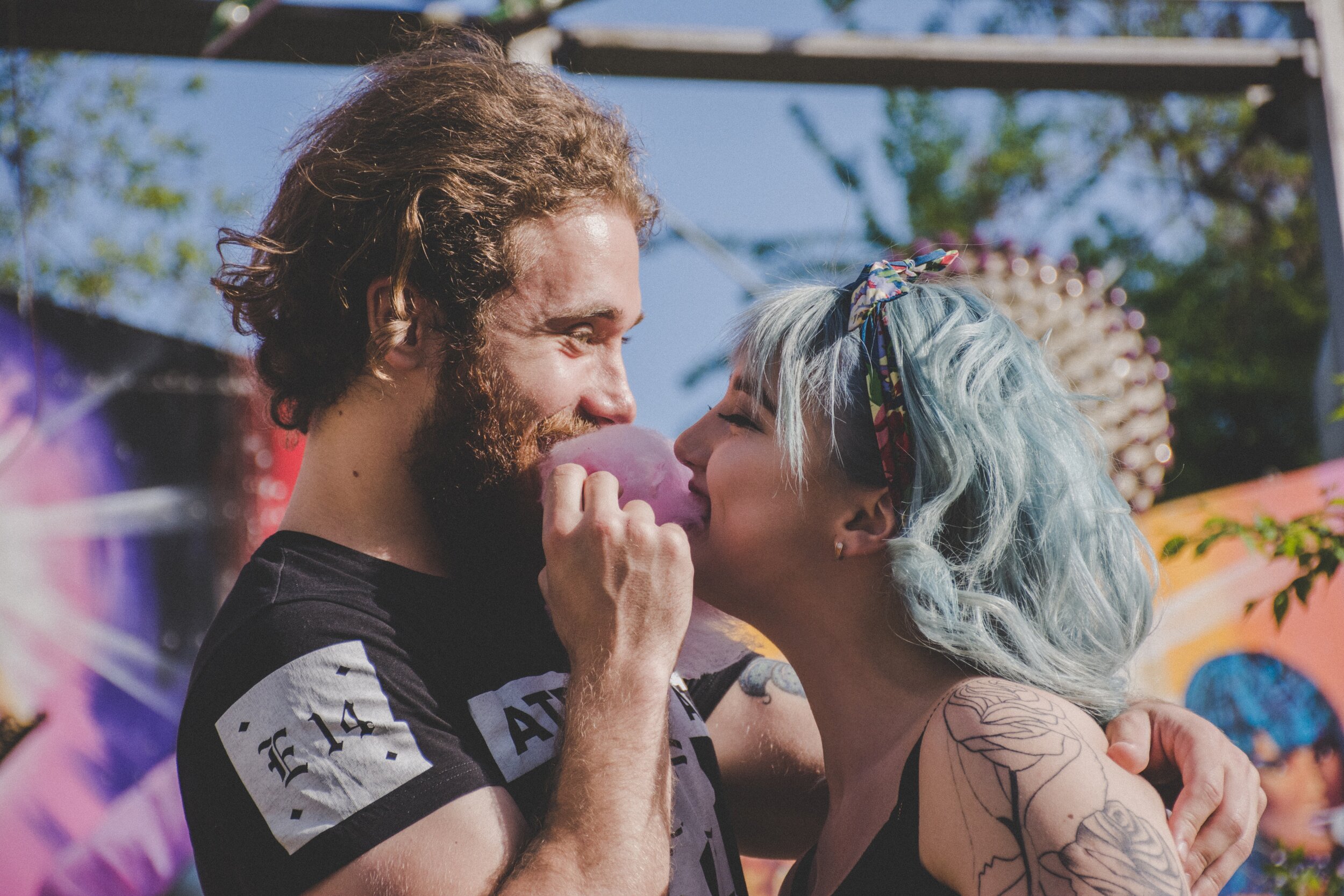














Pickleball outfit inspiration……